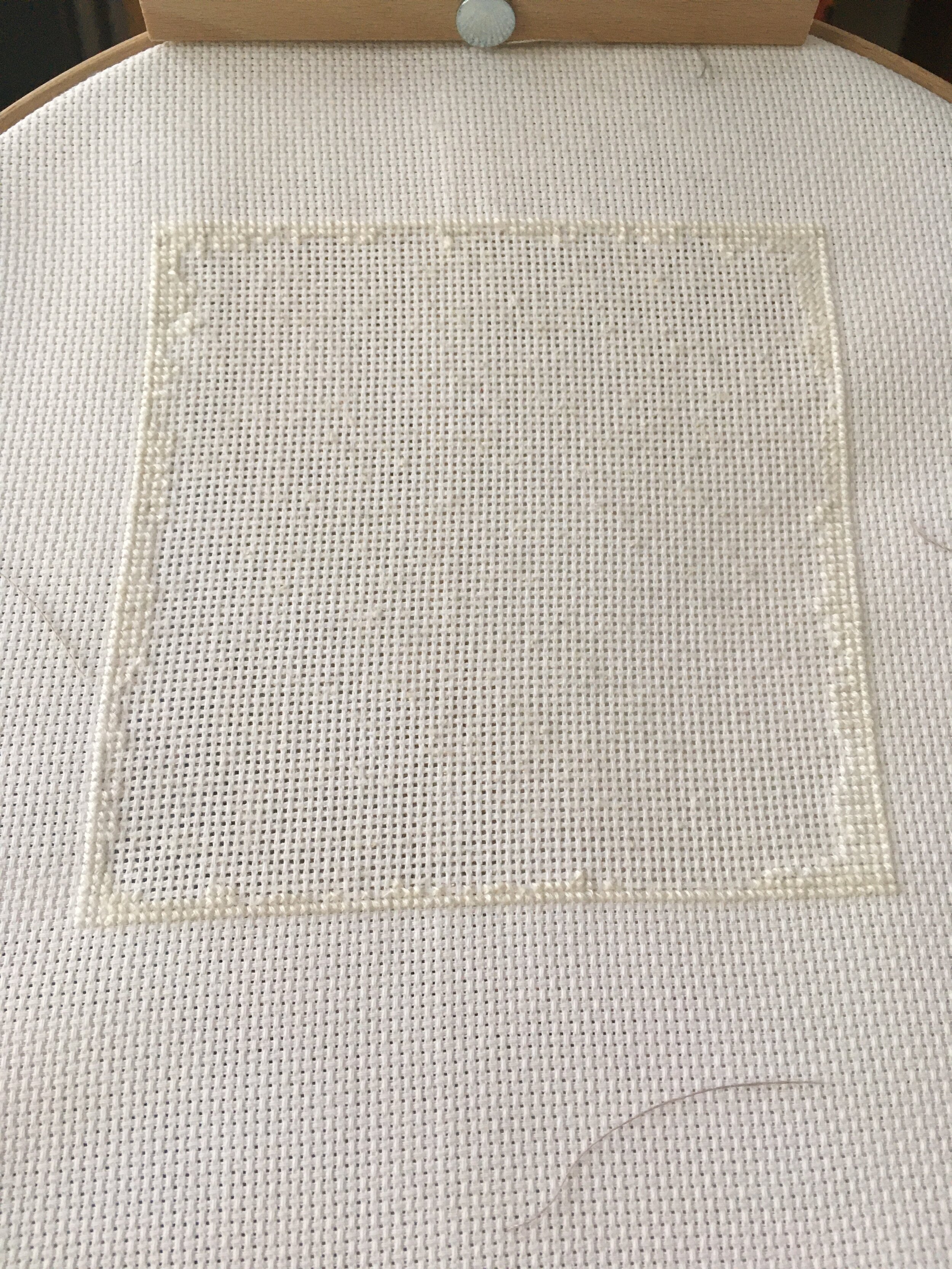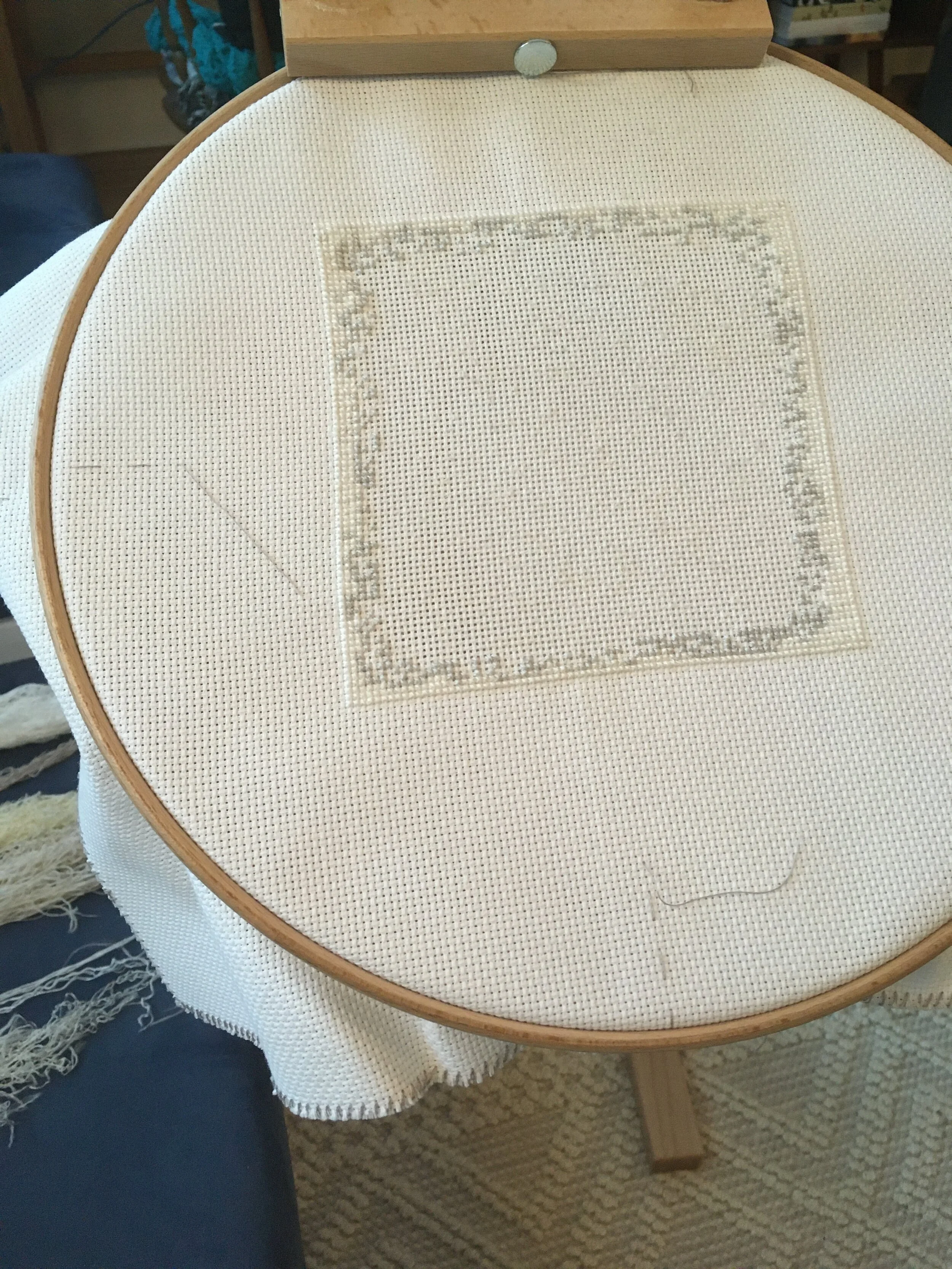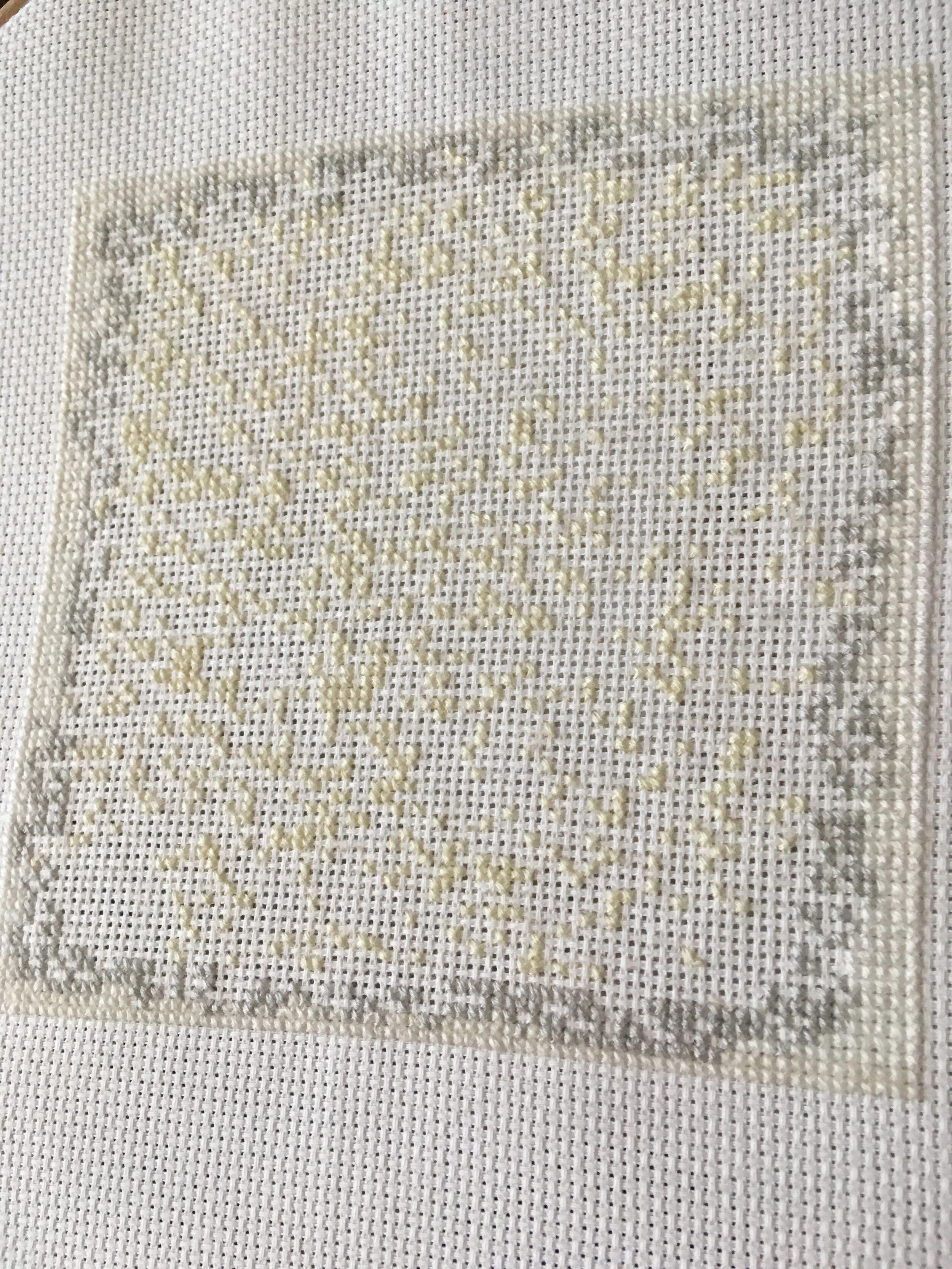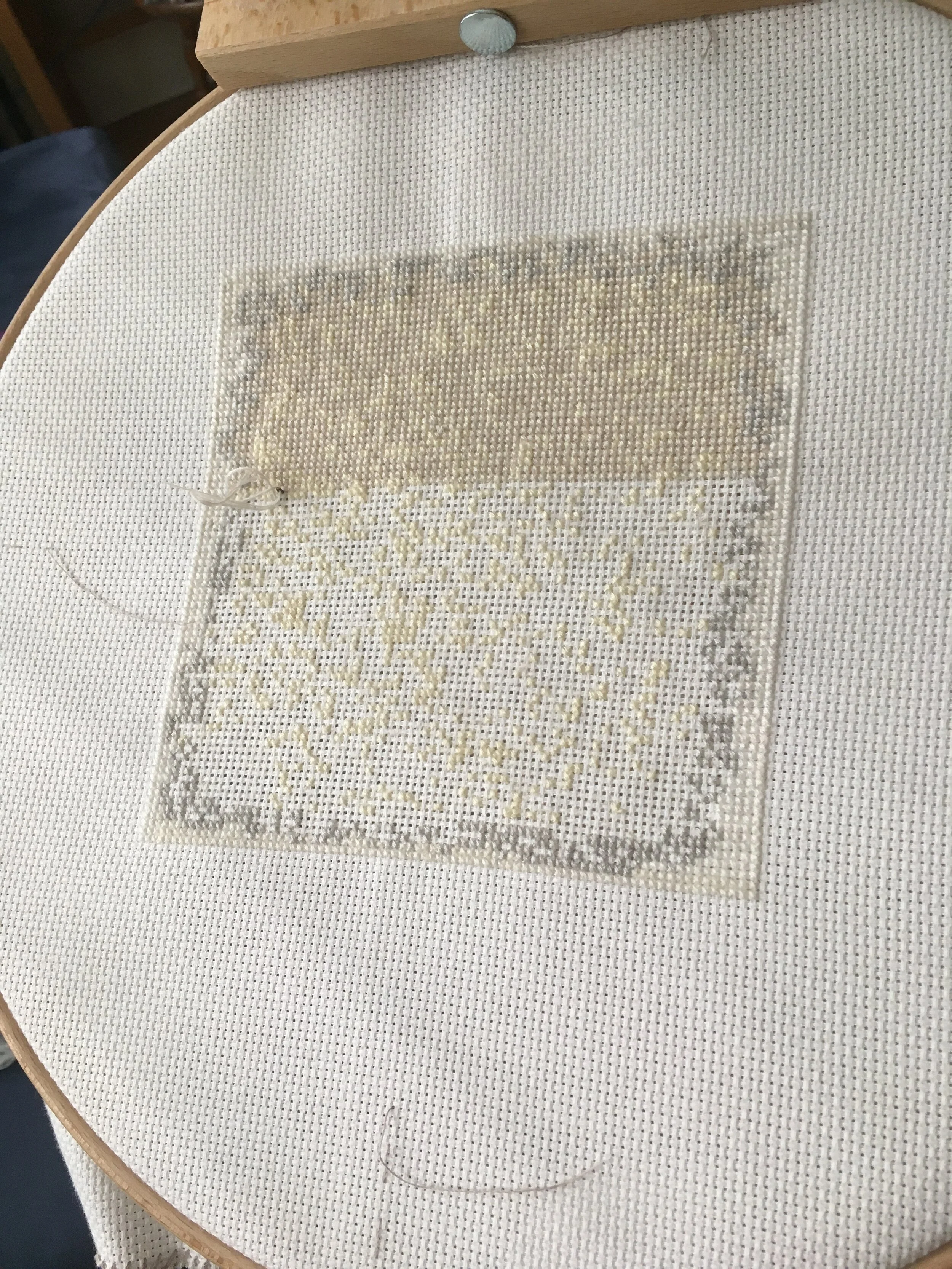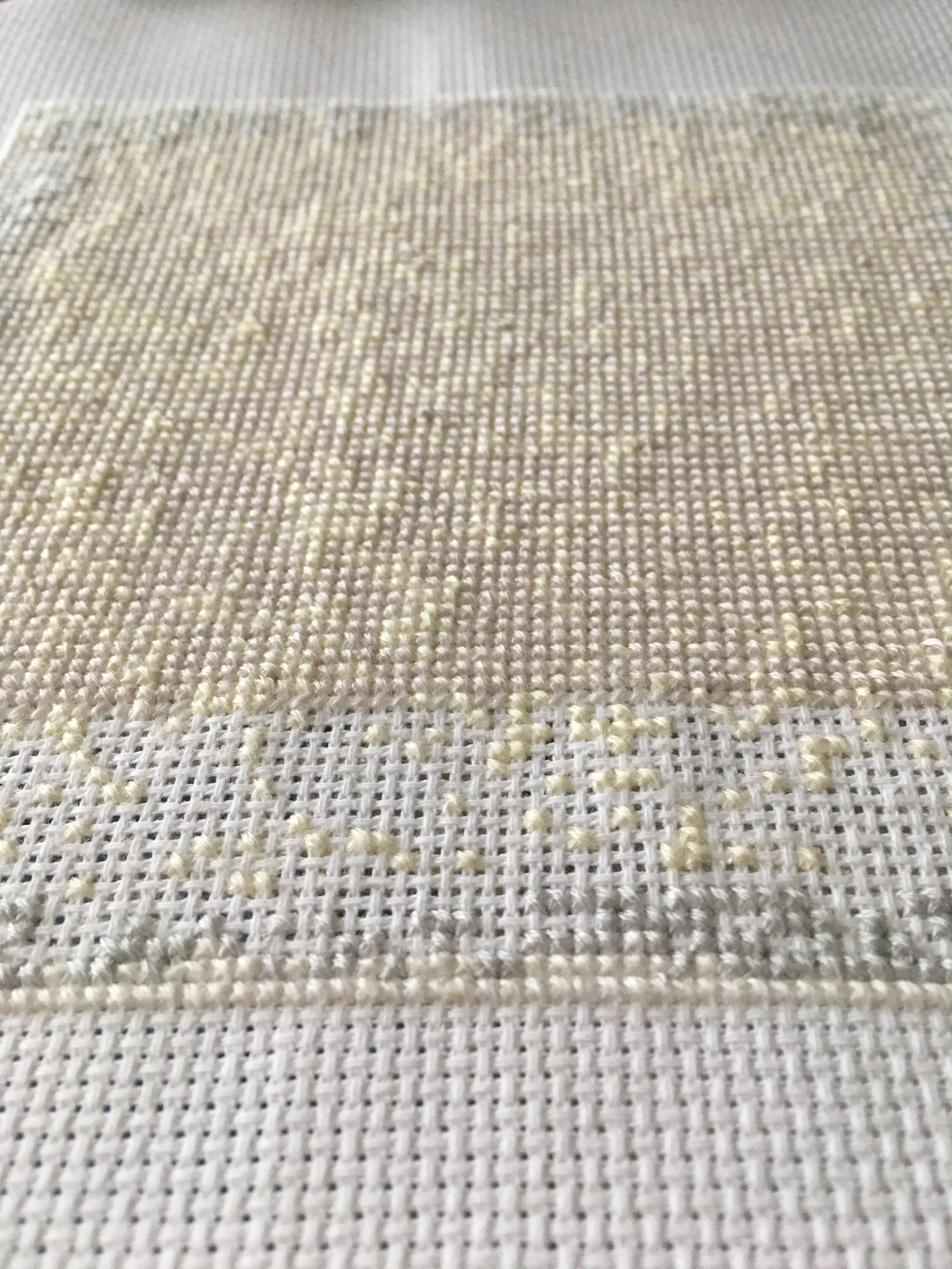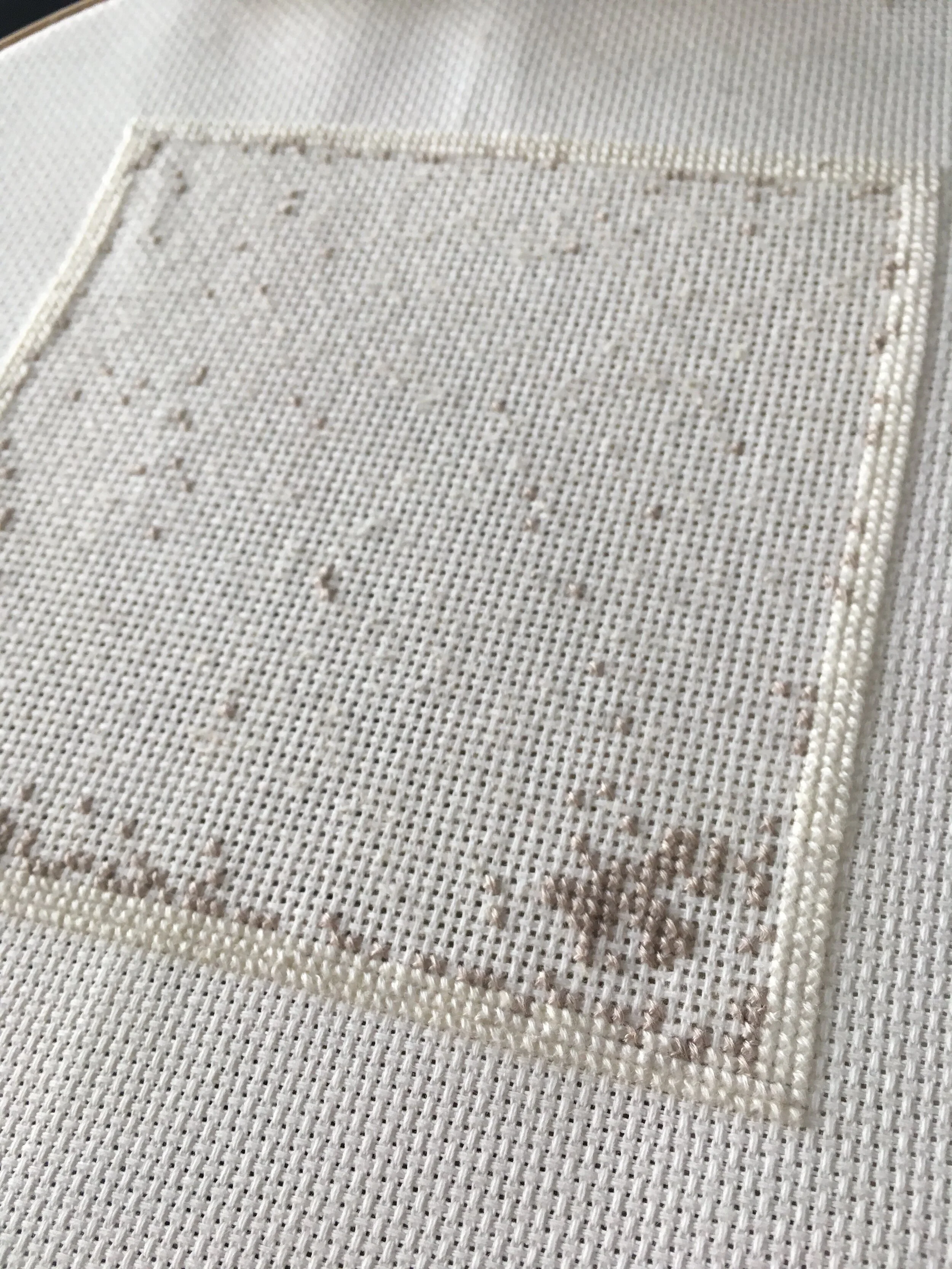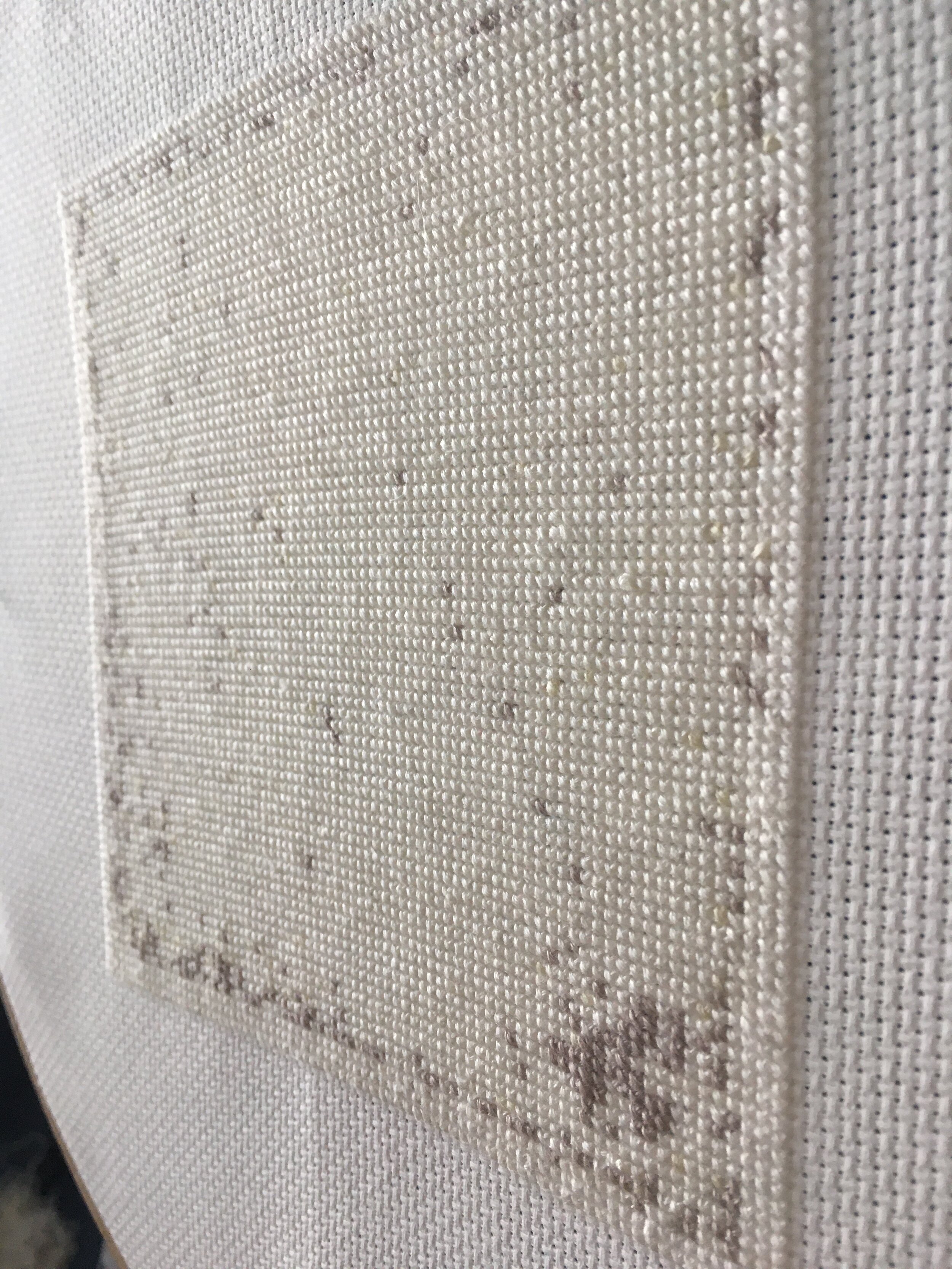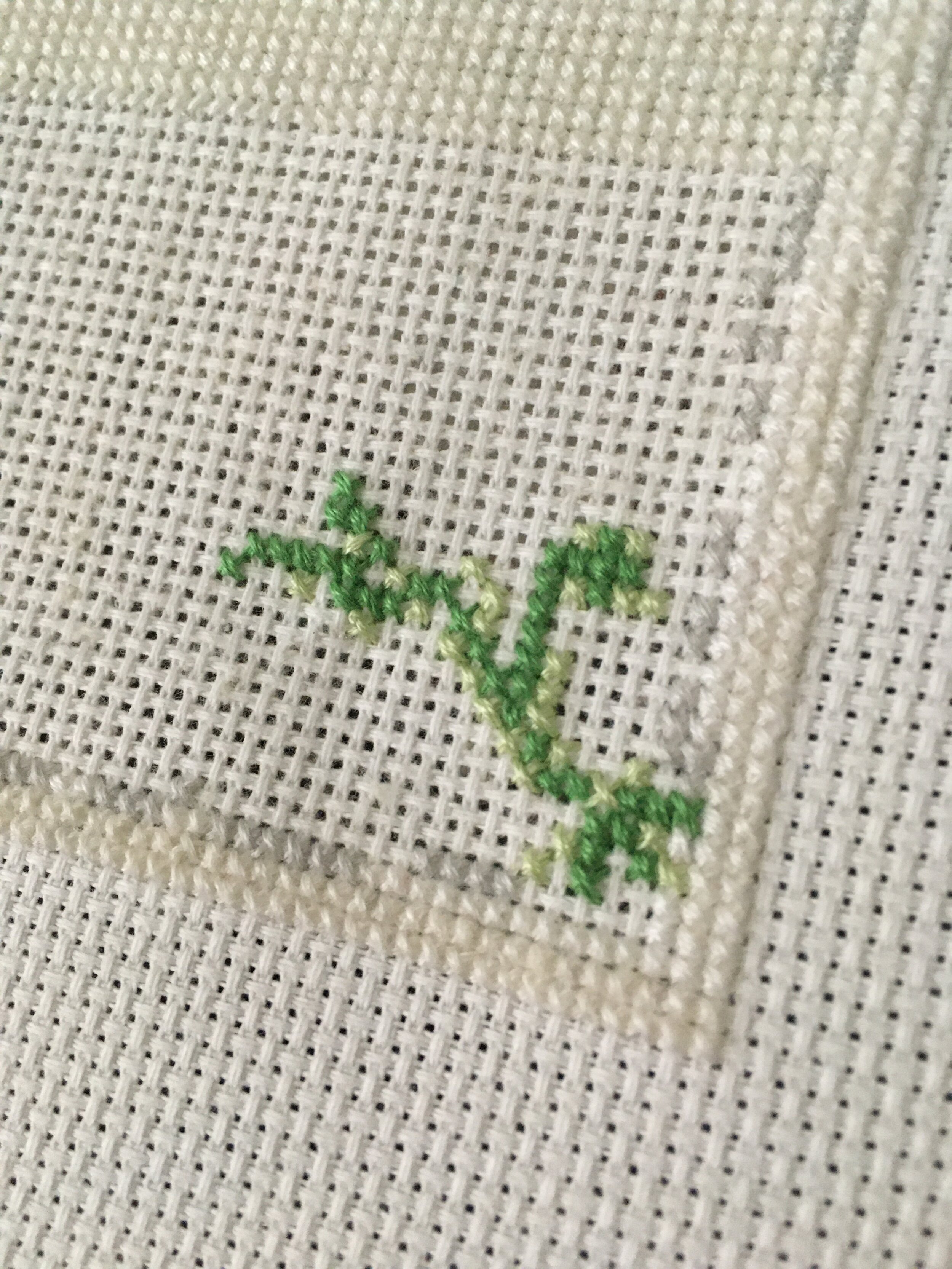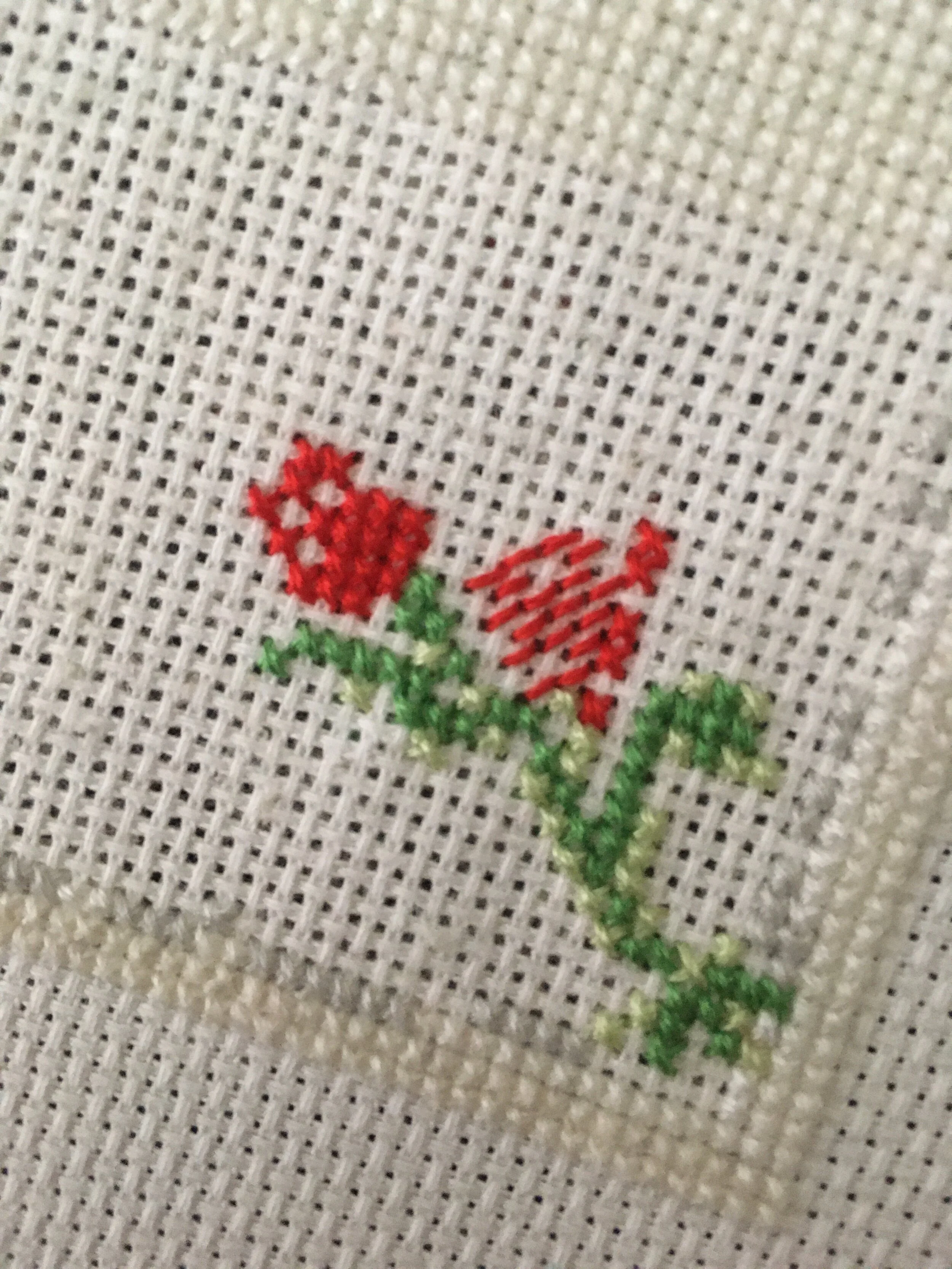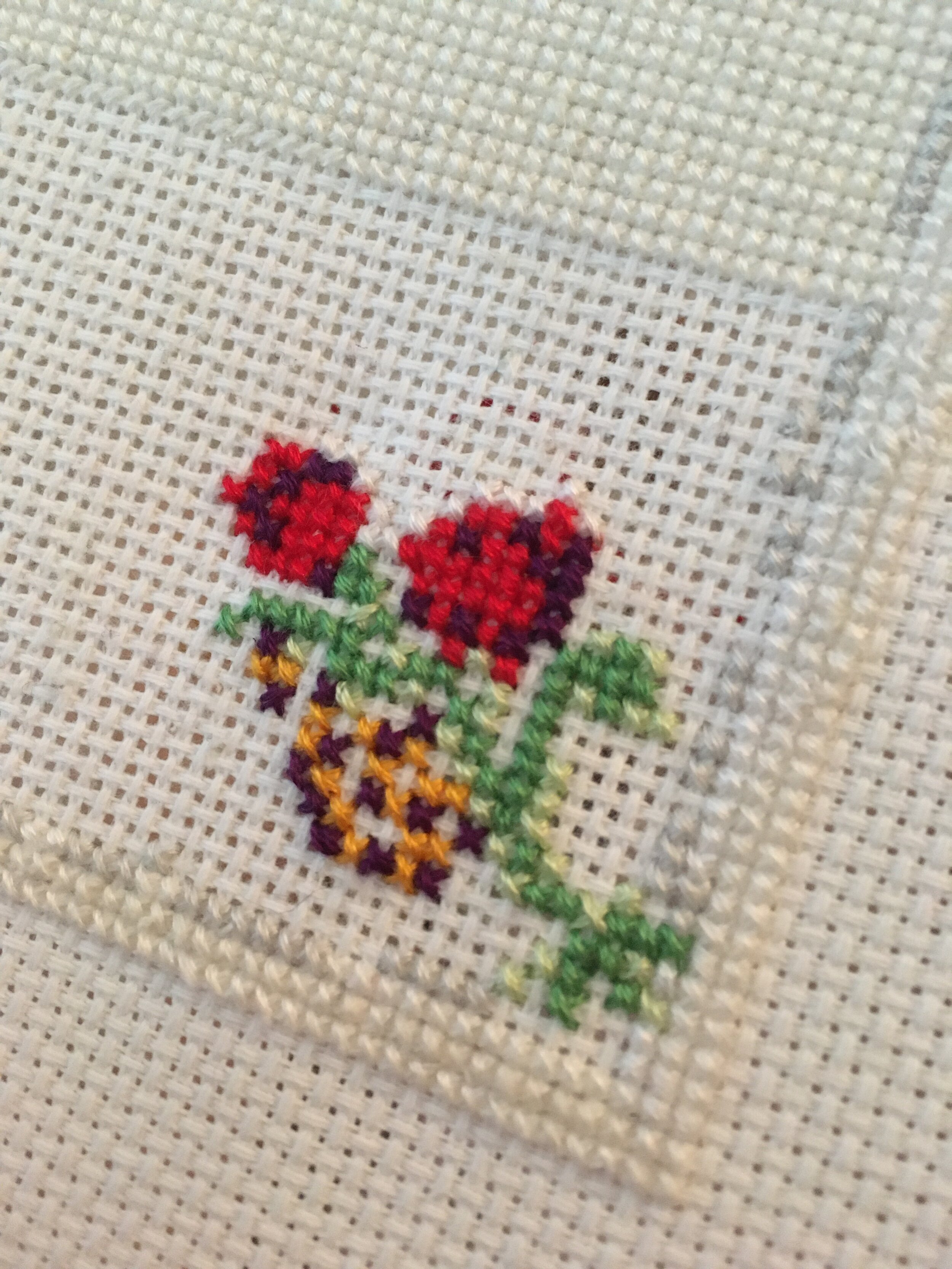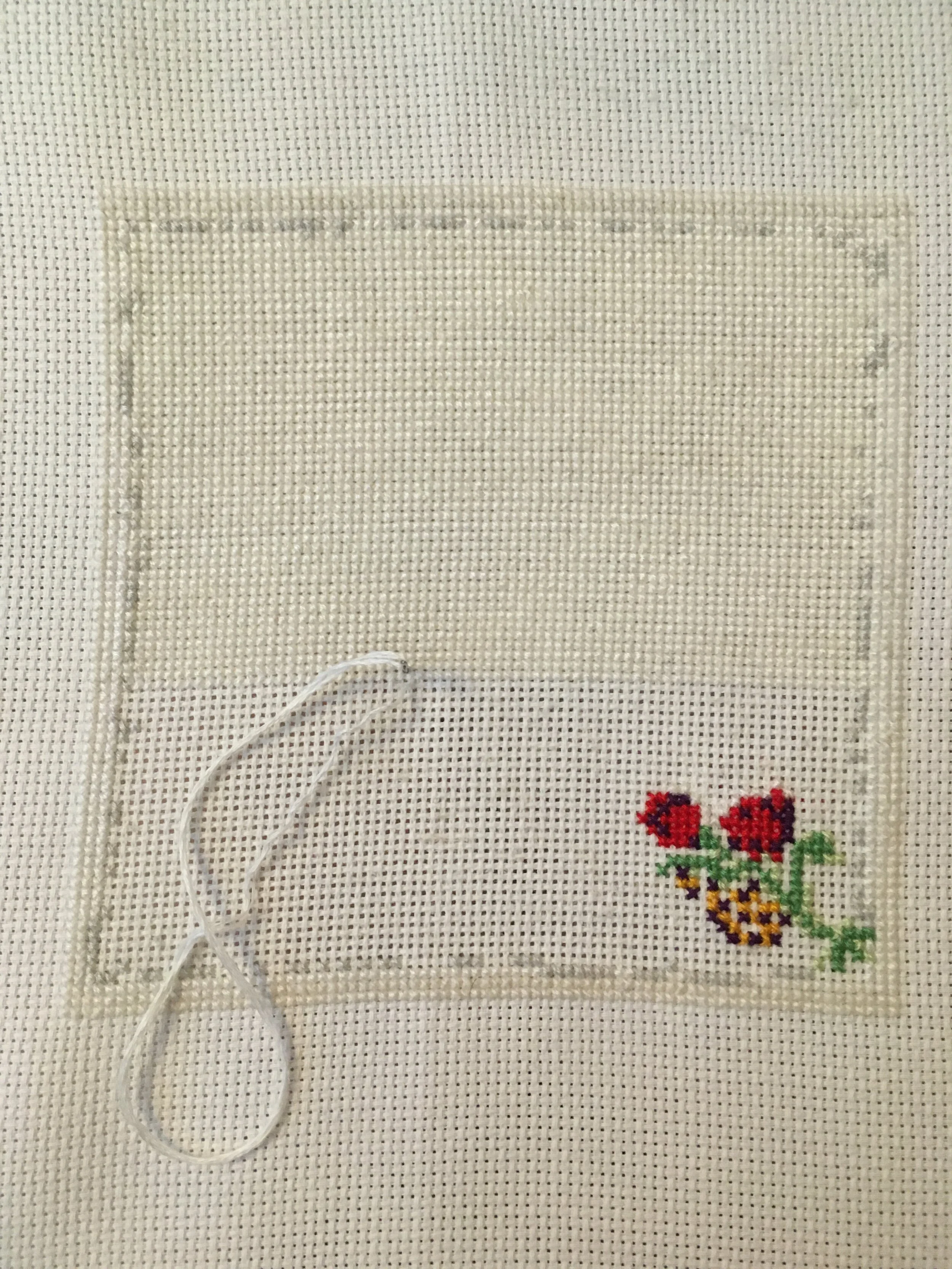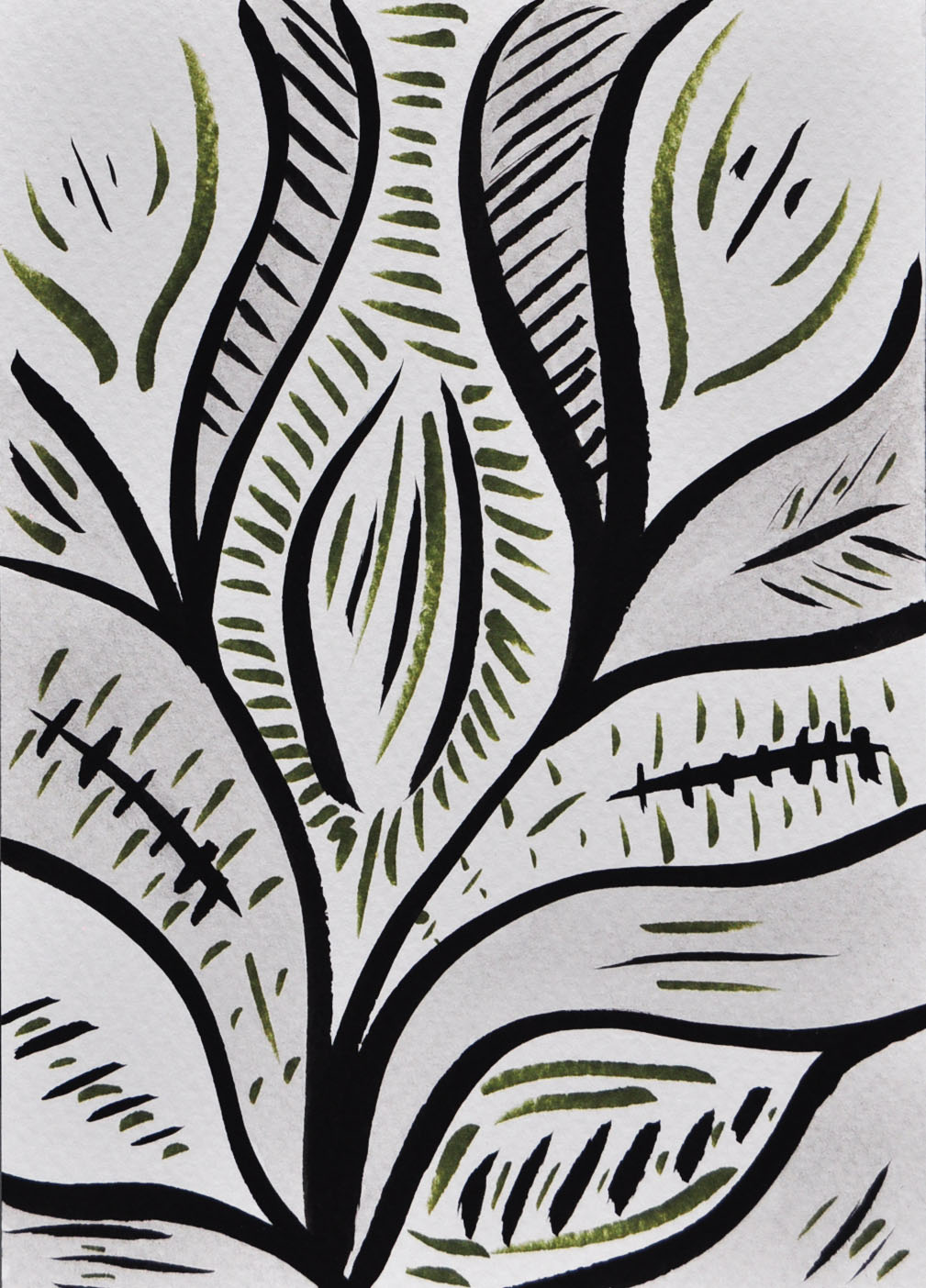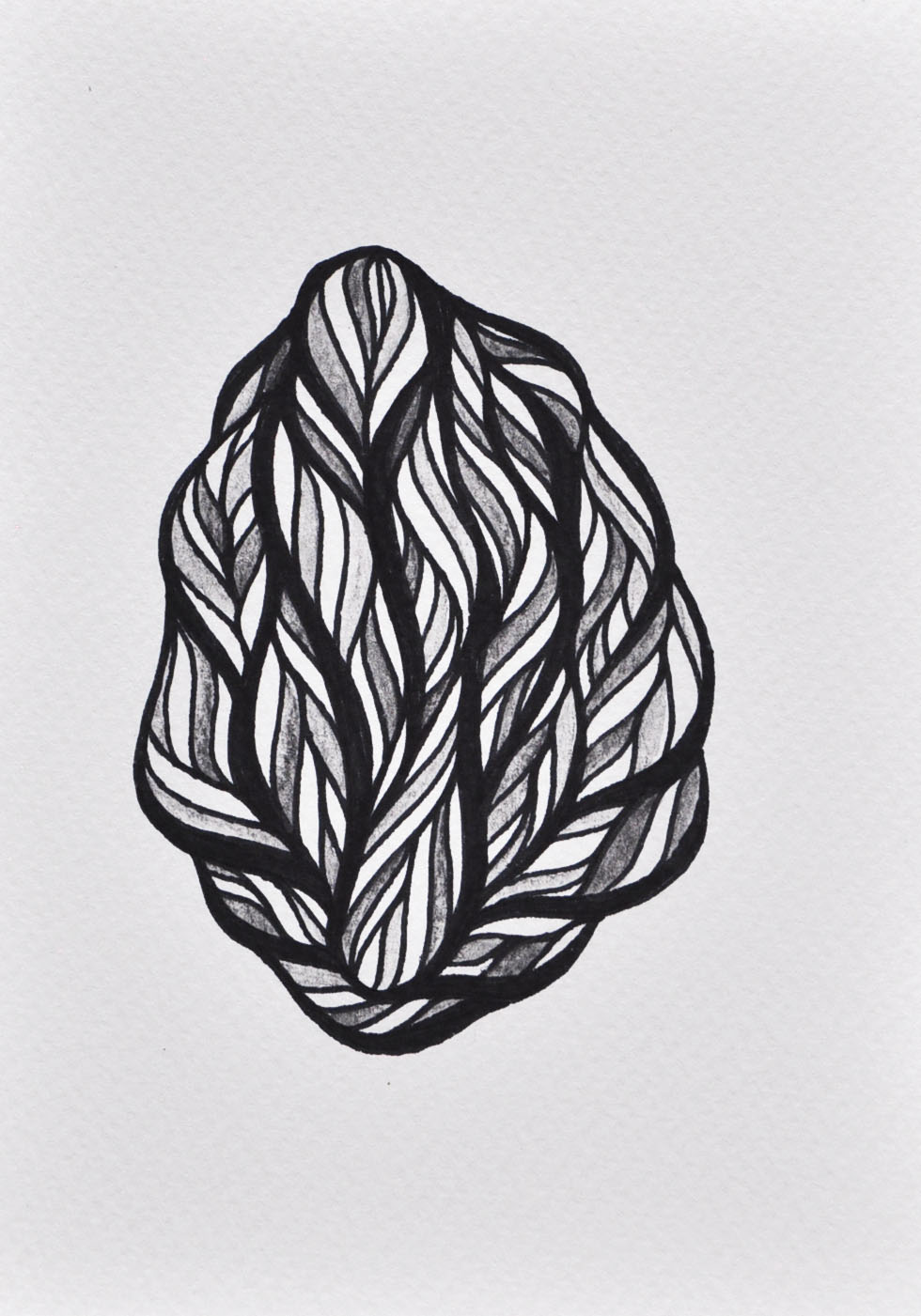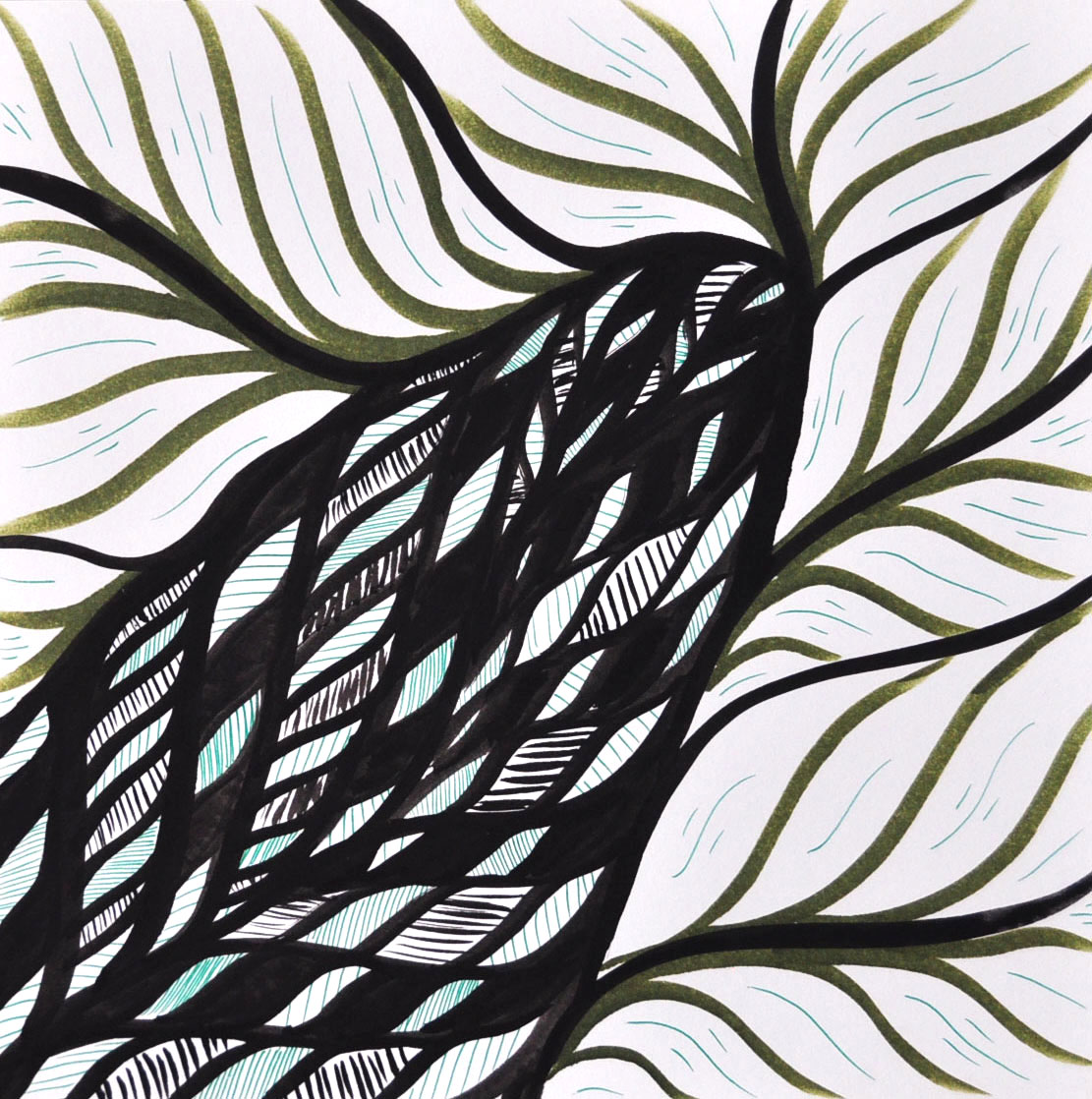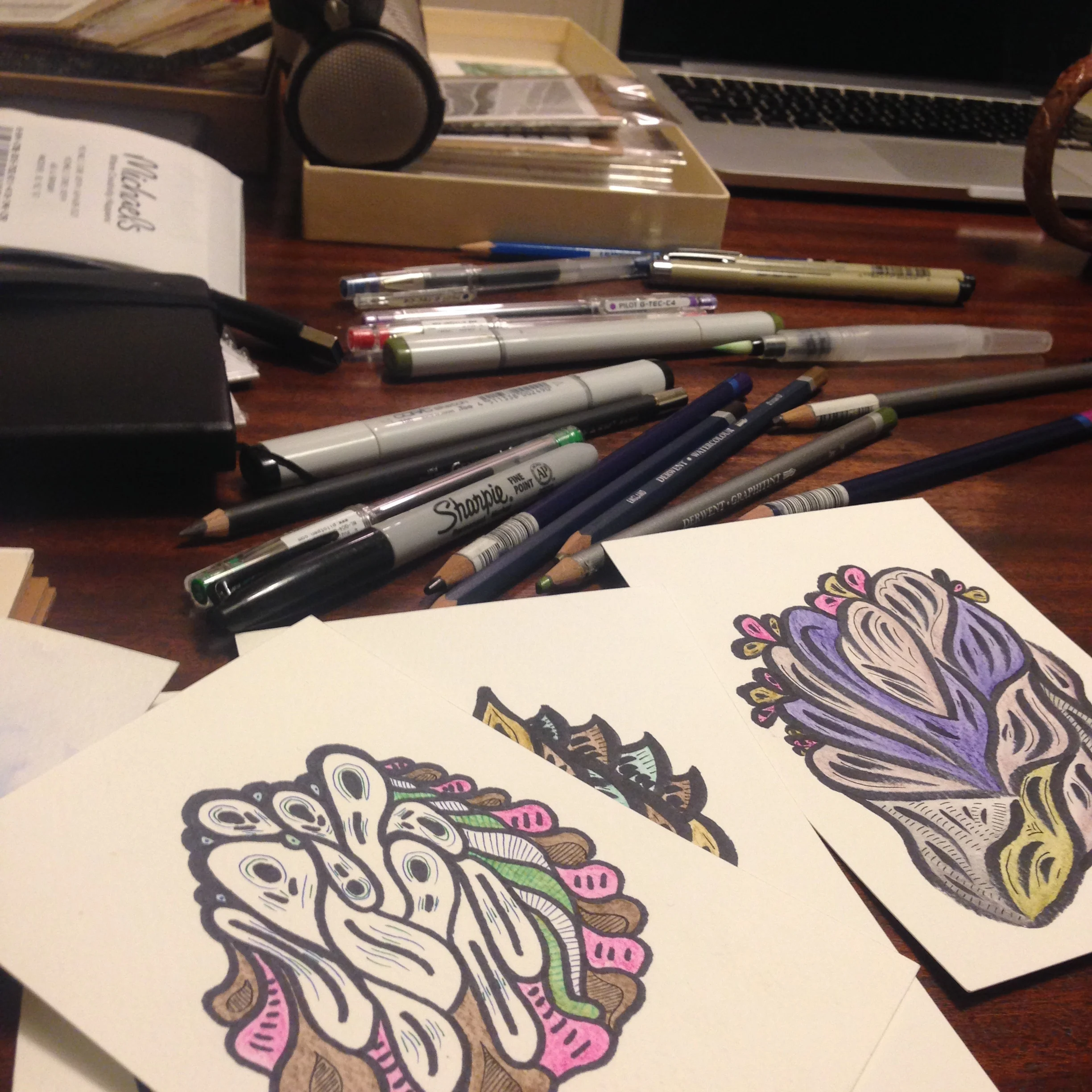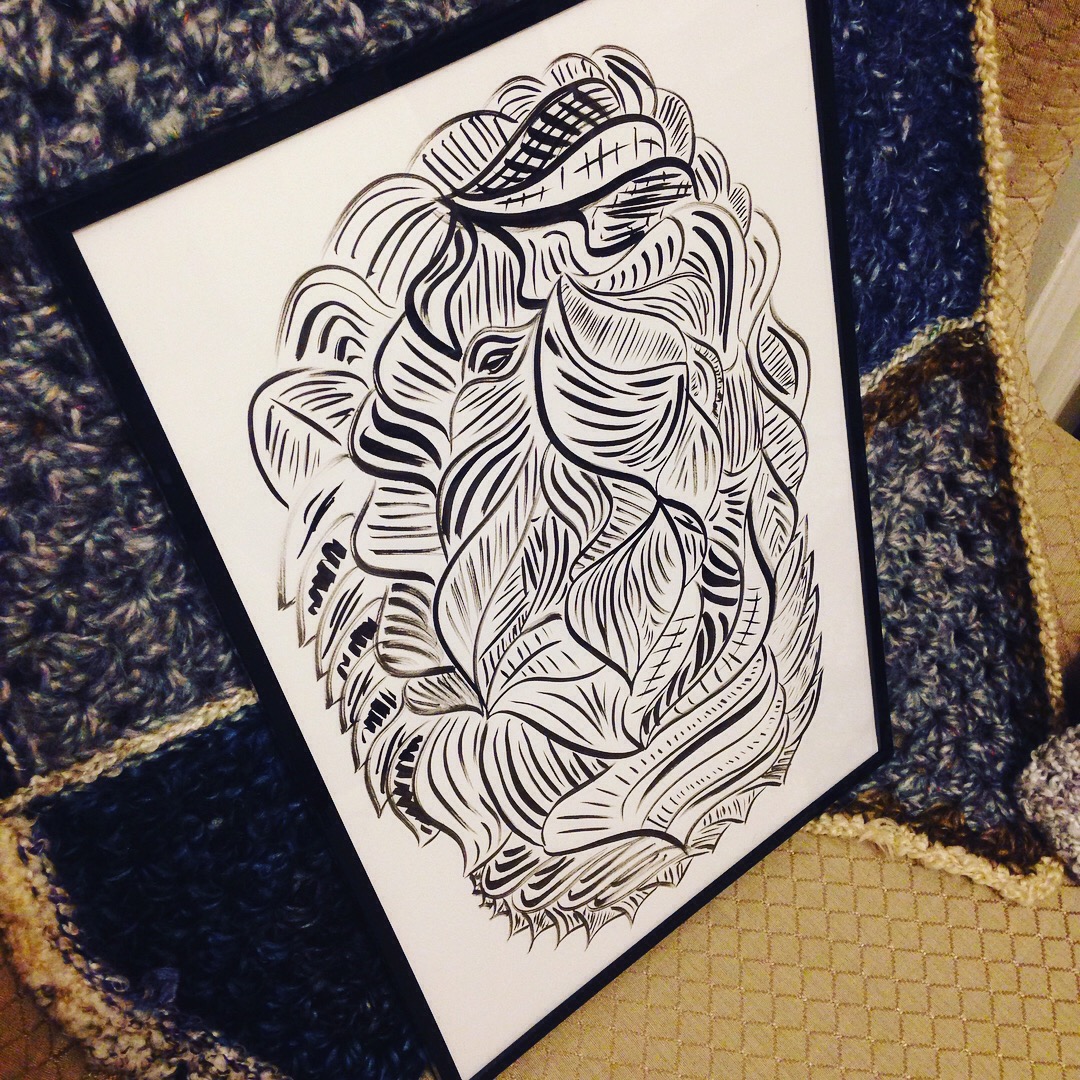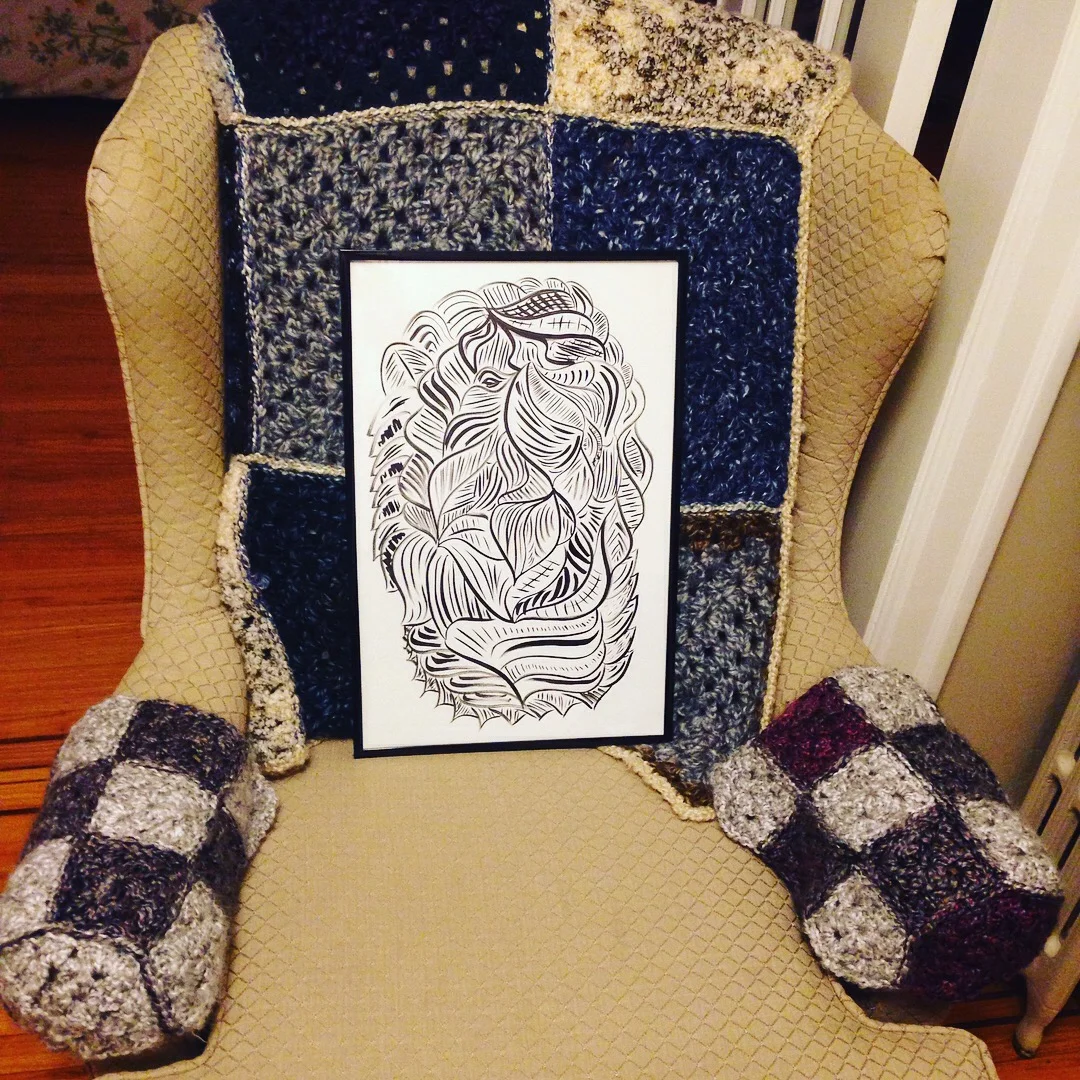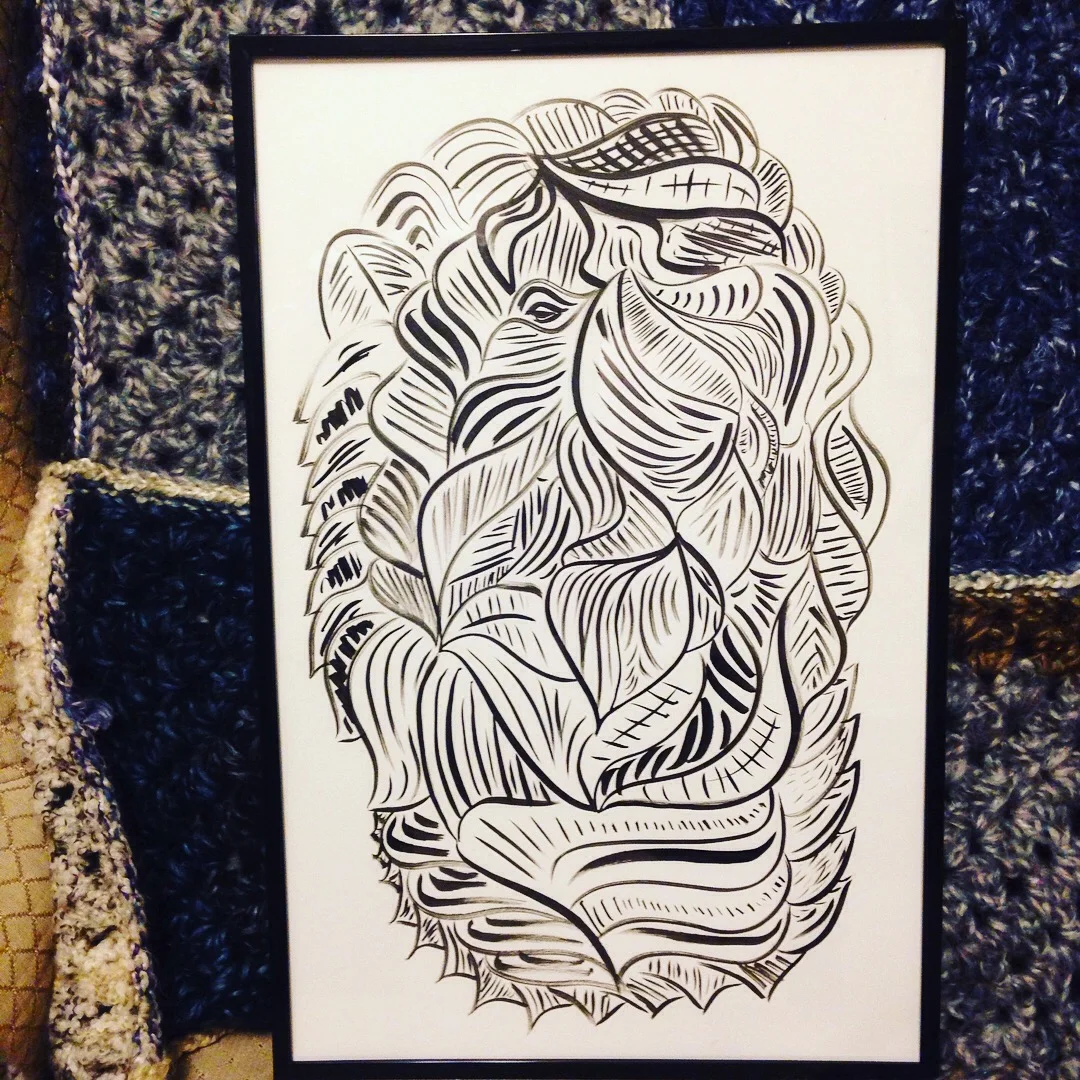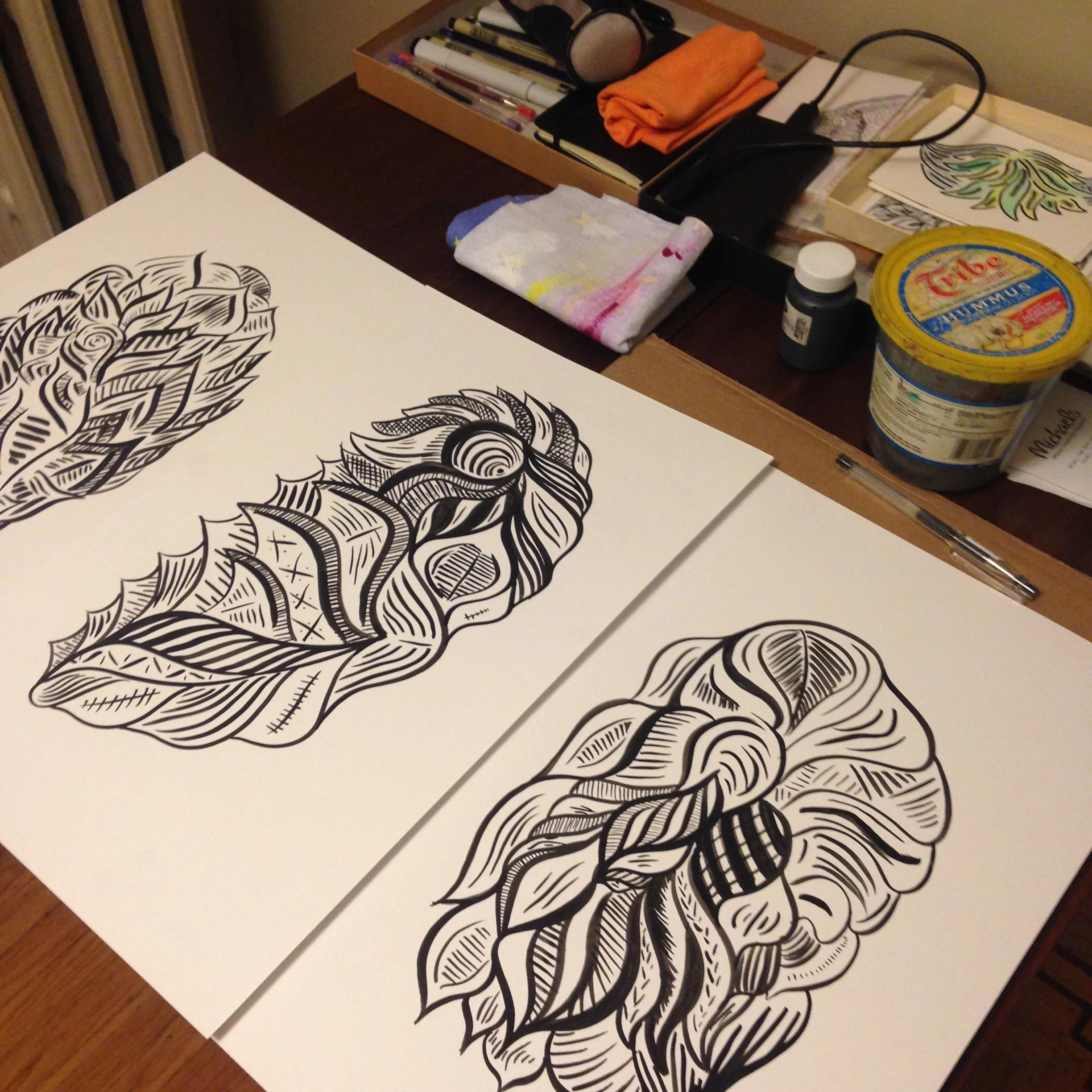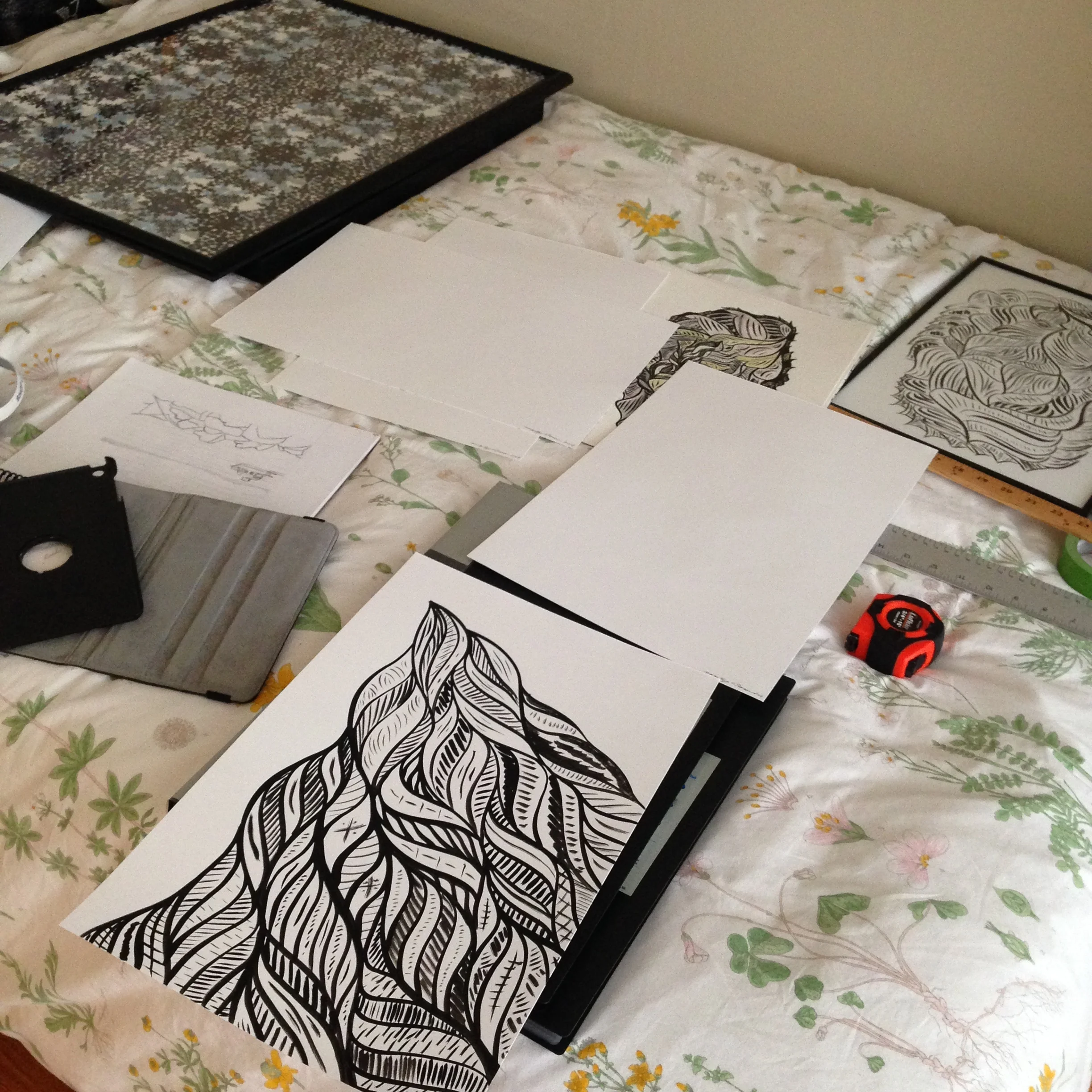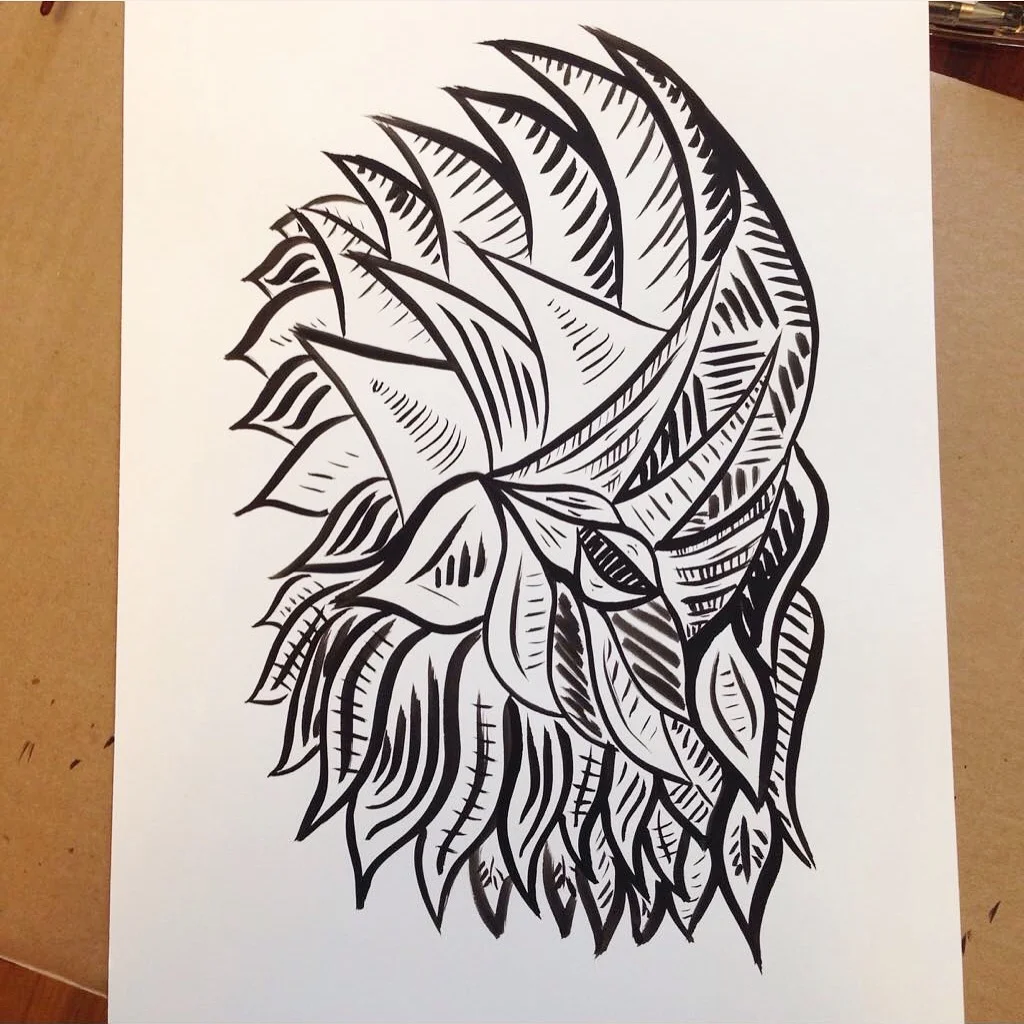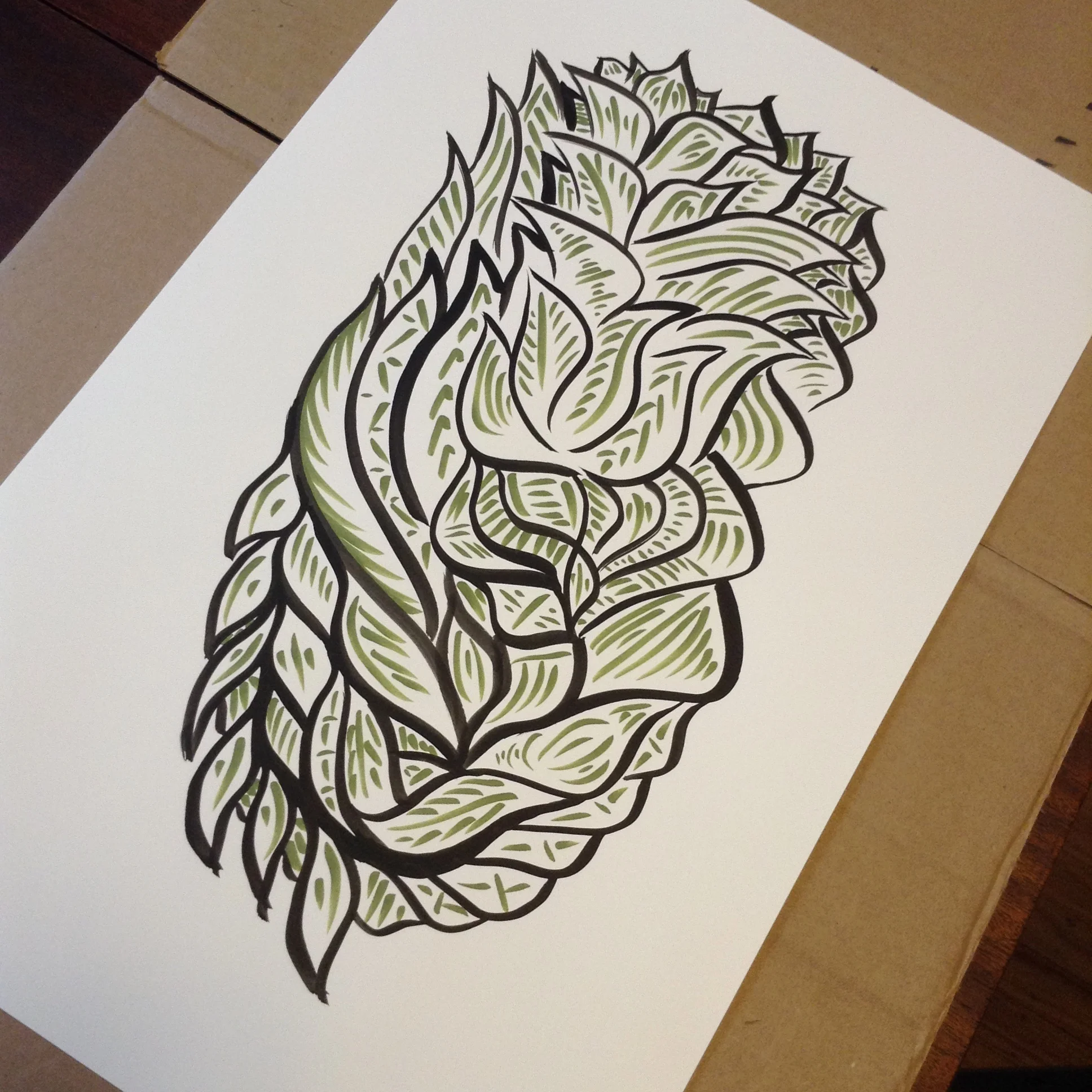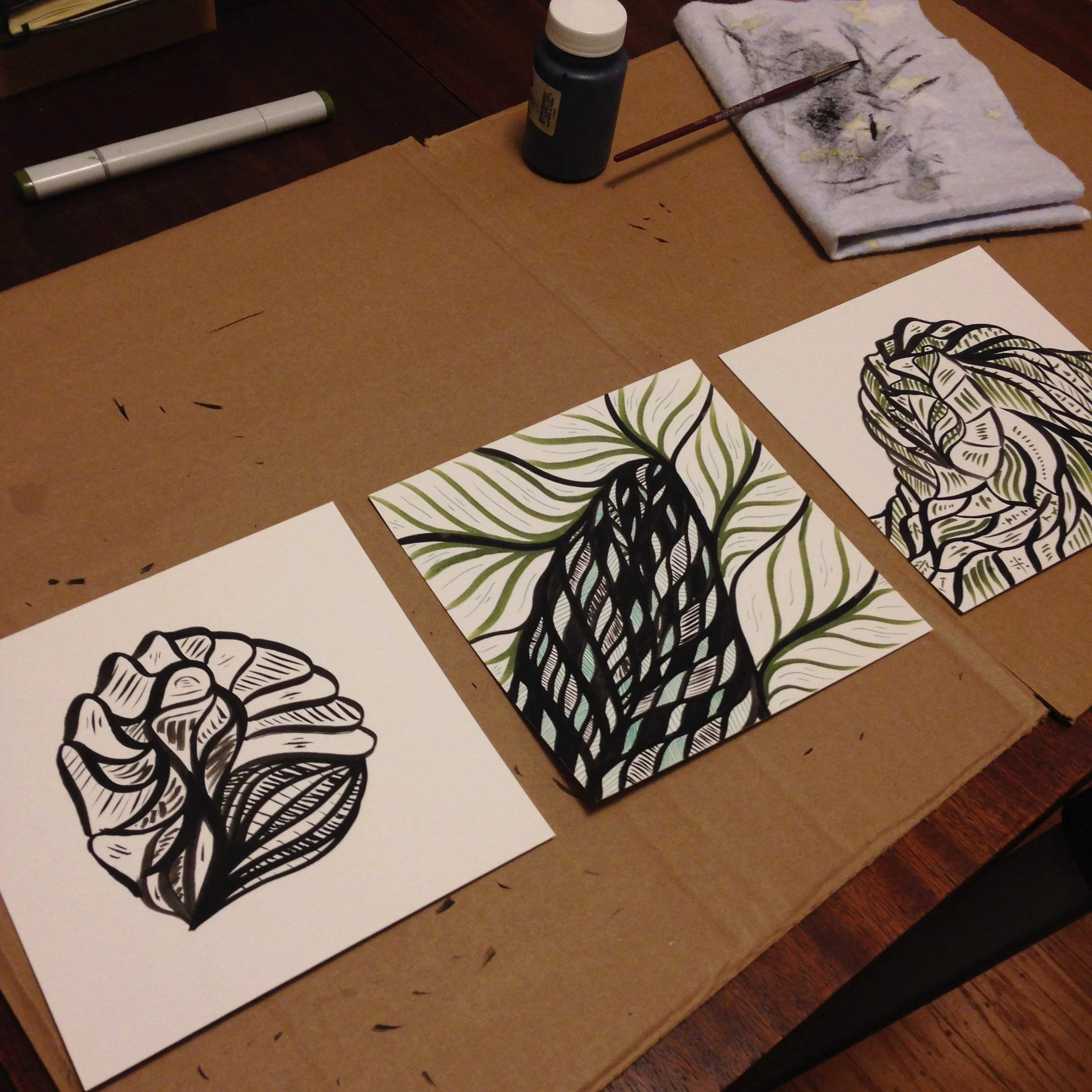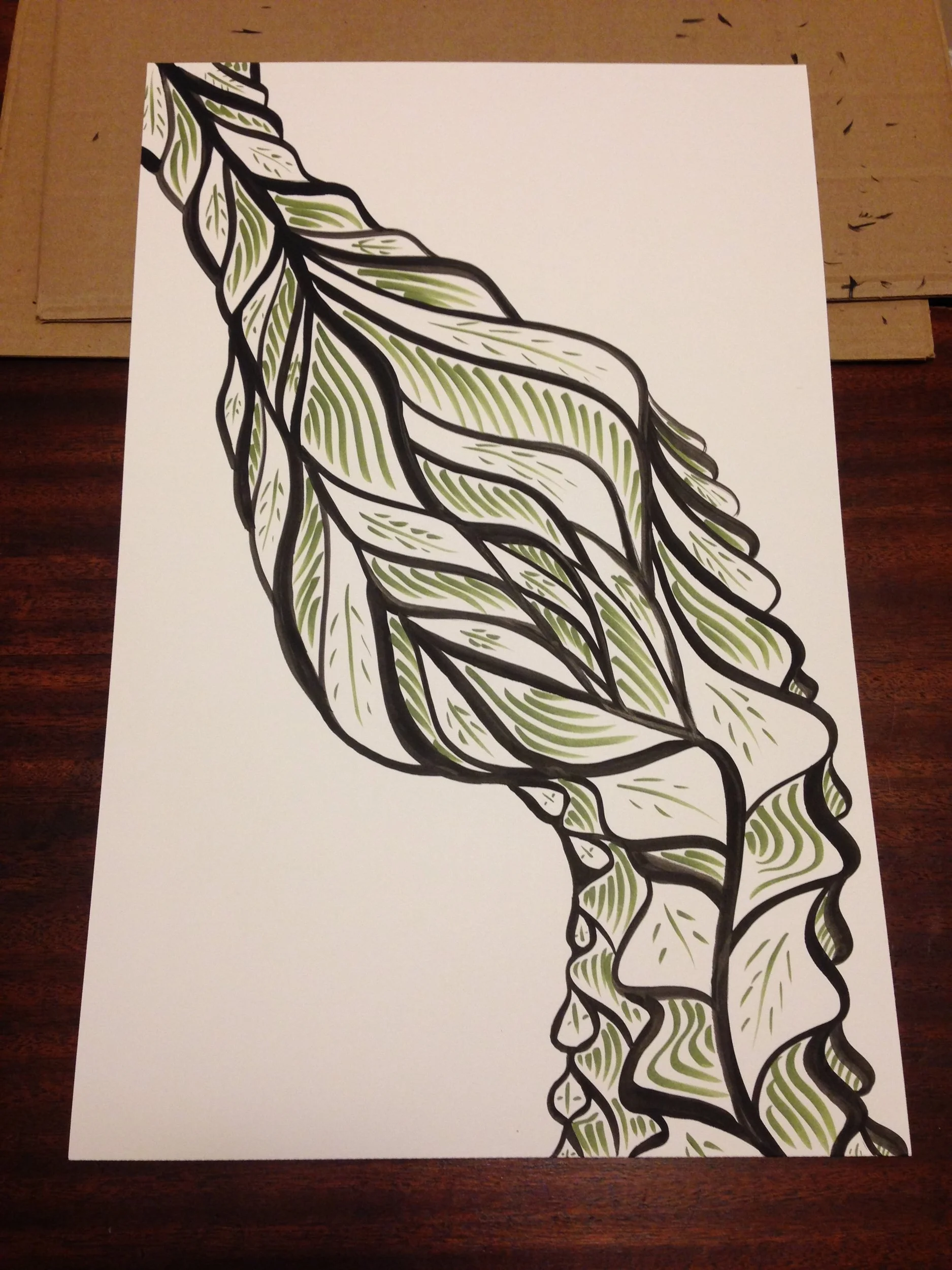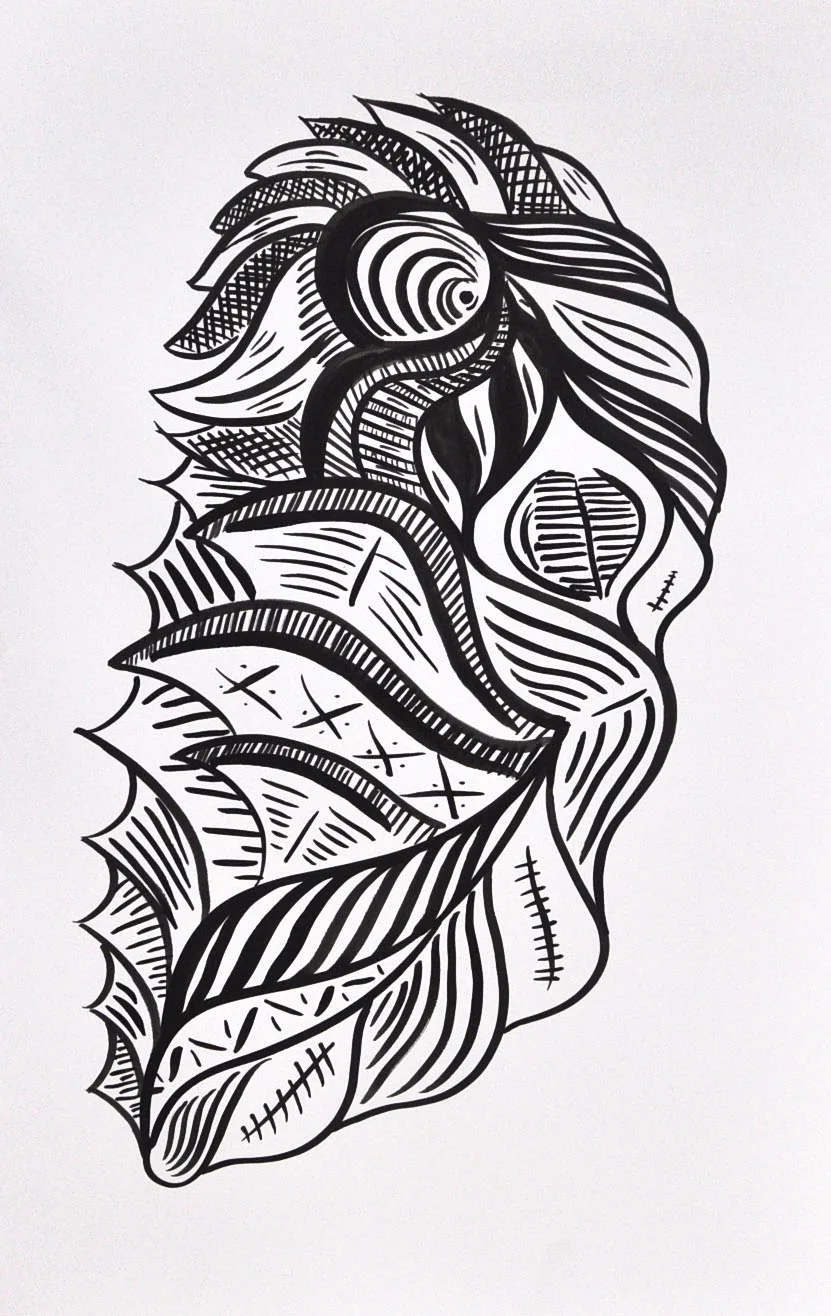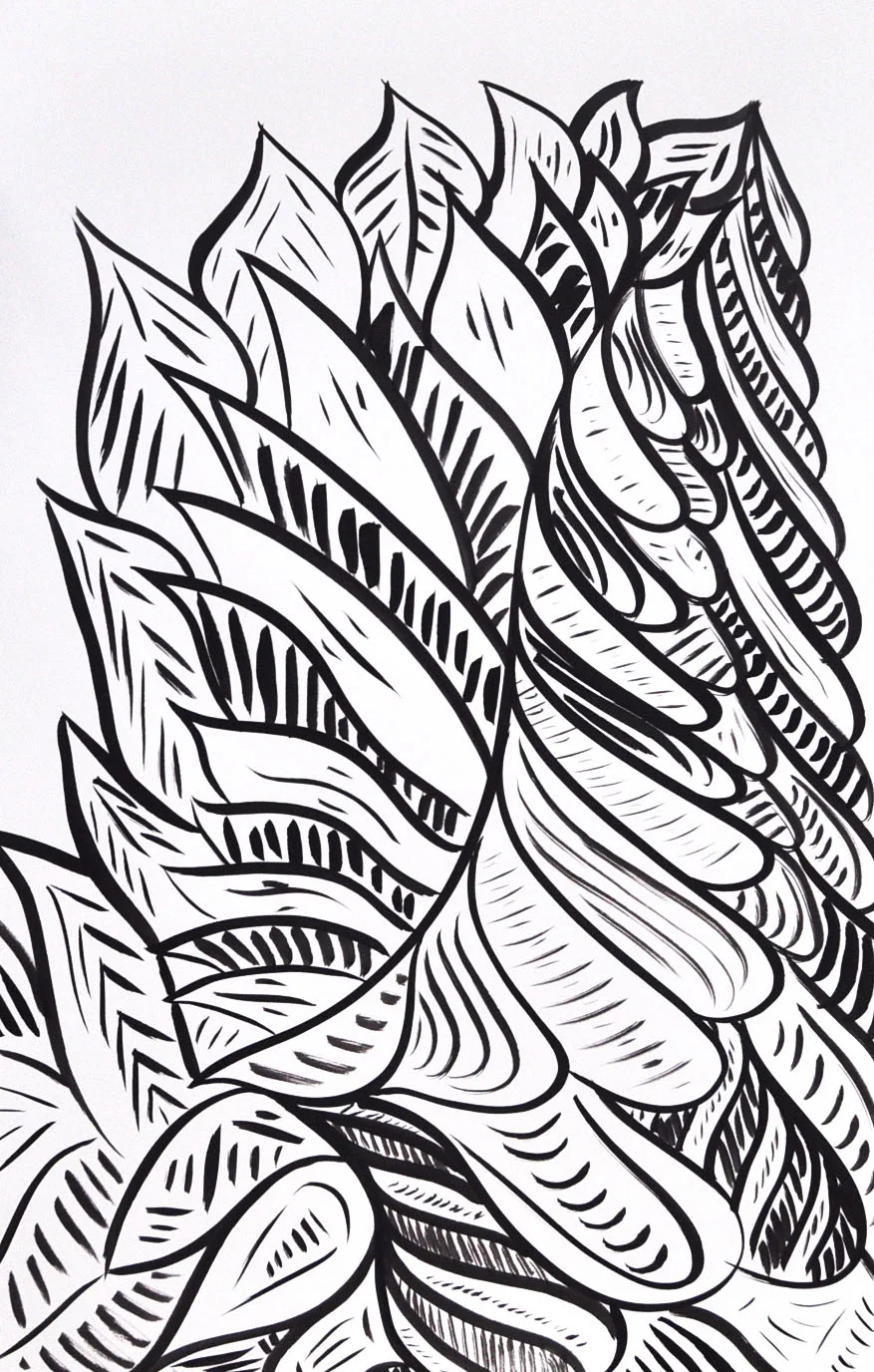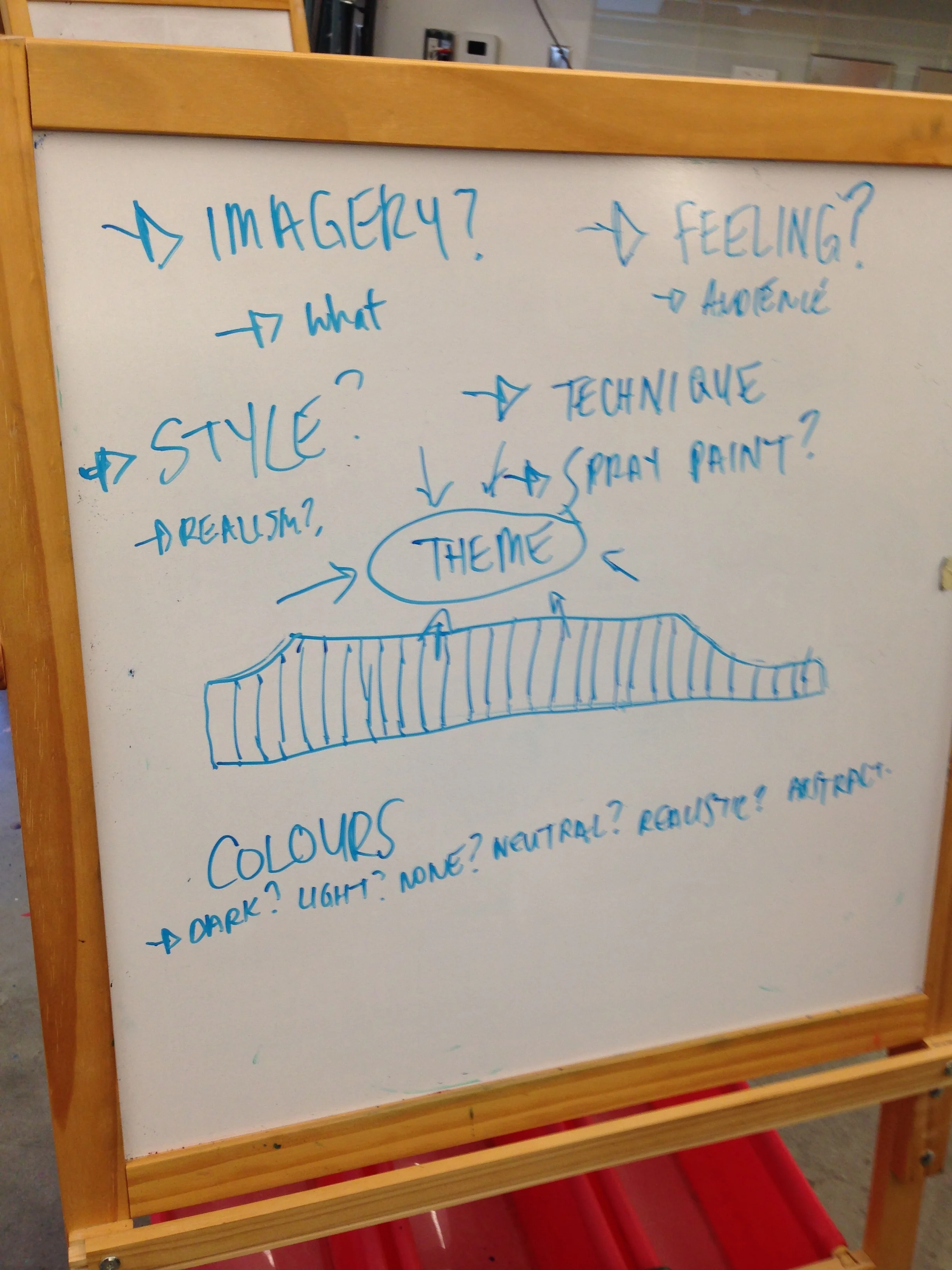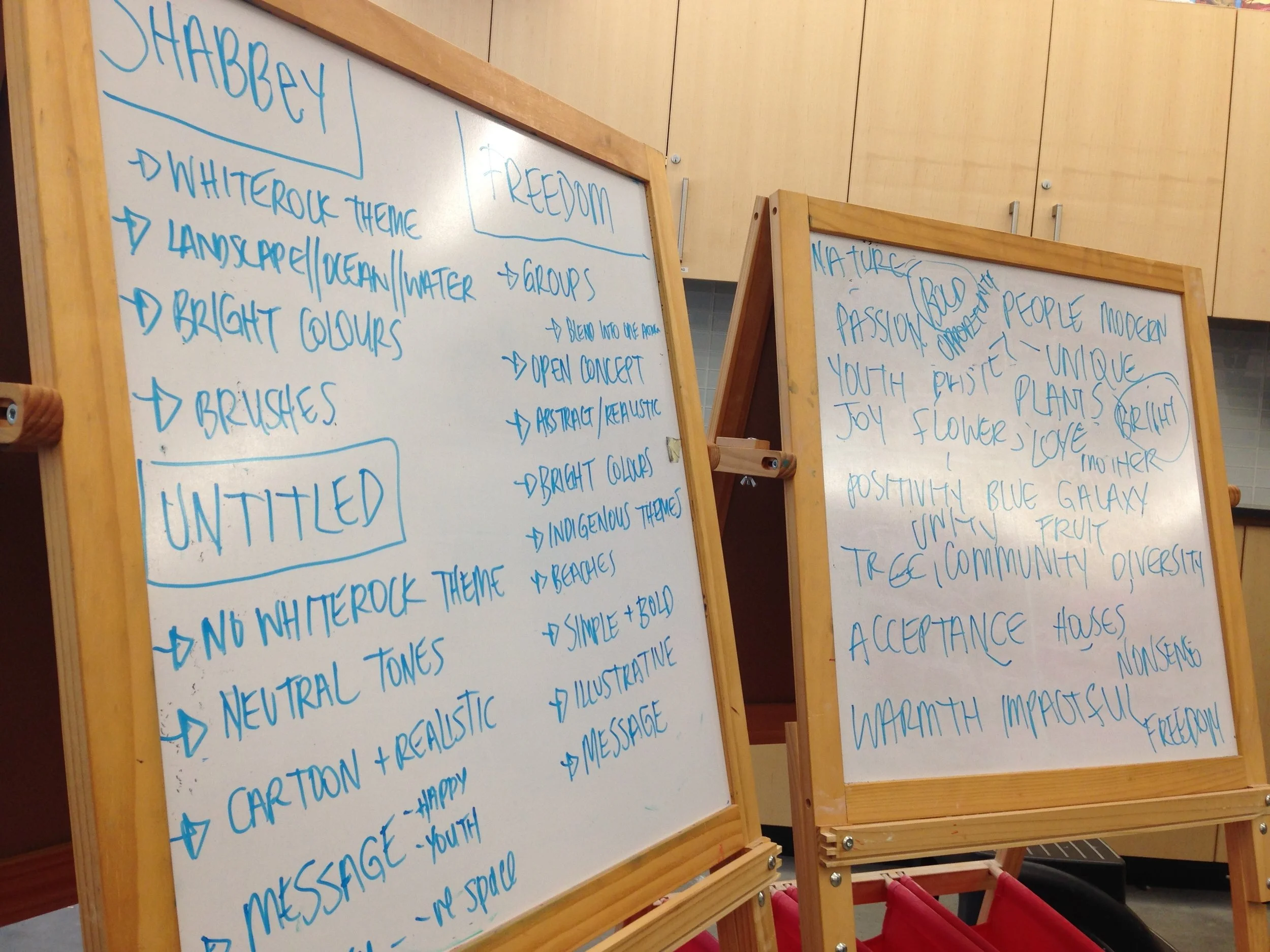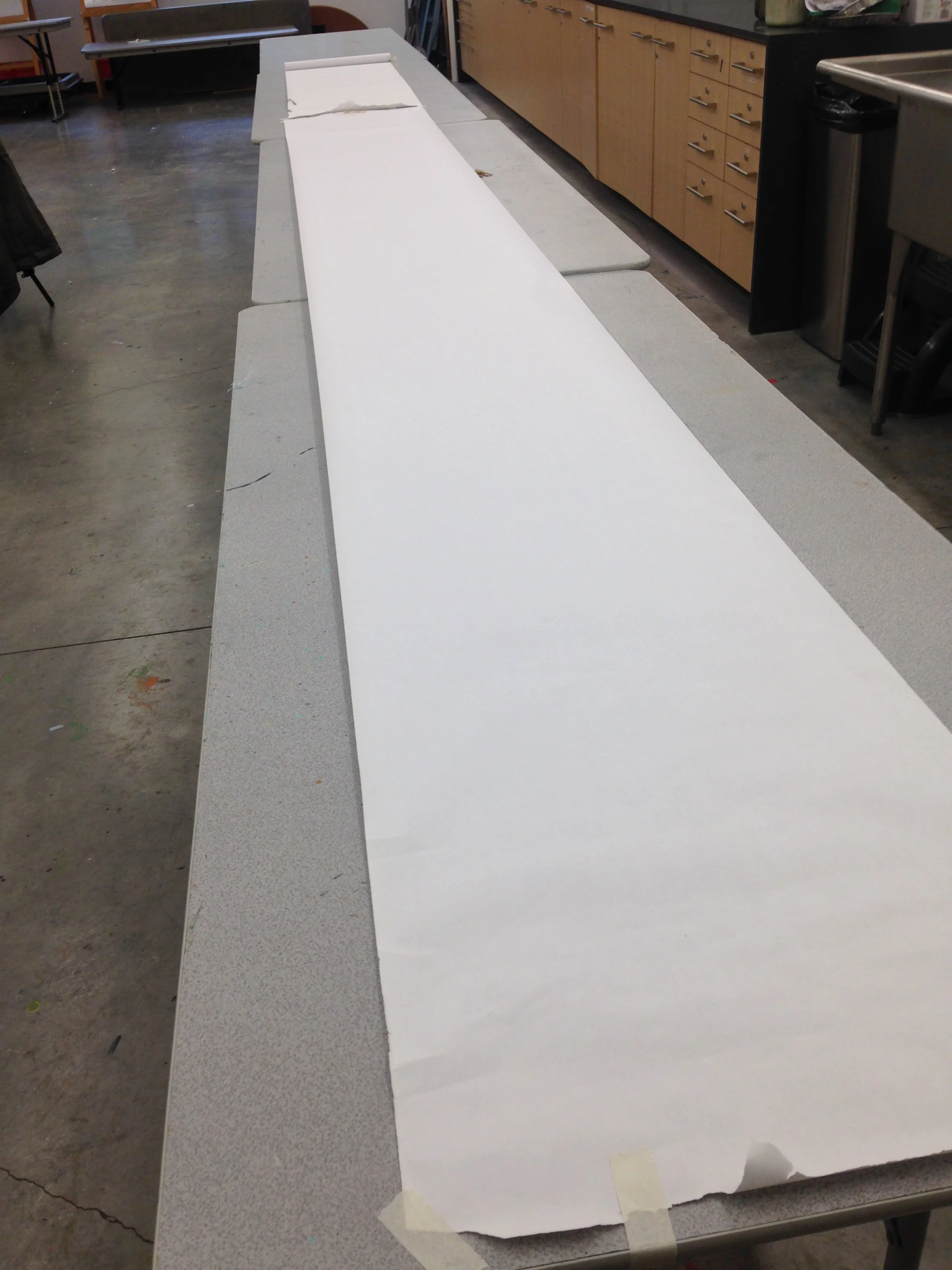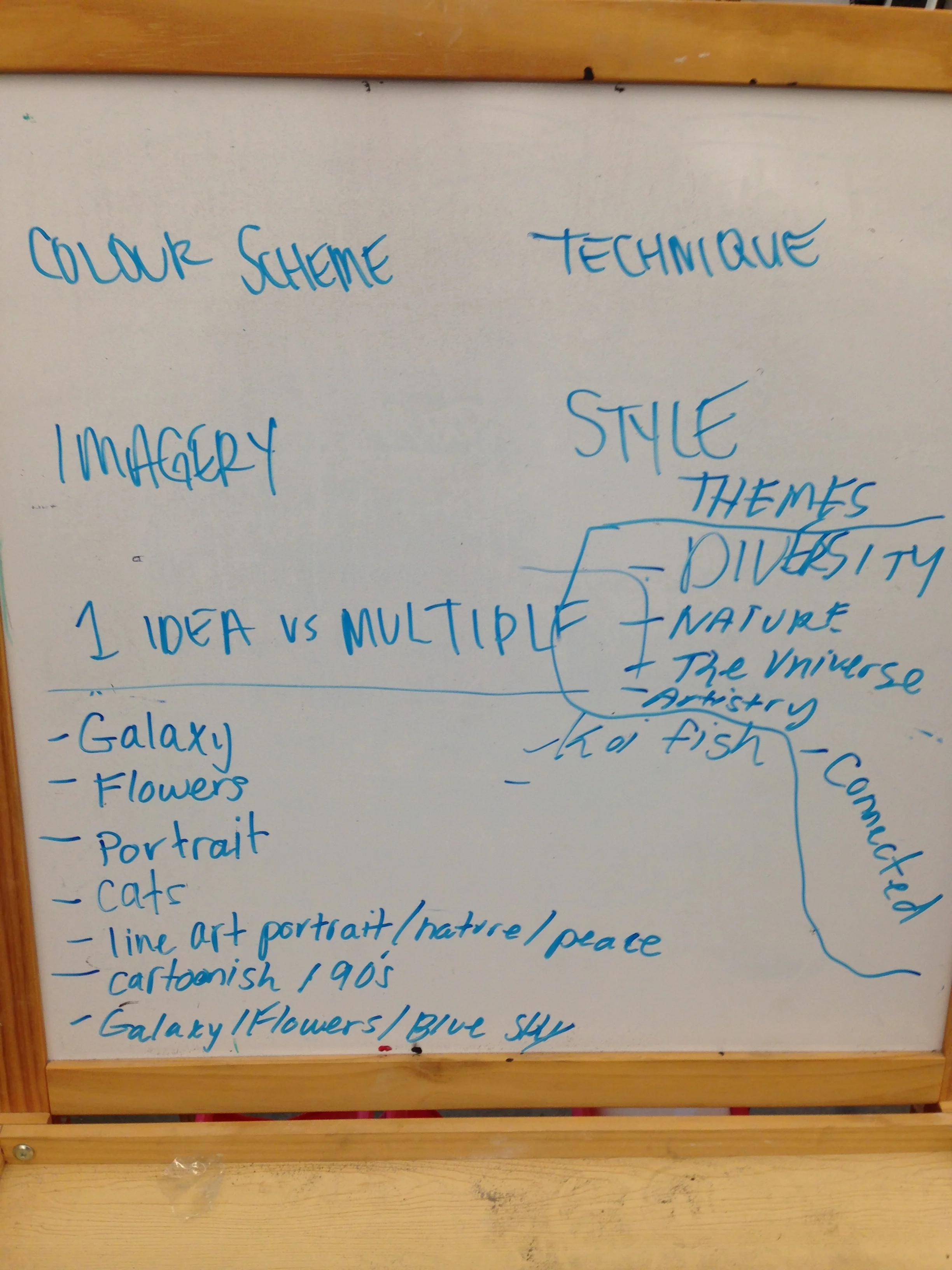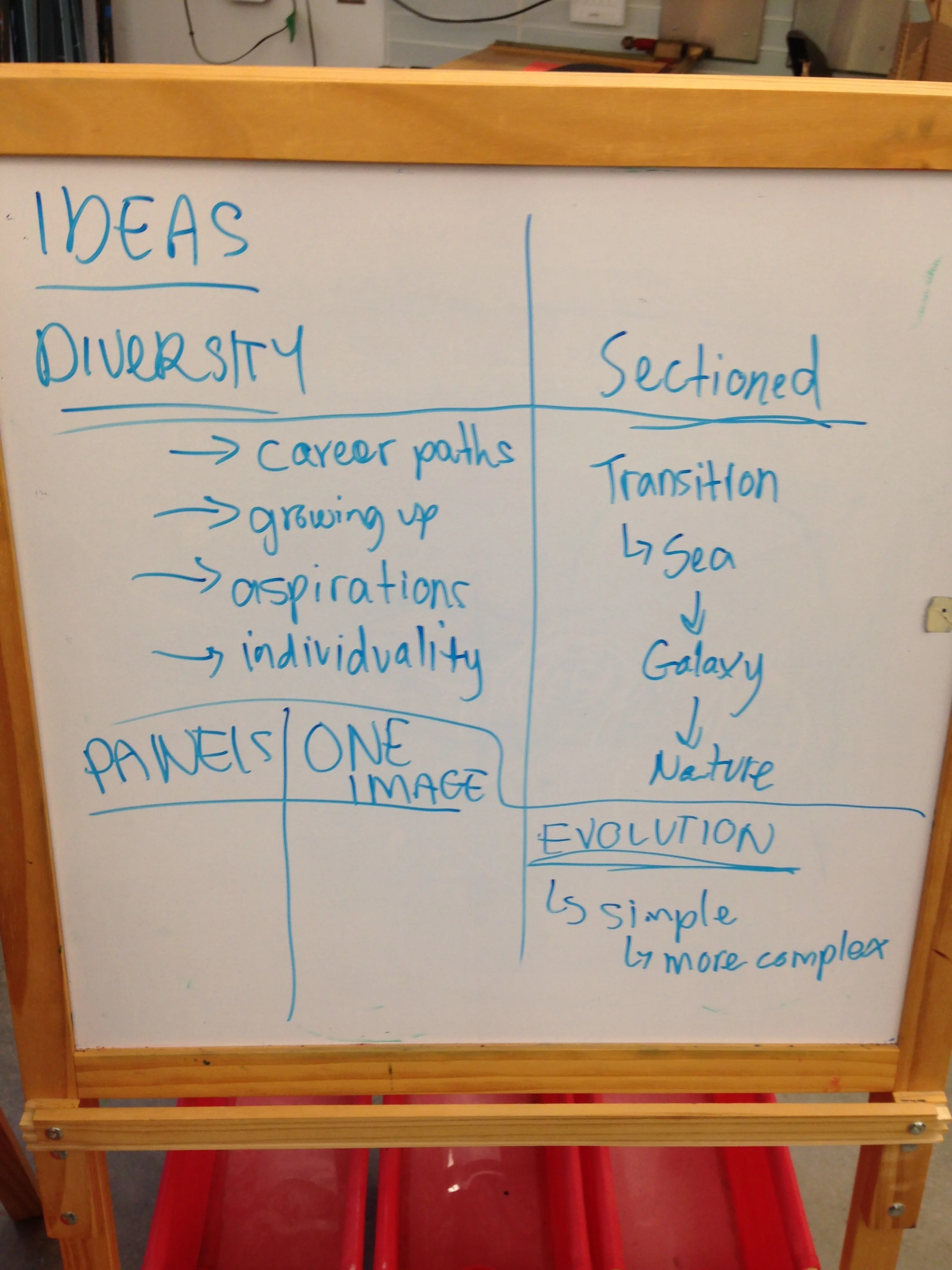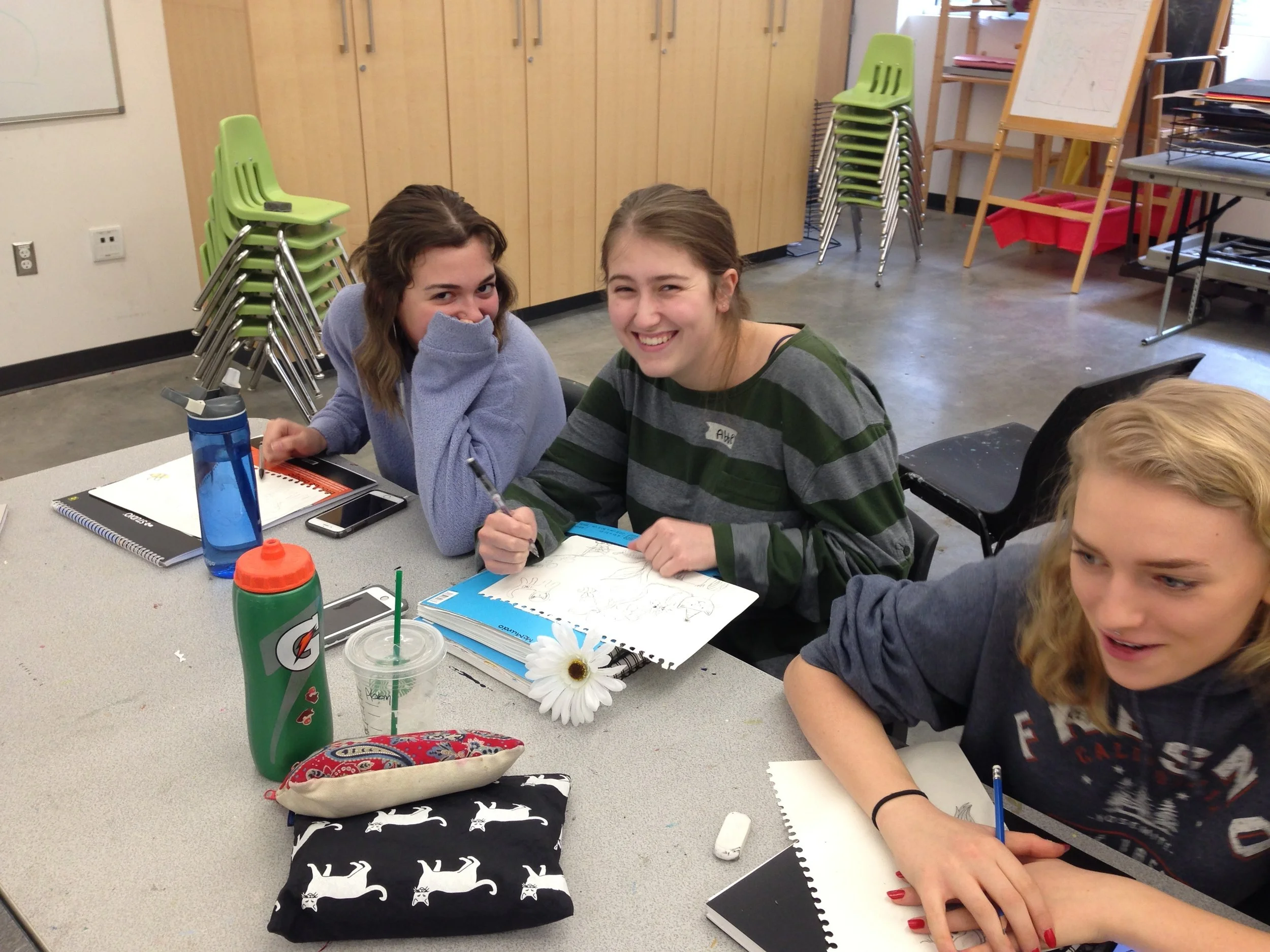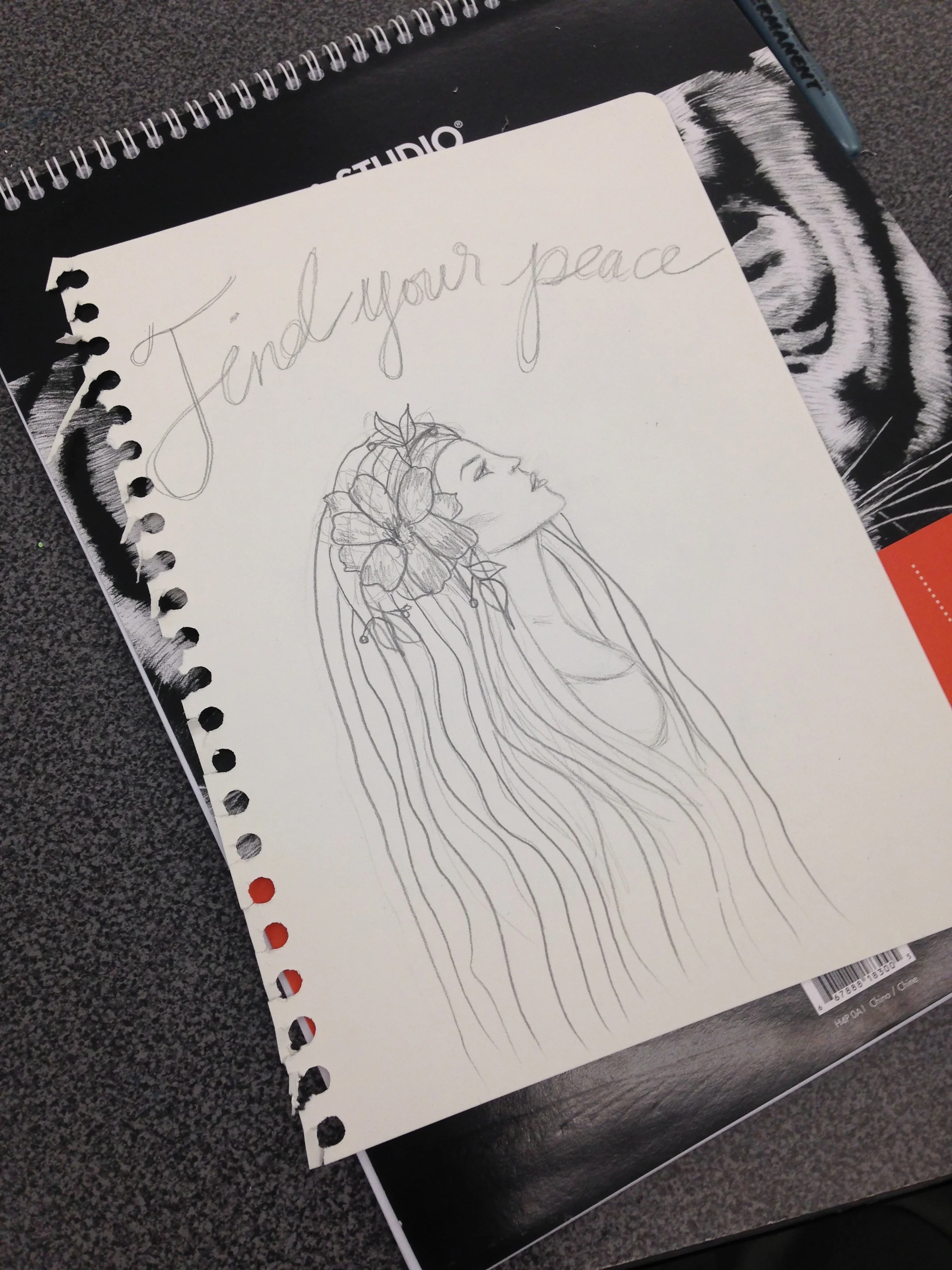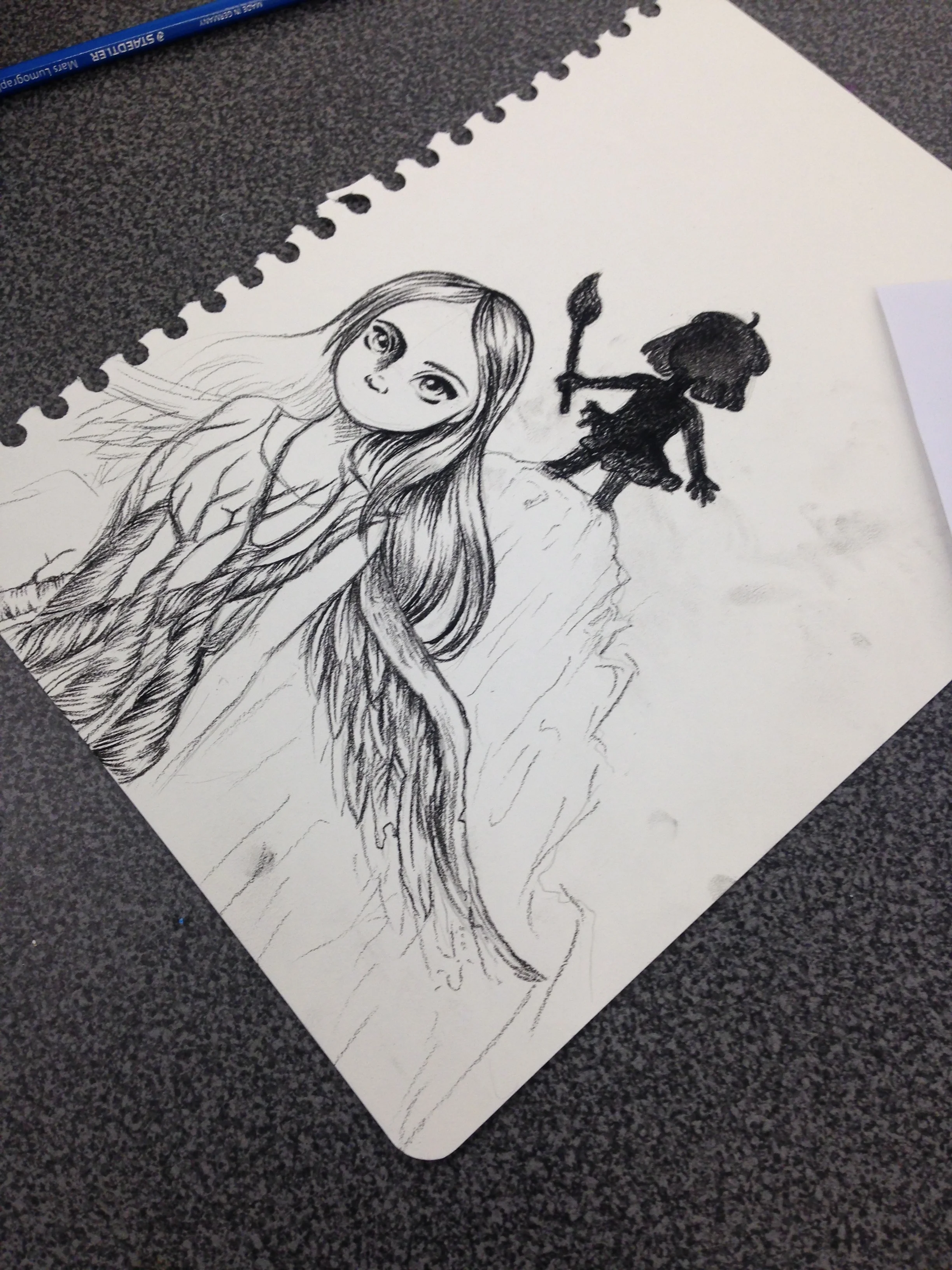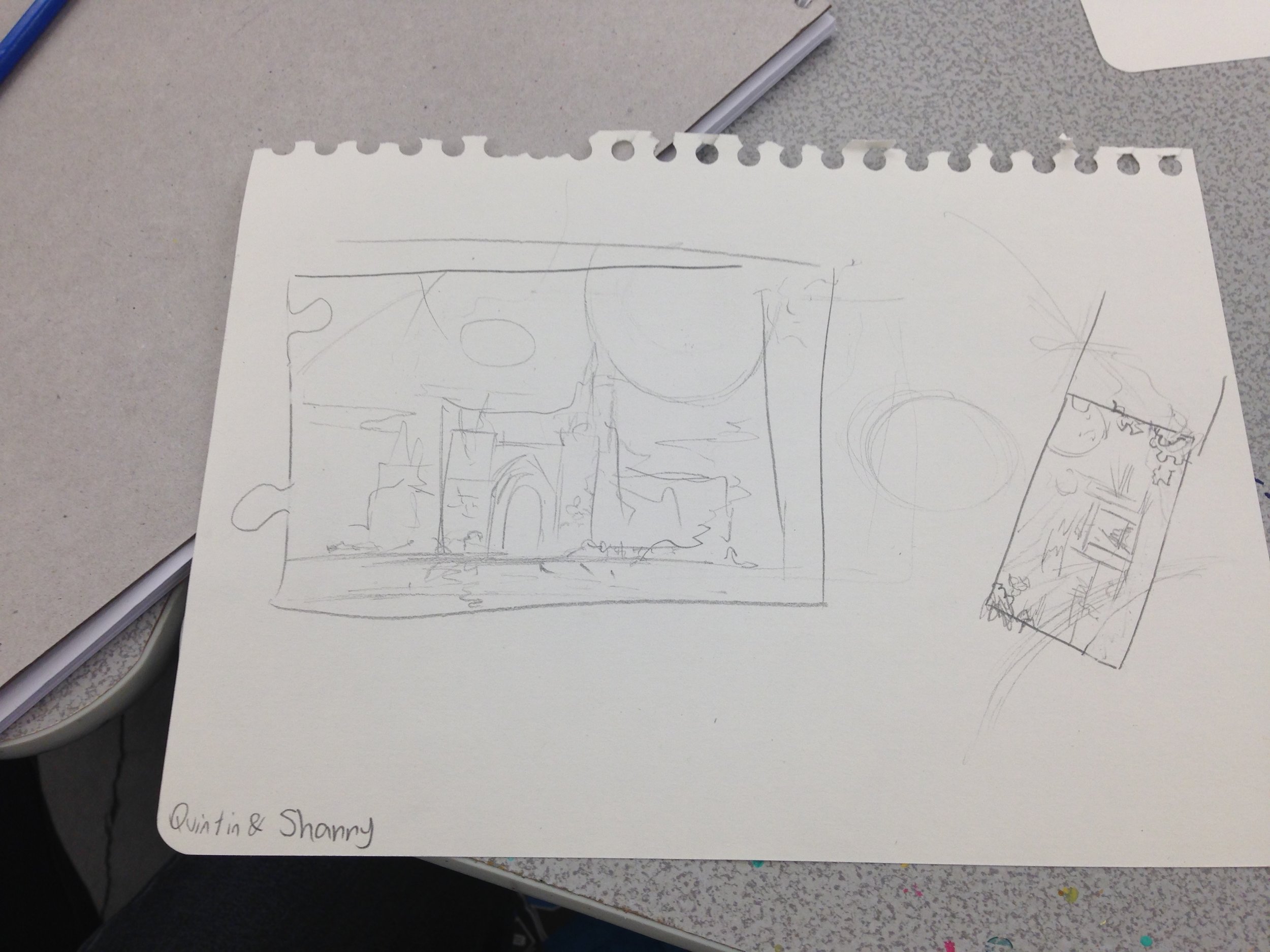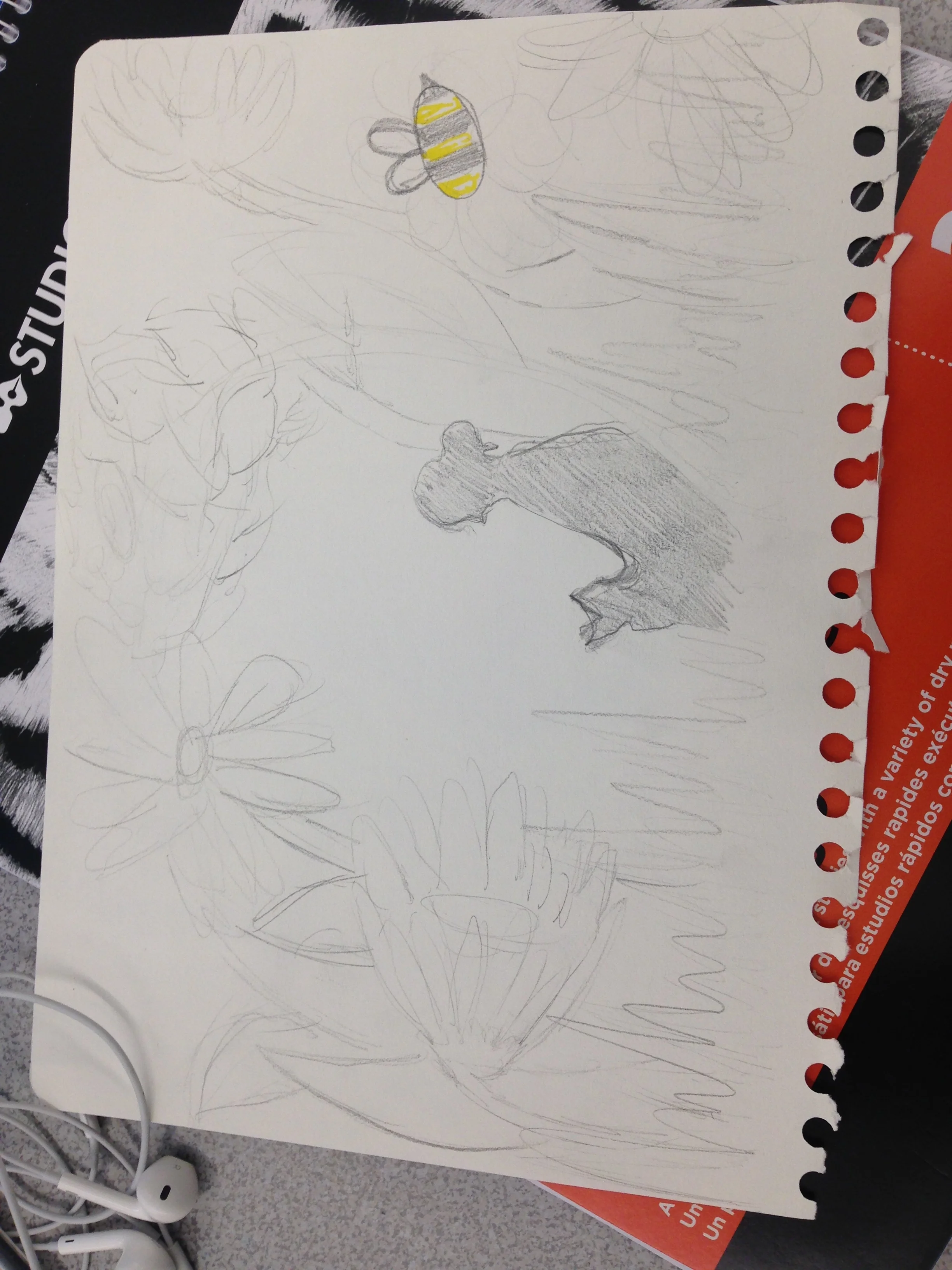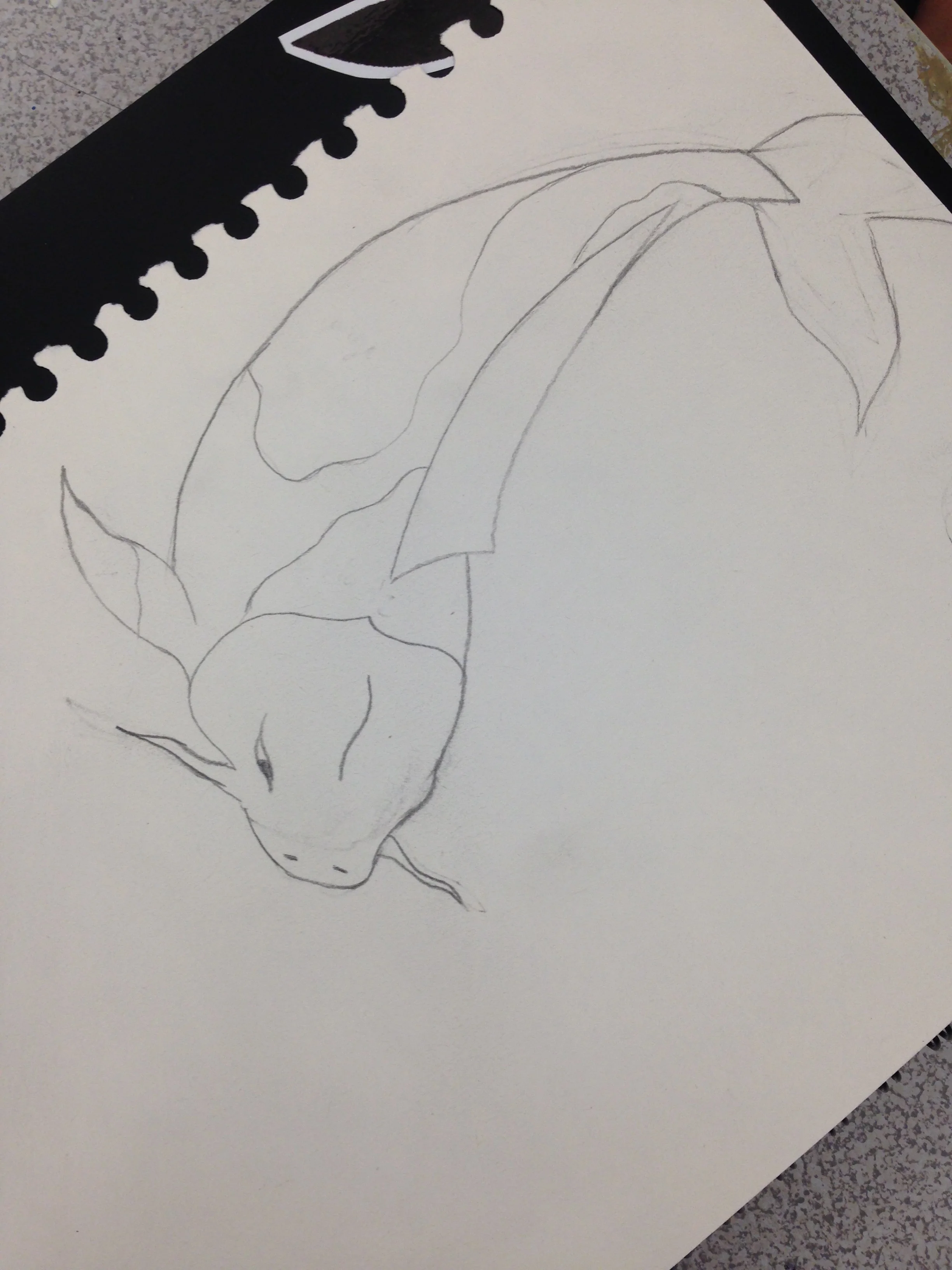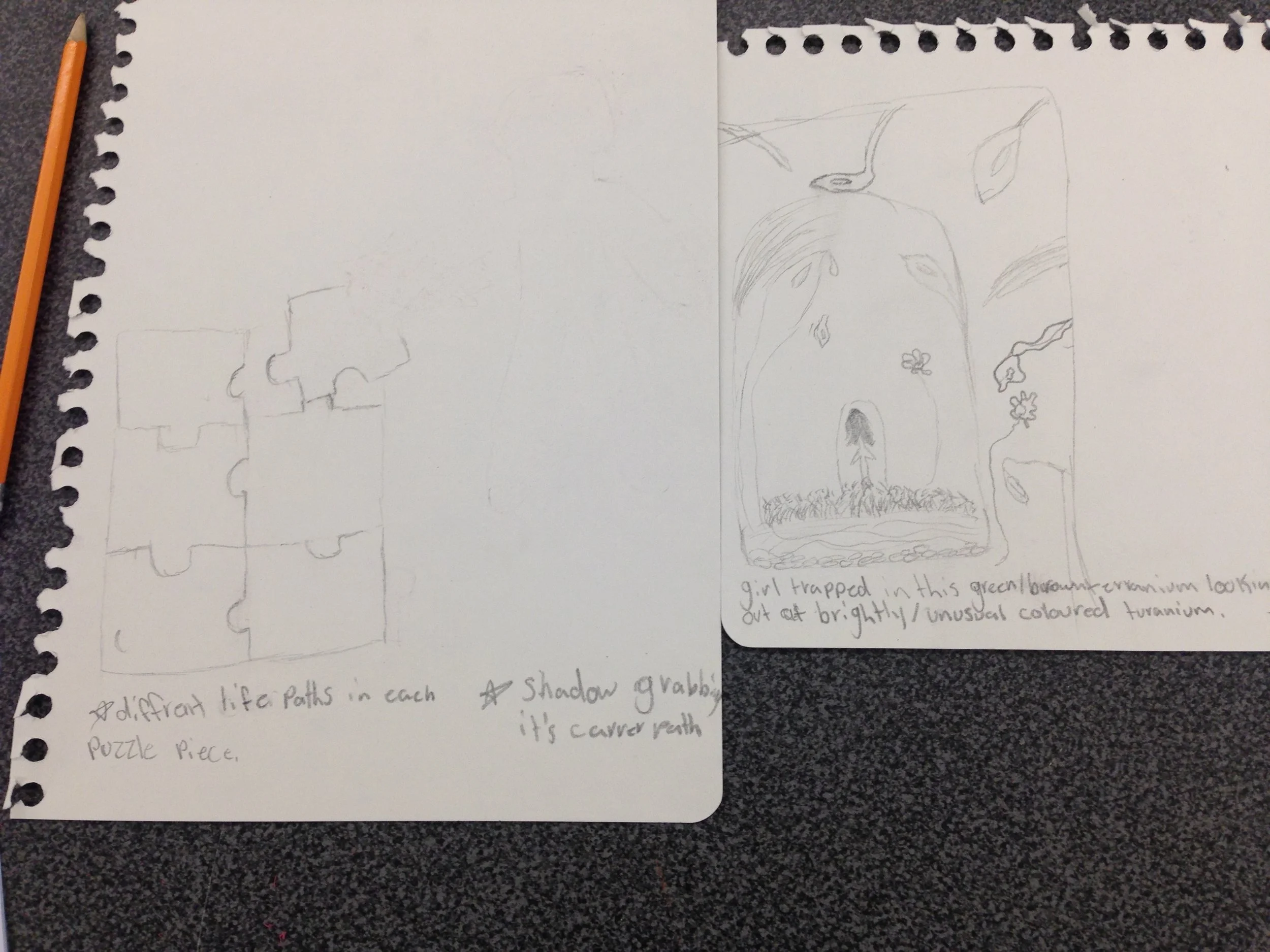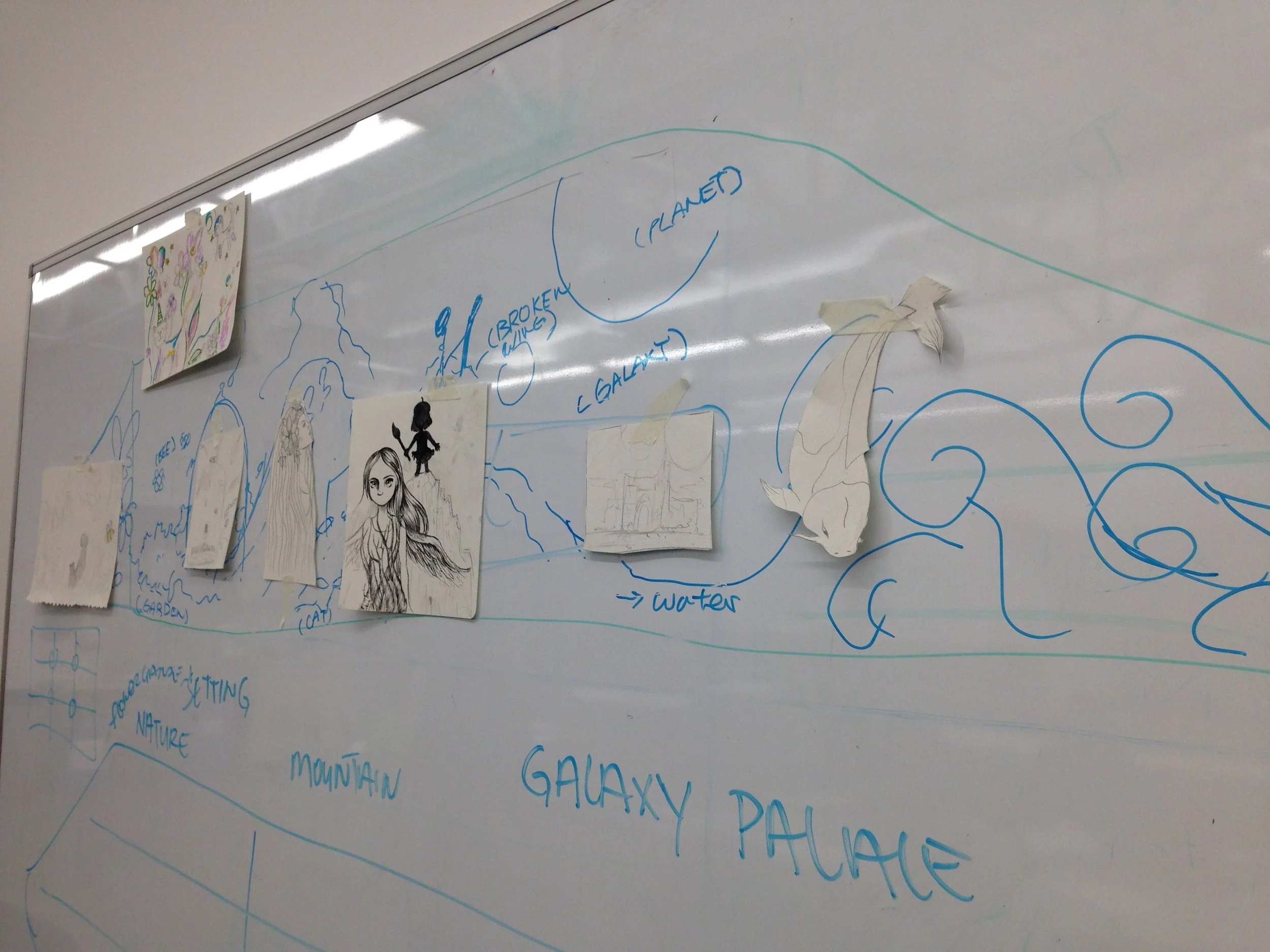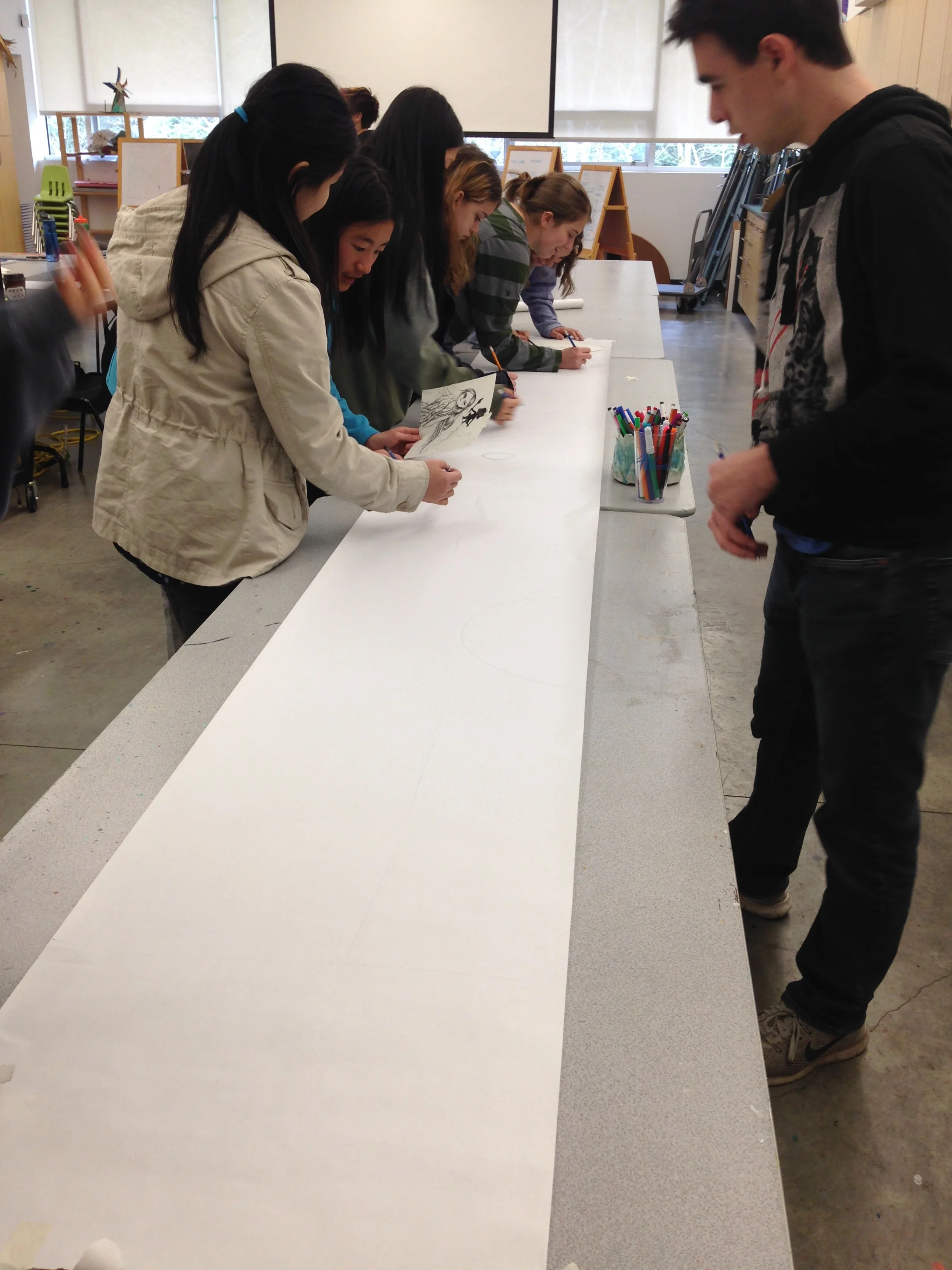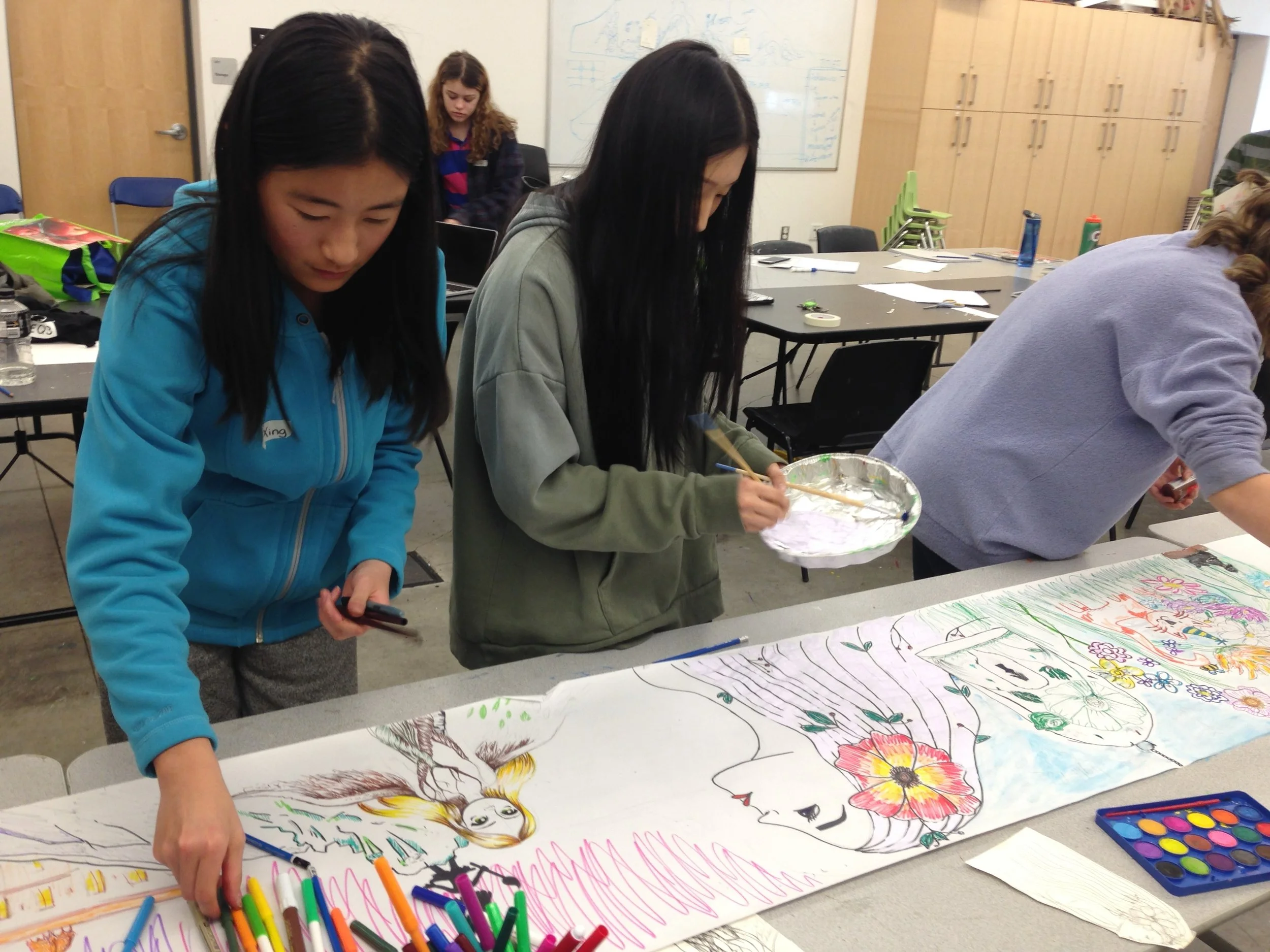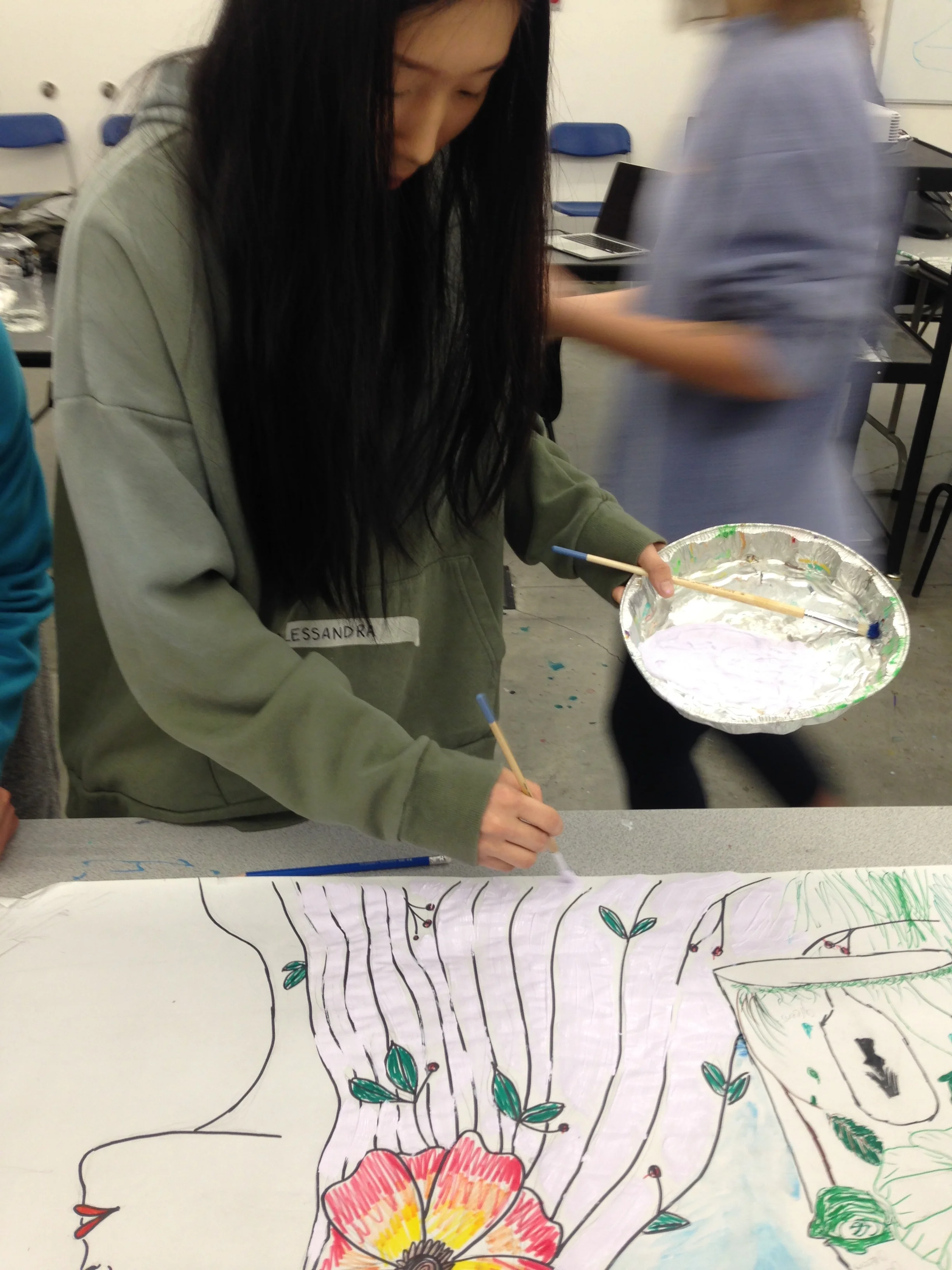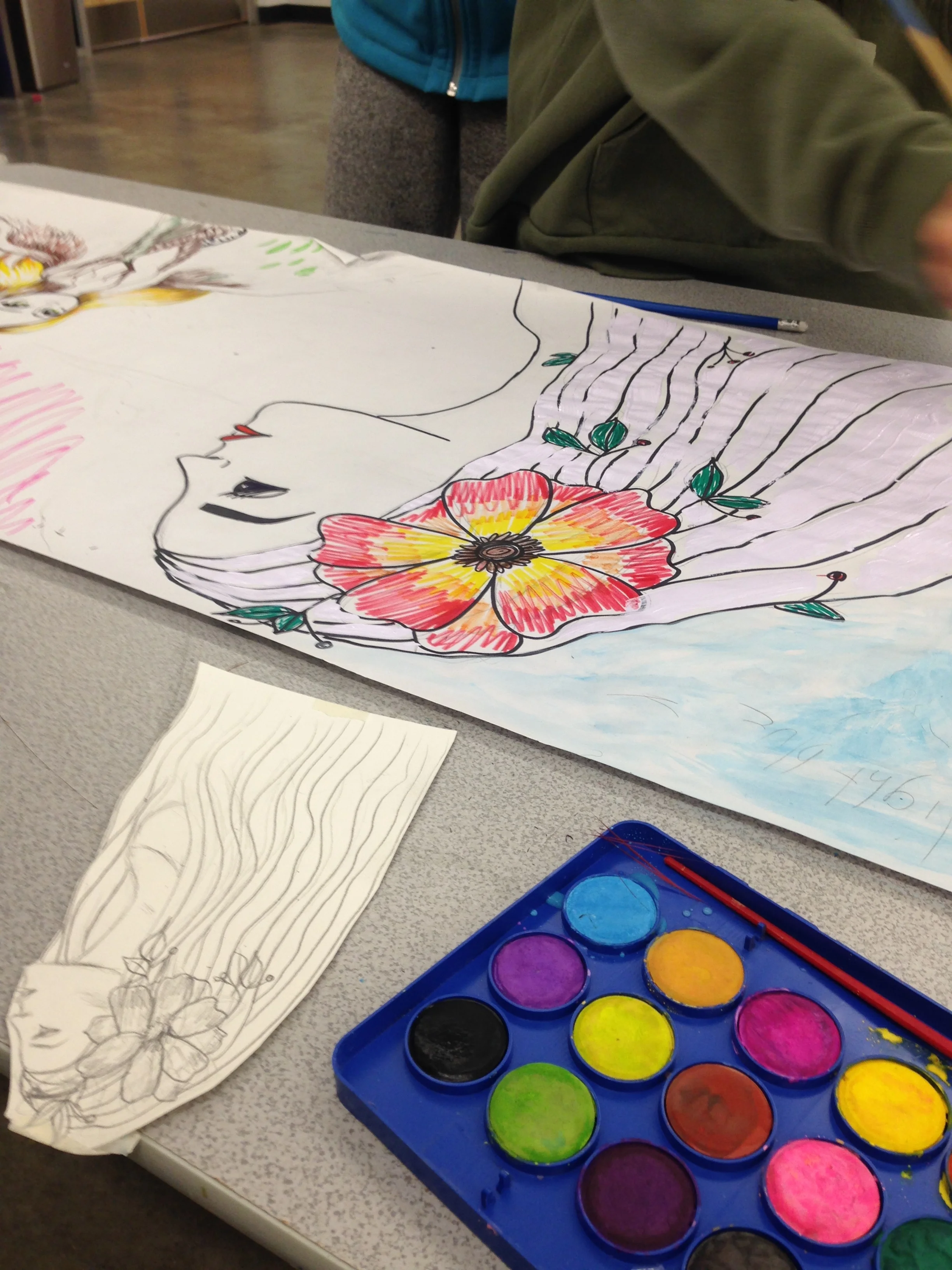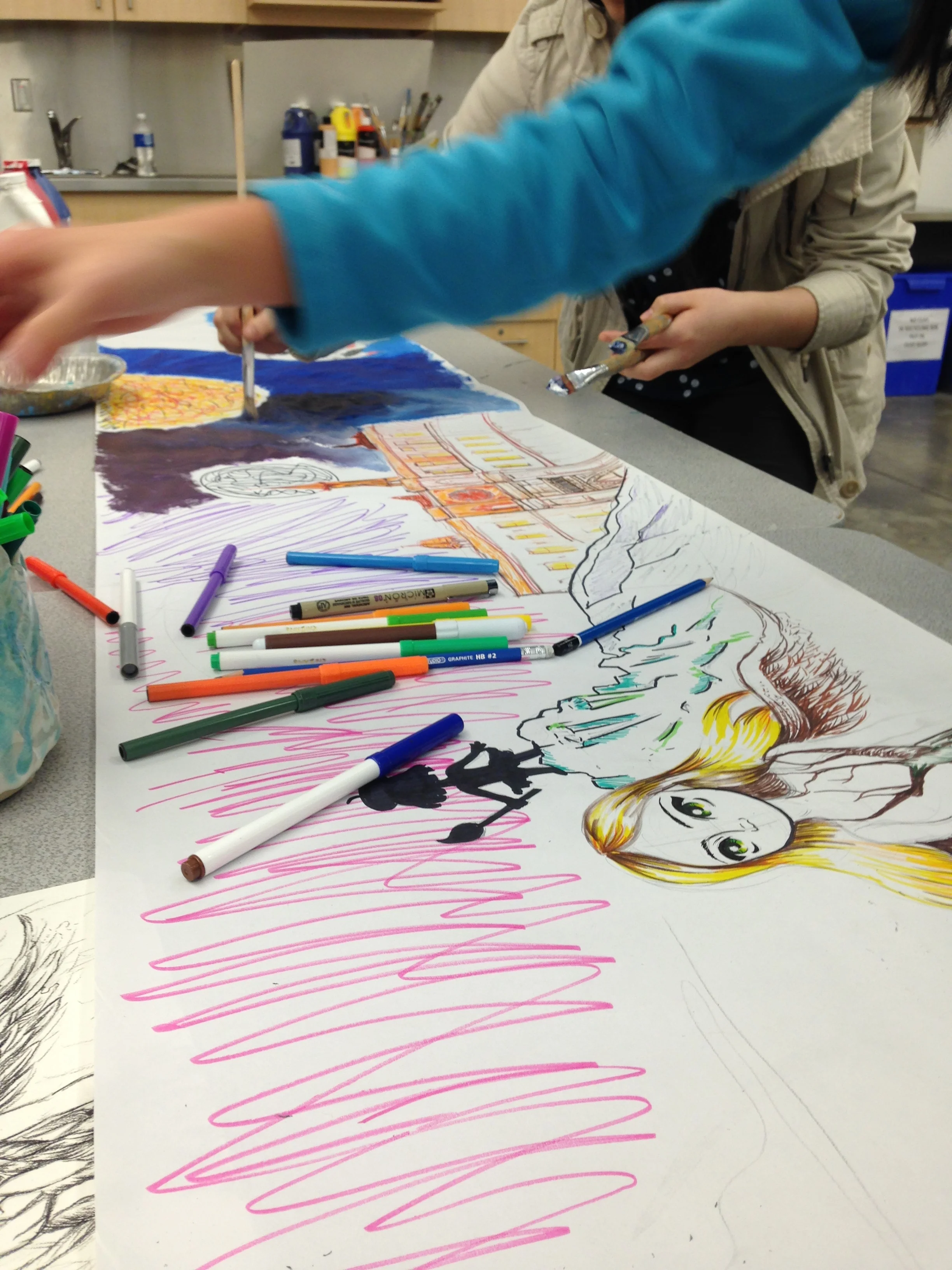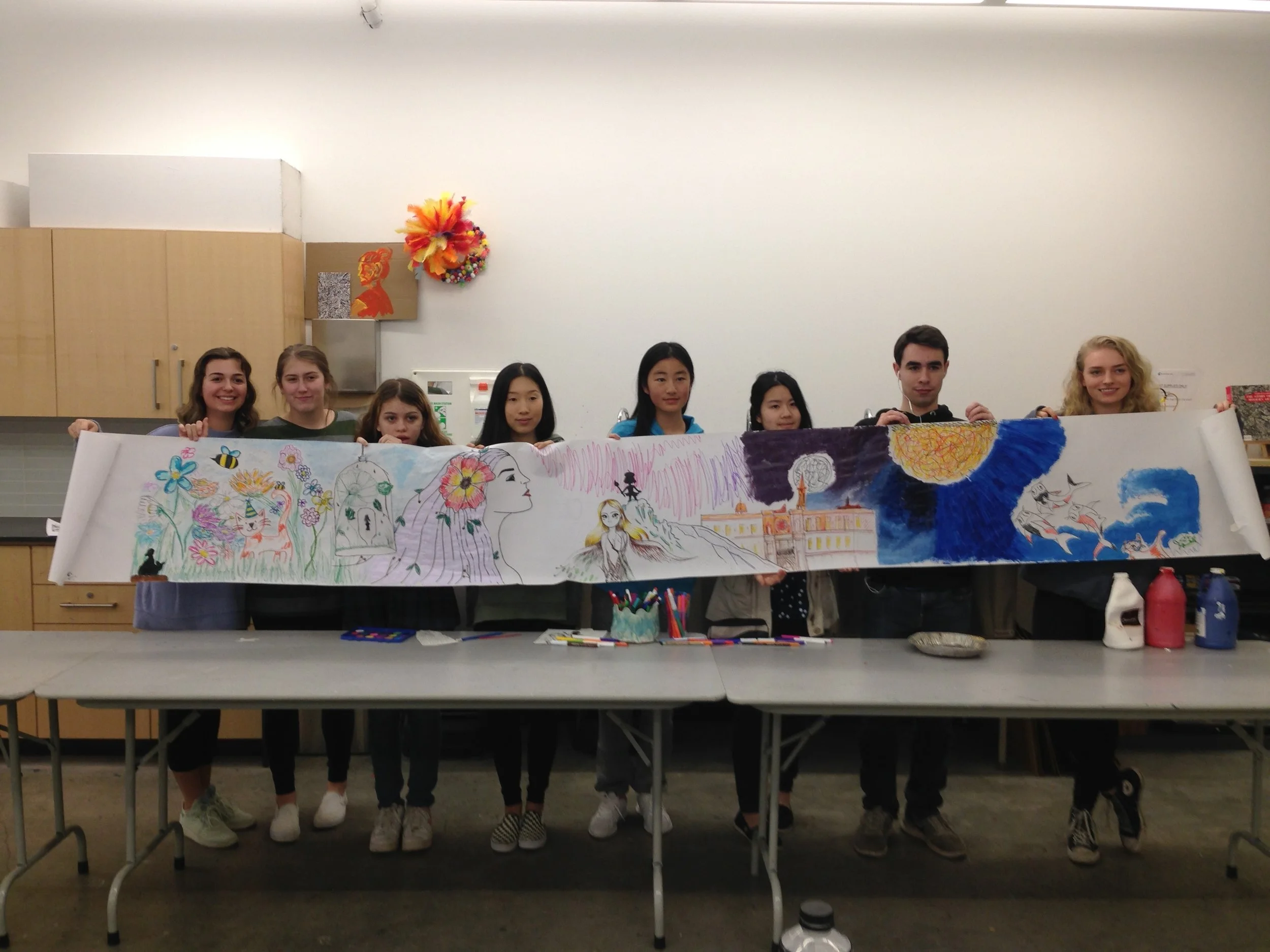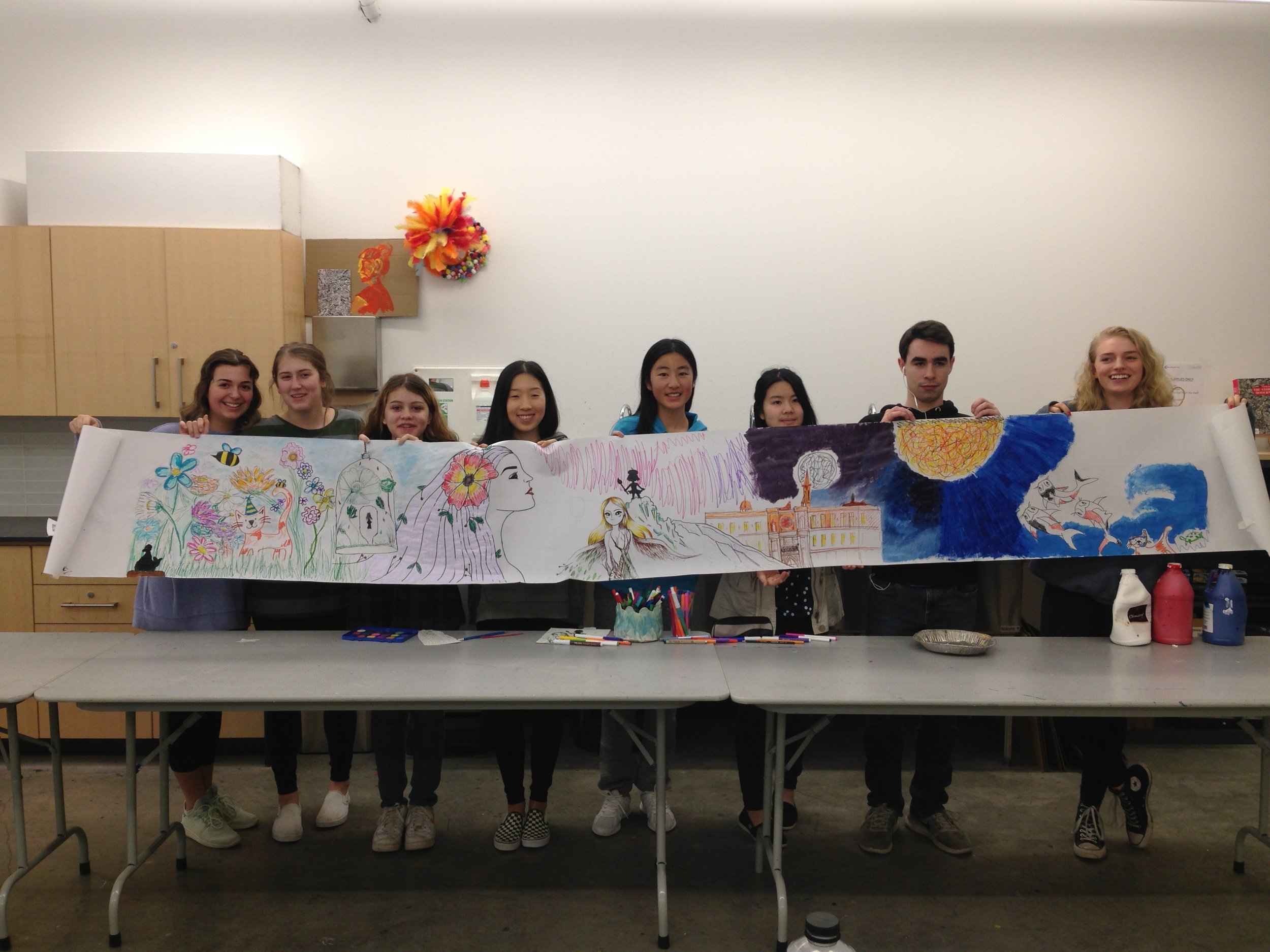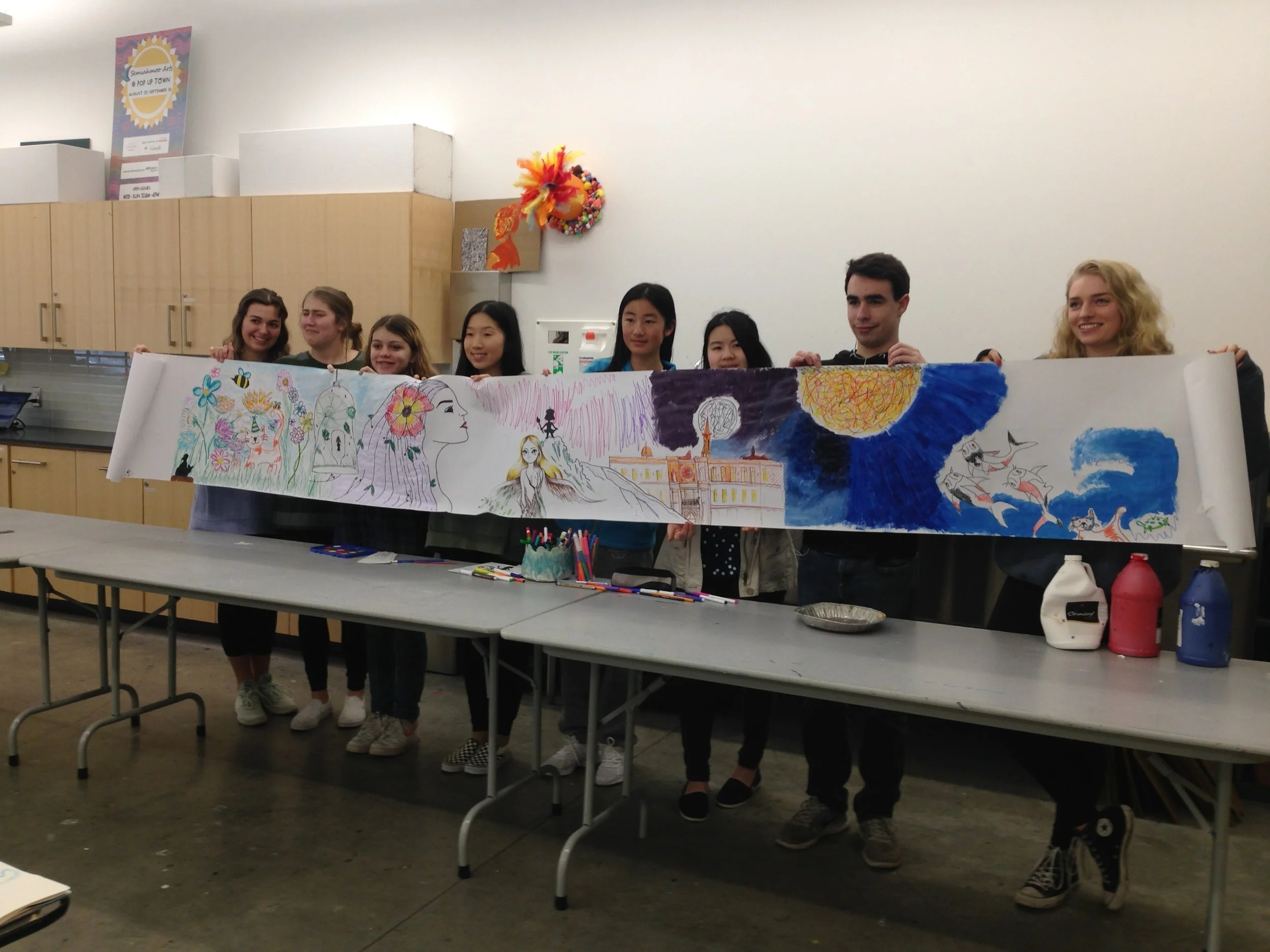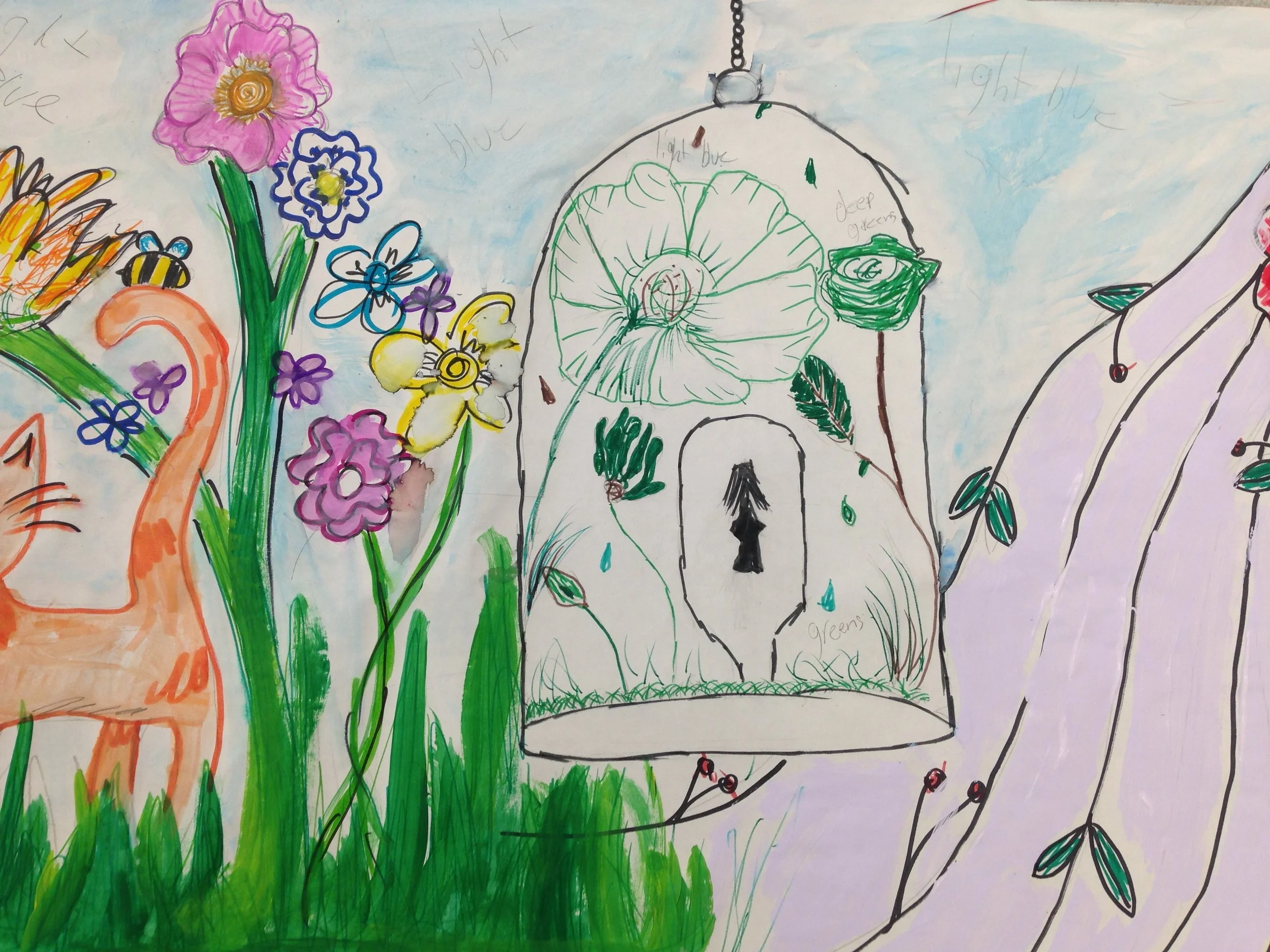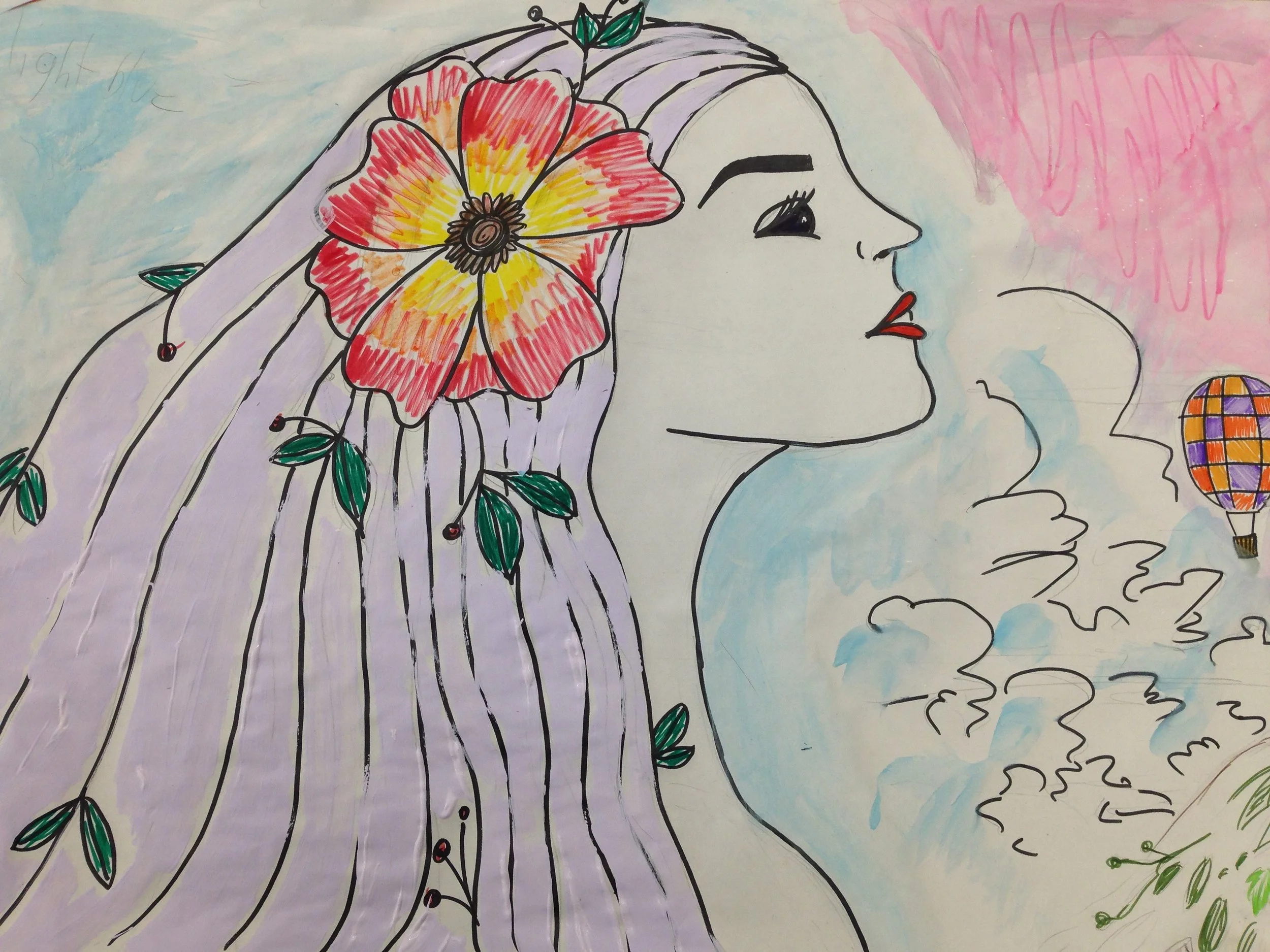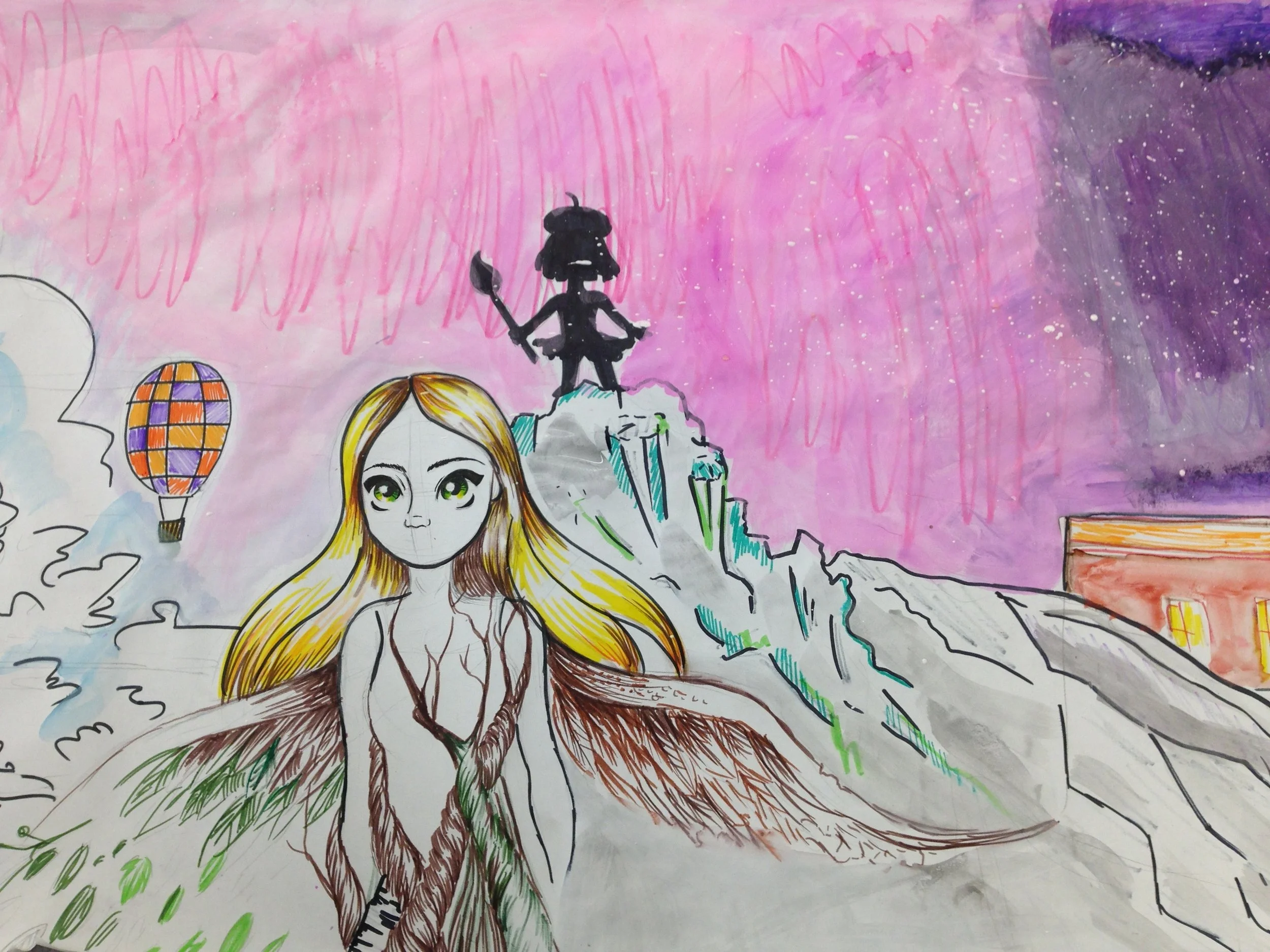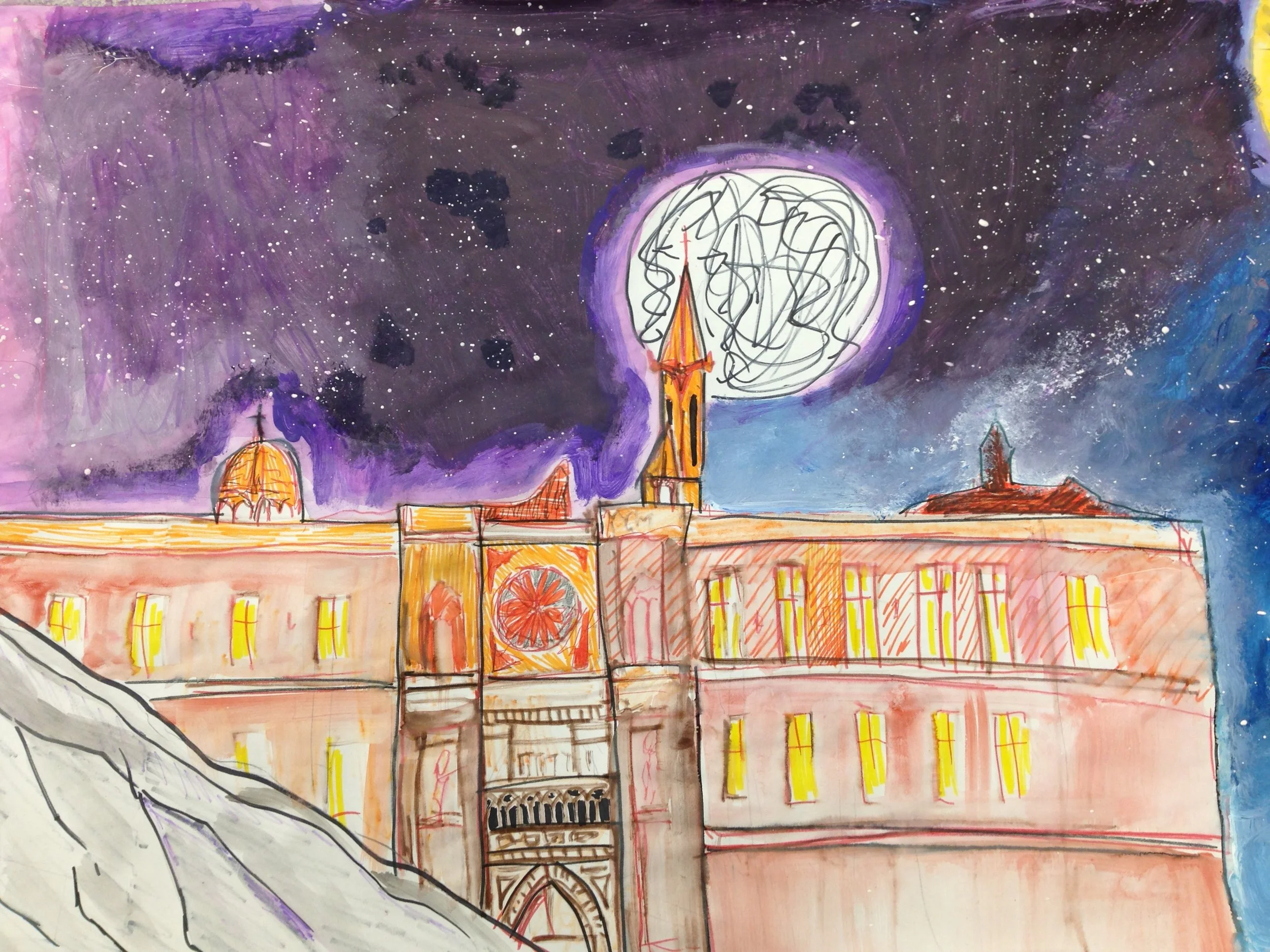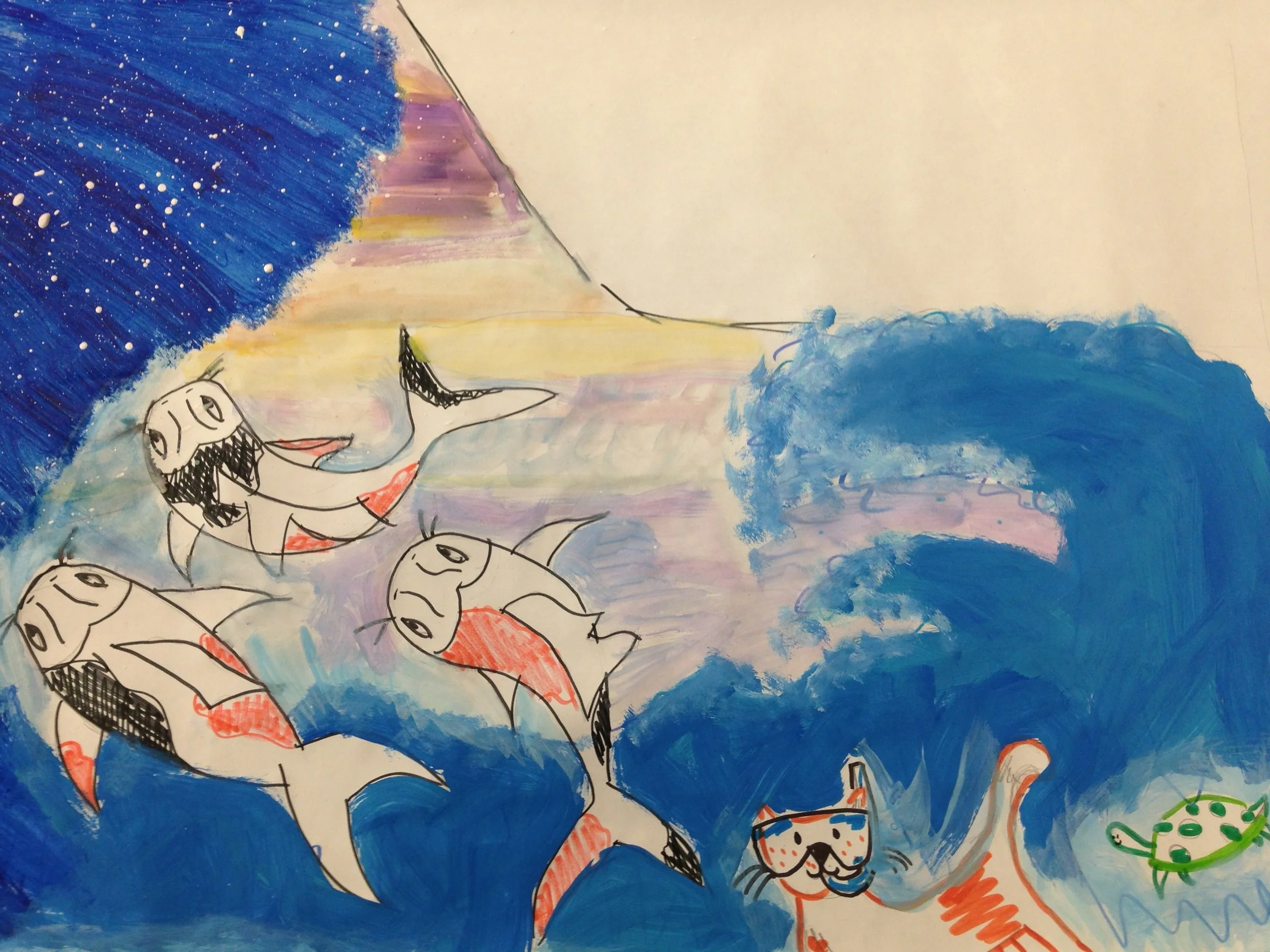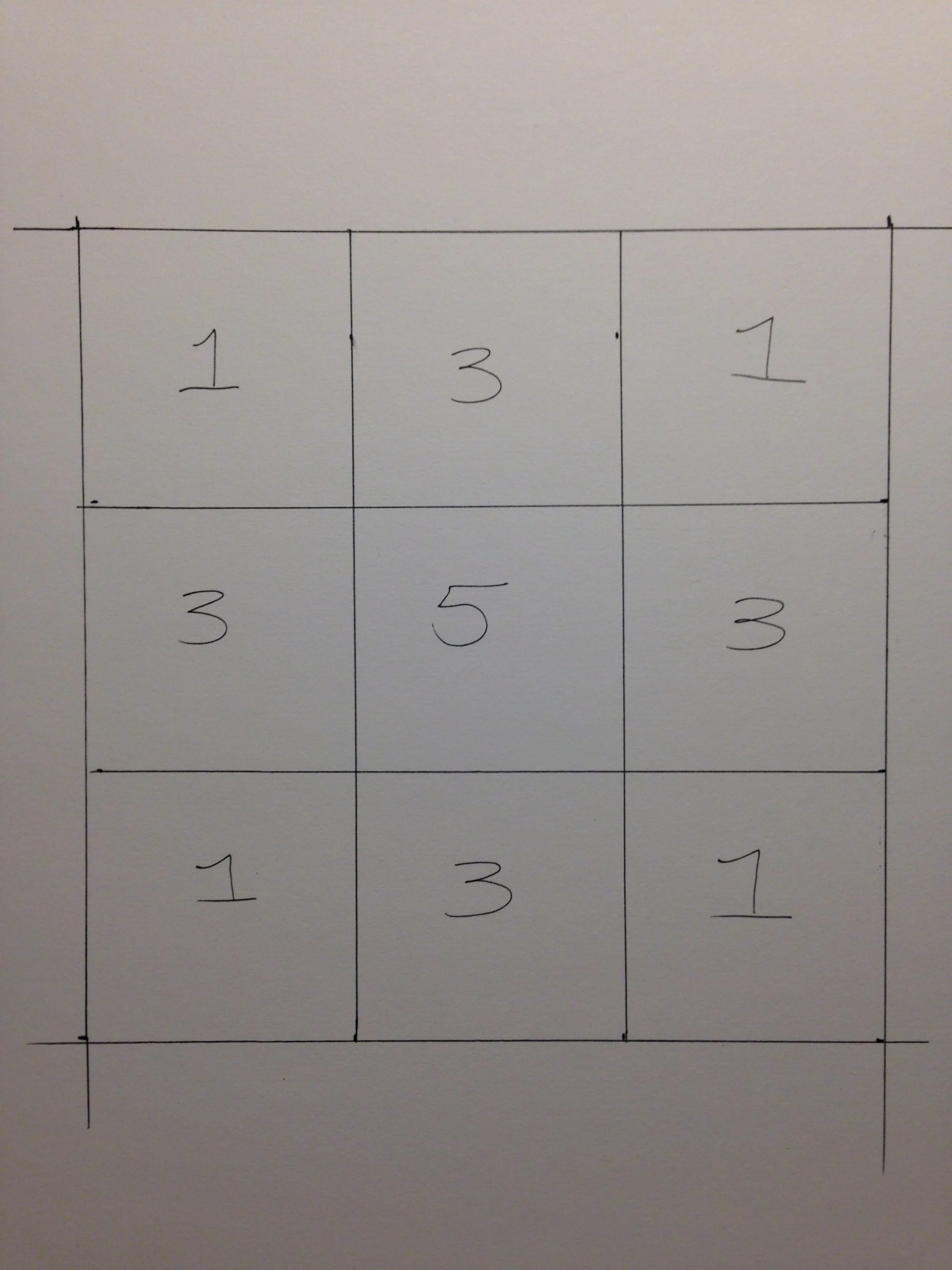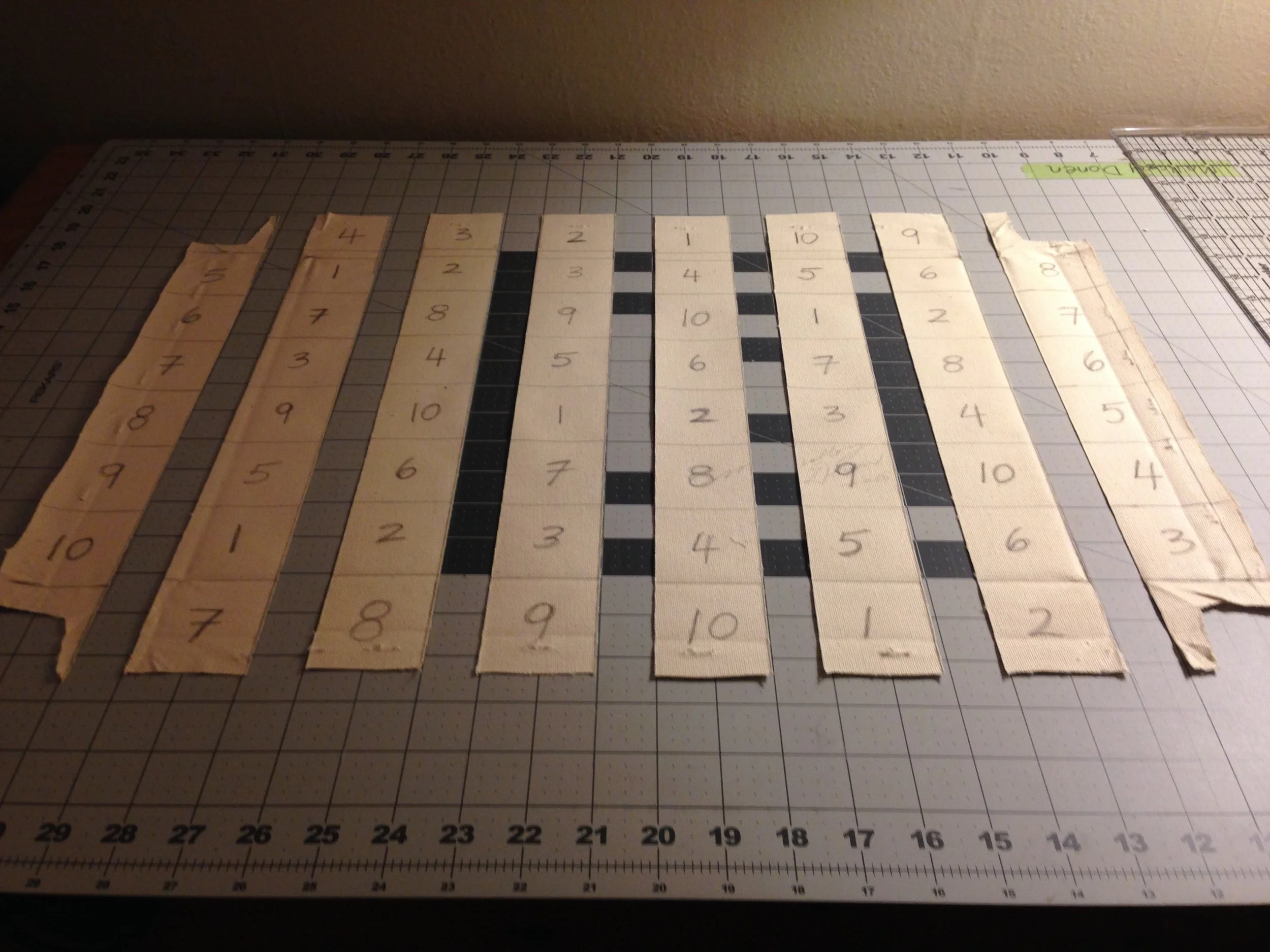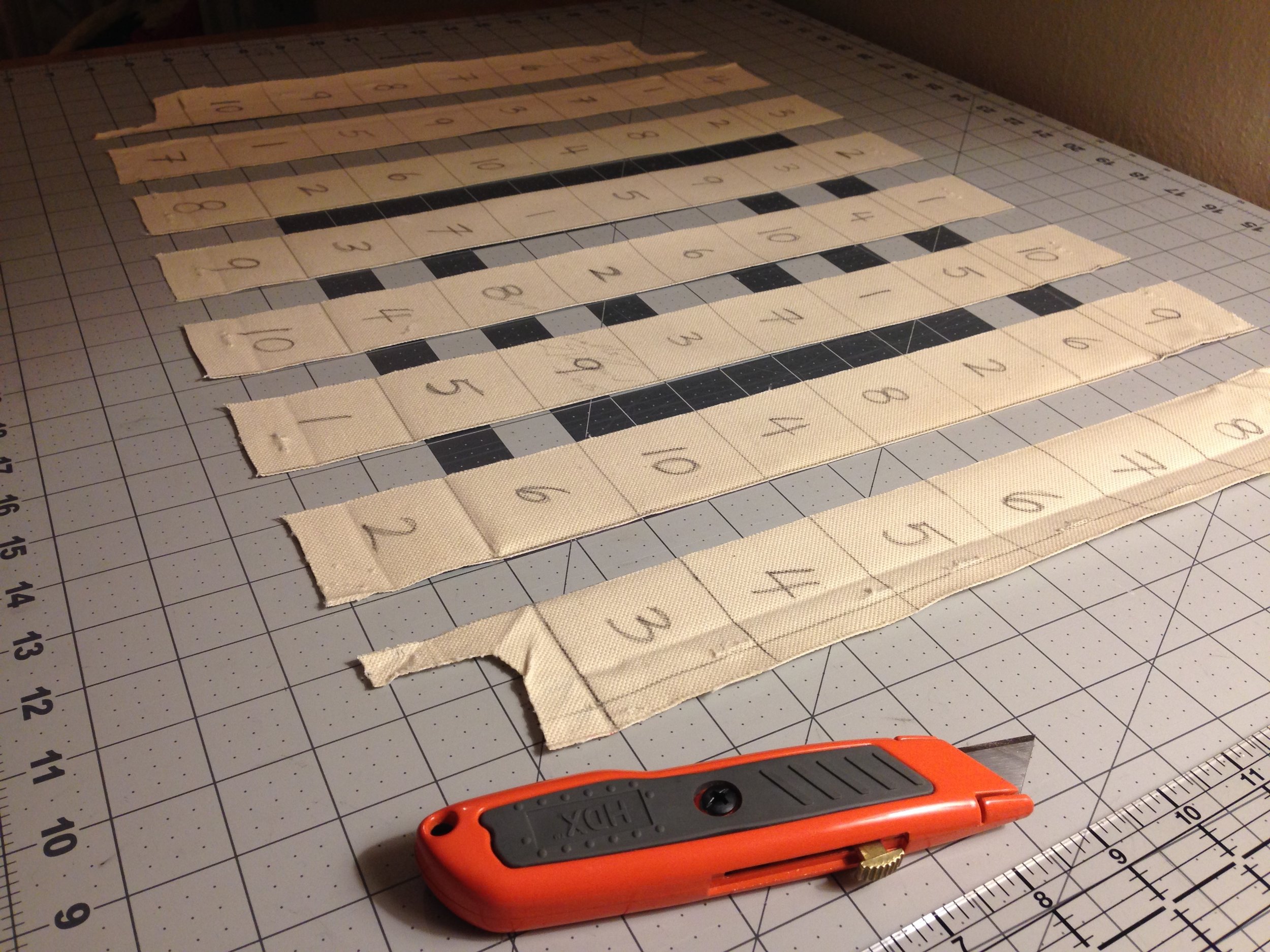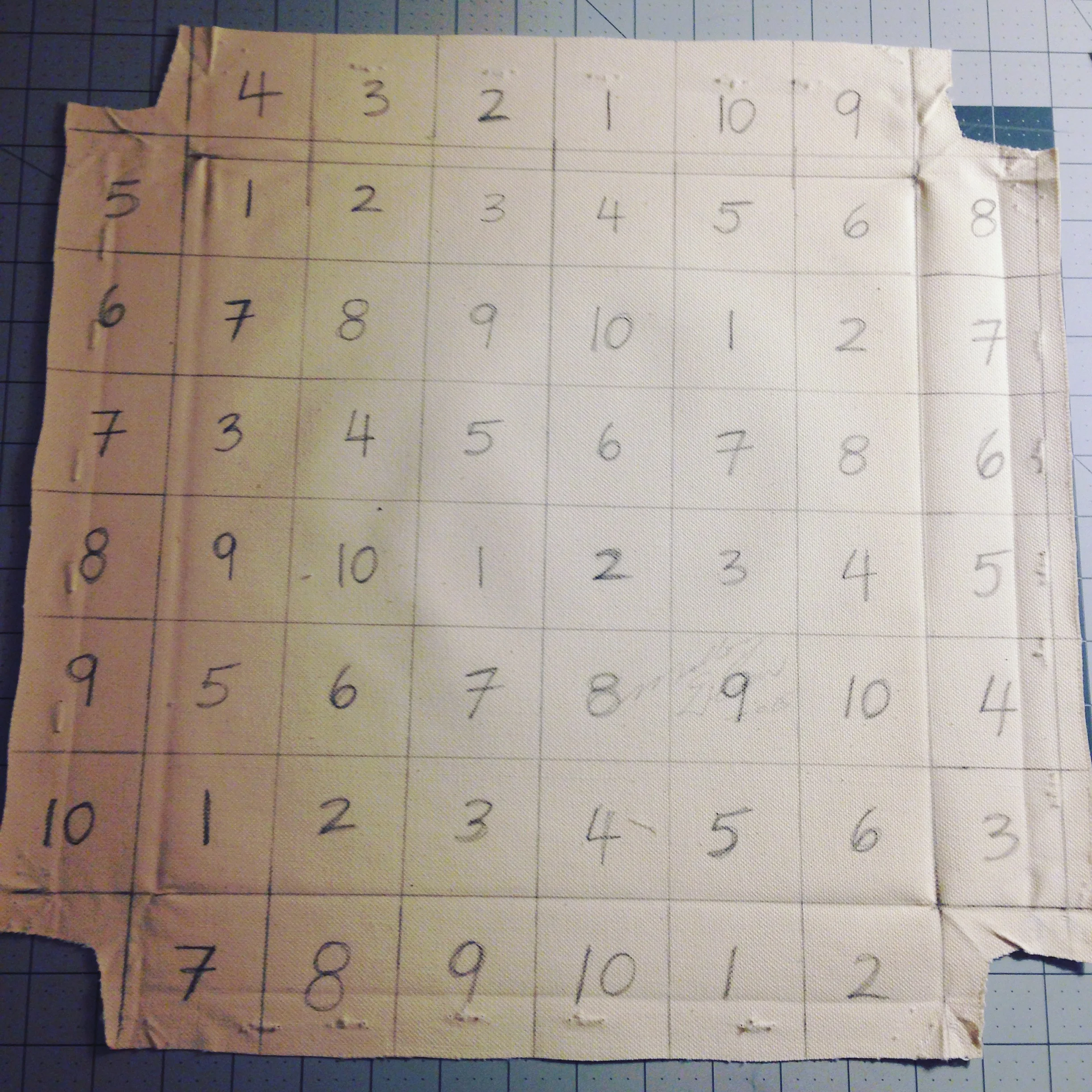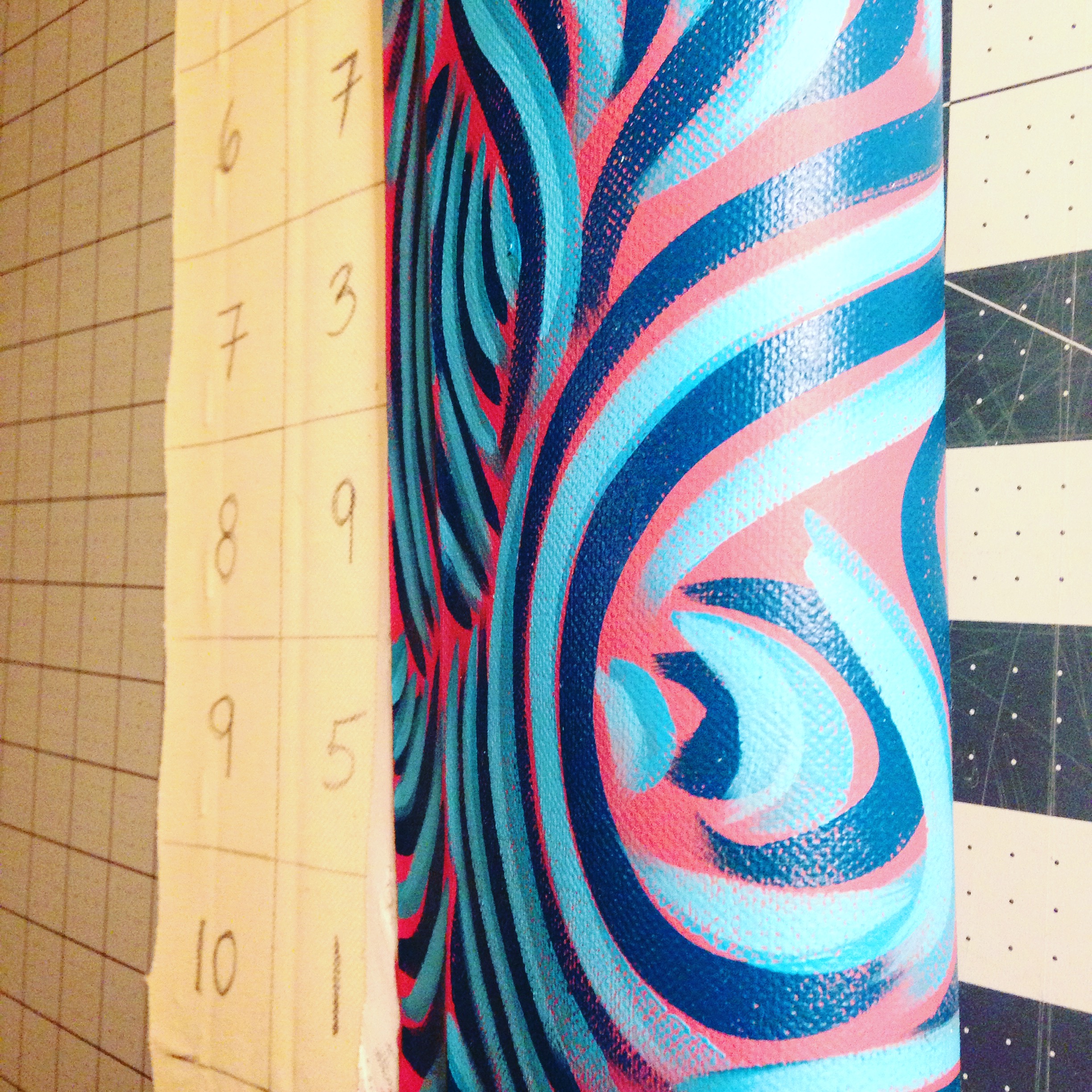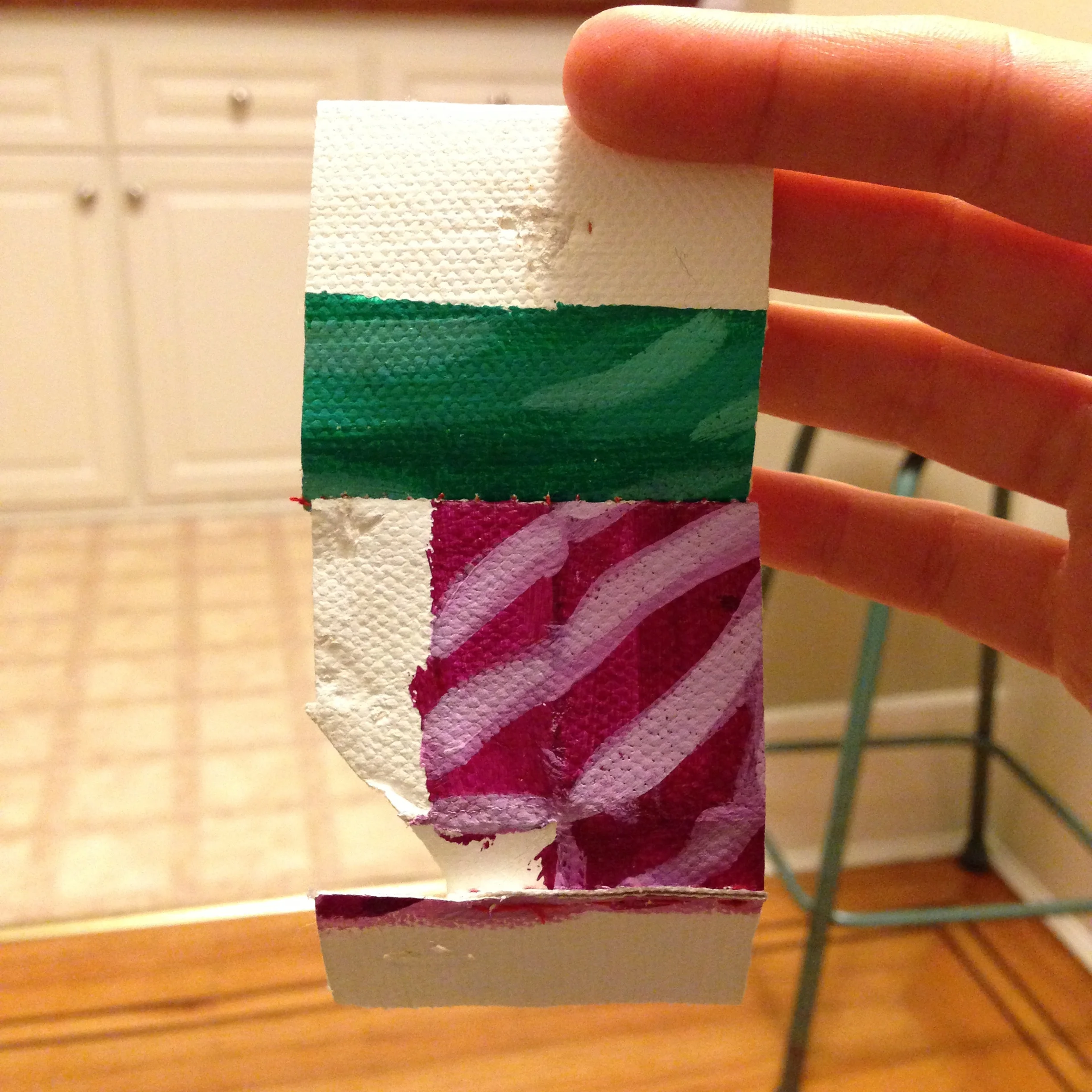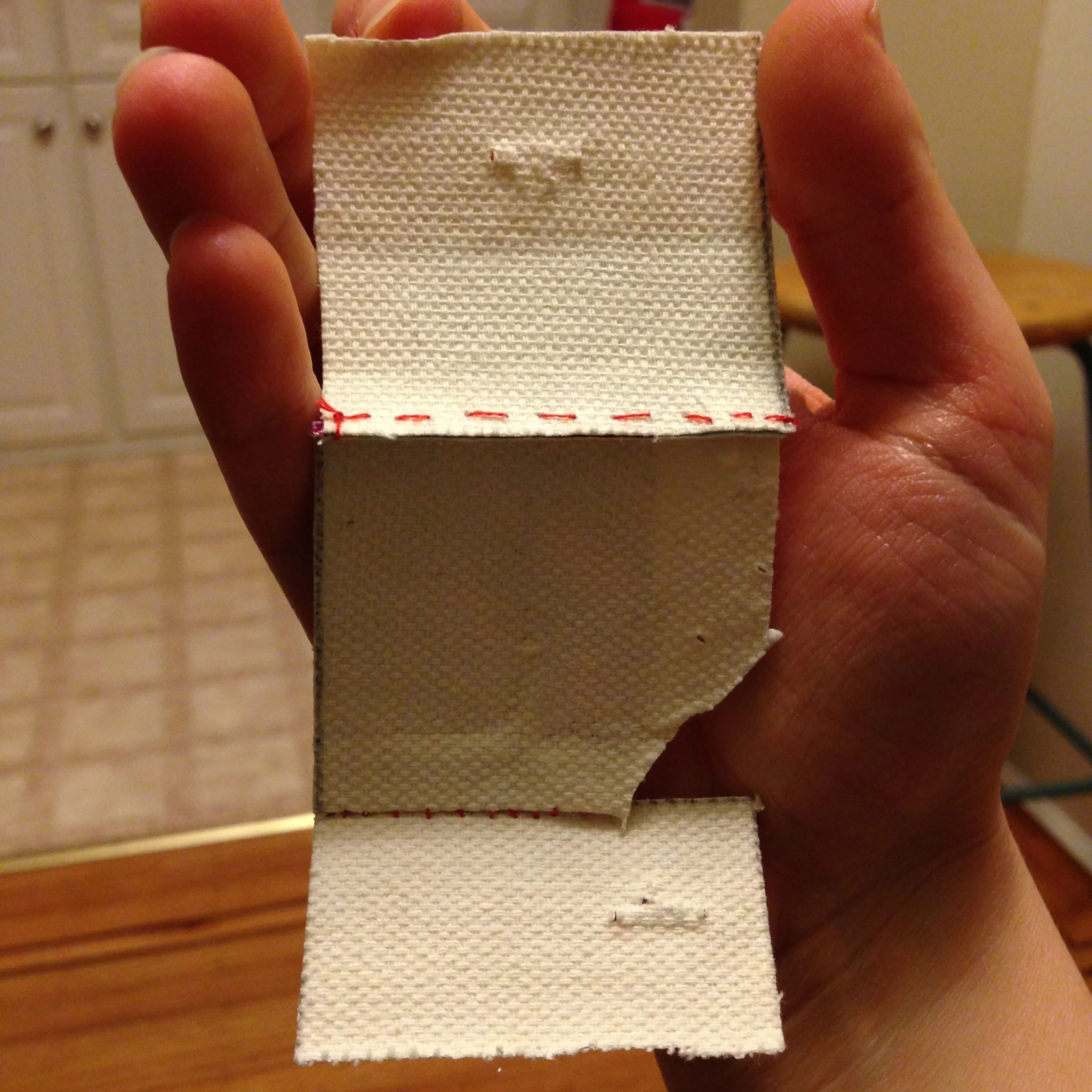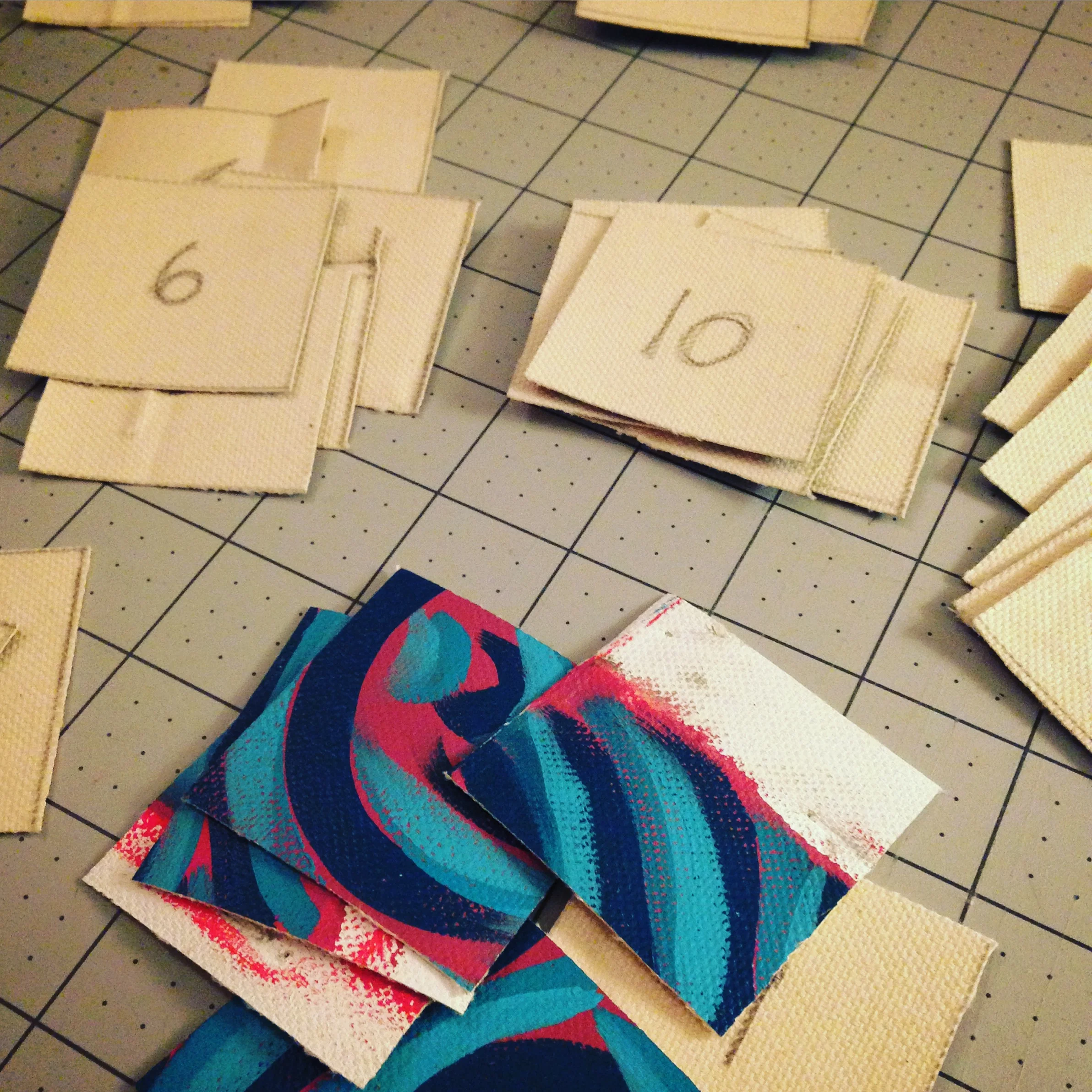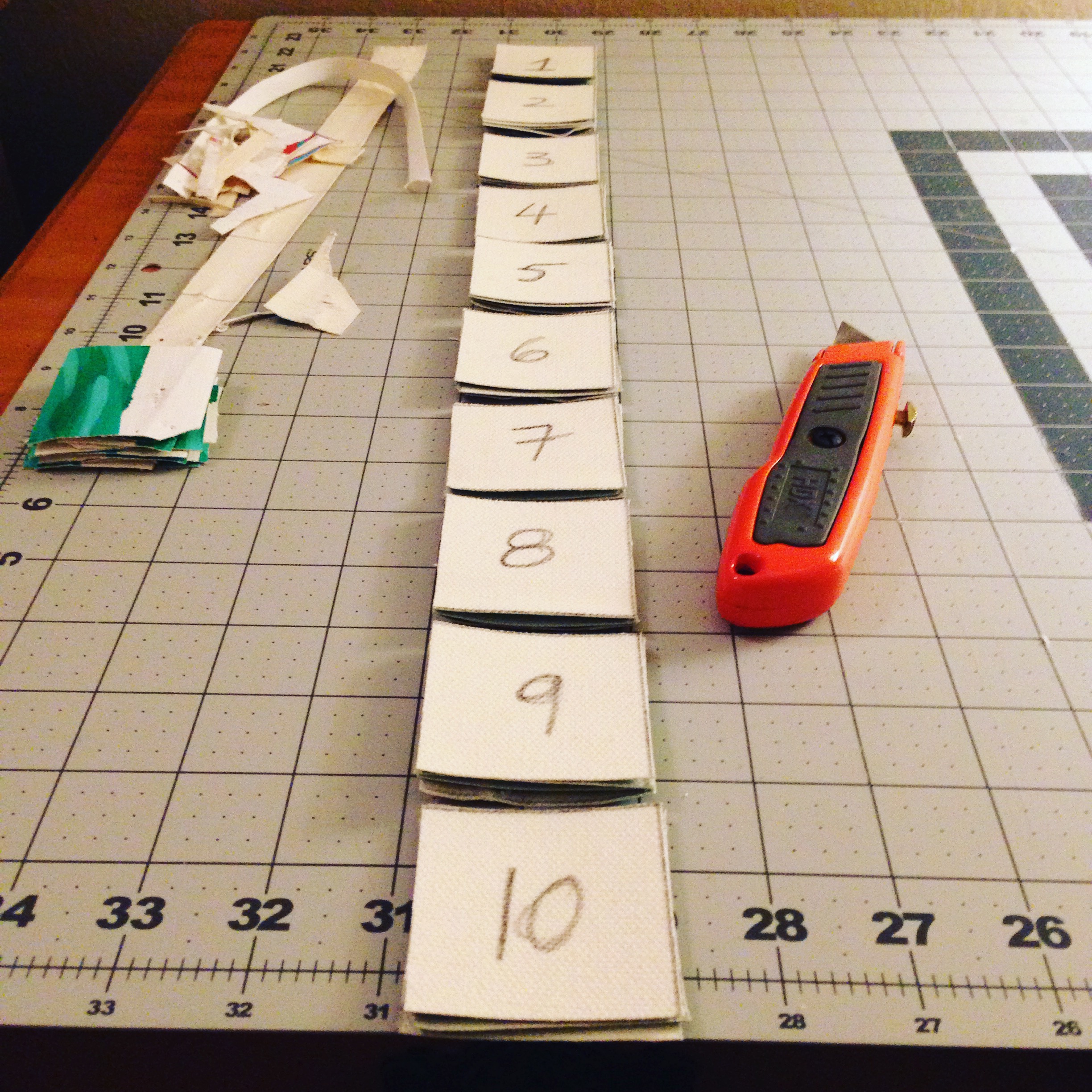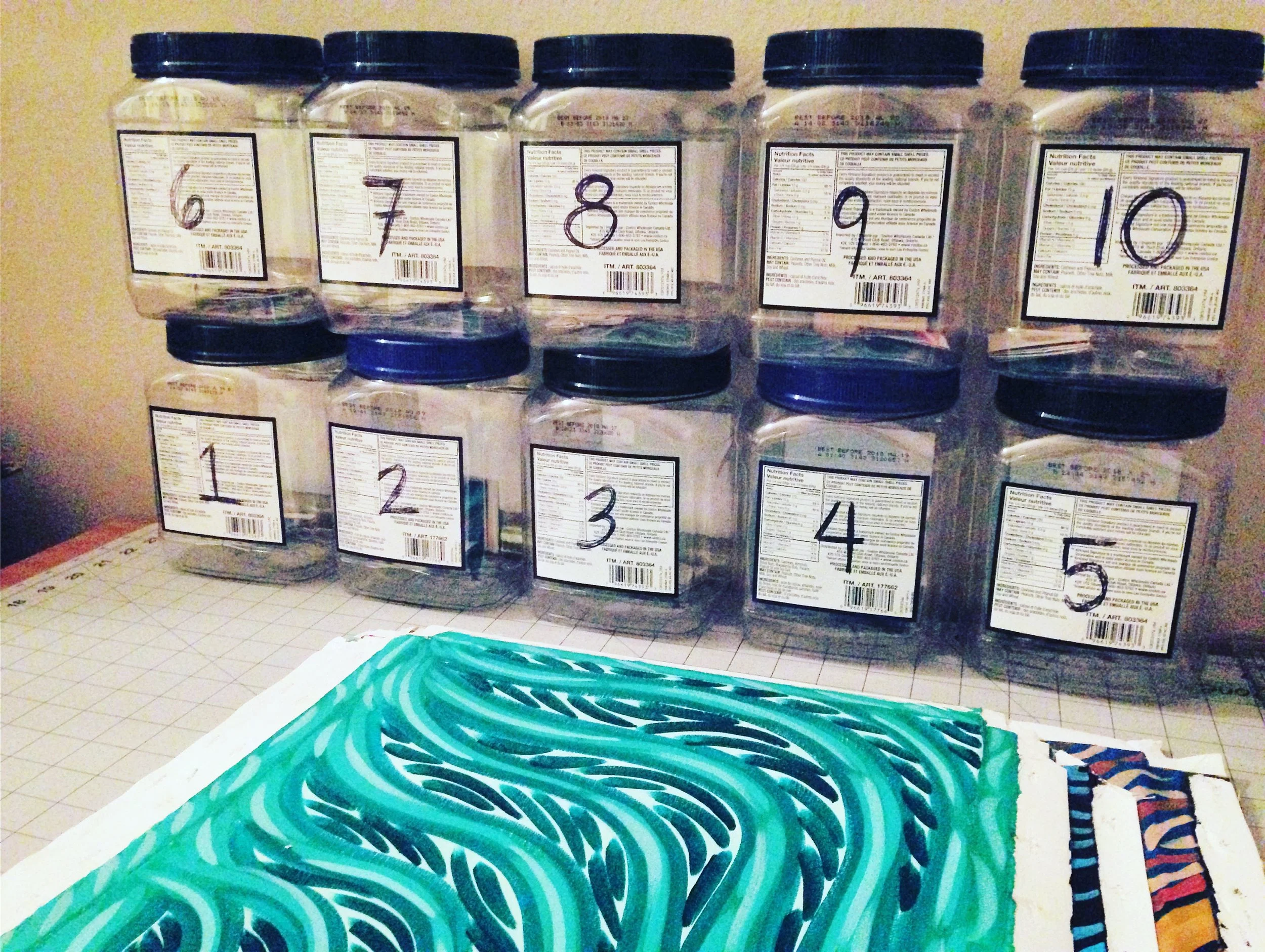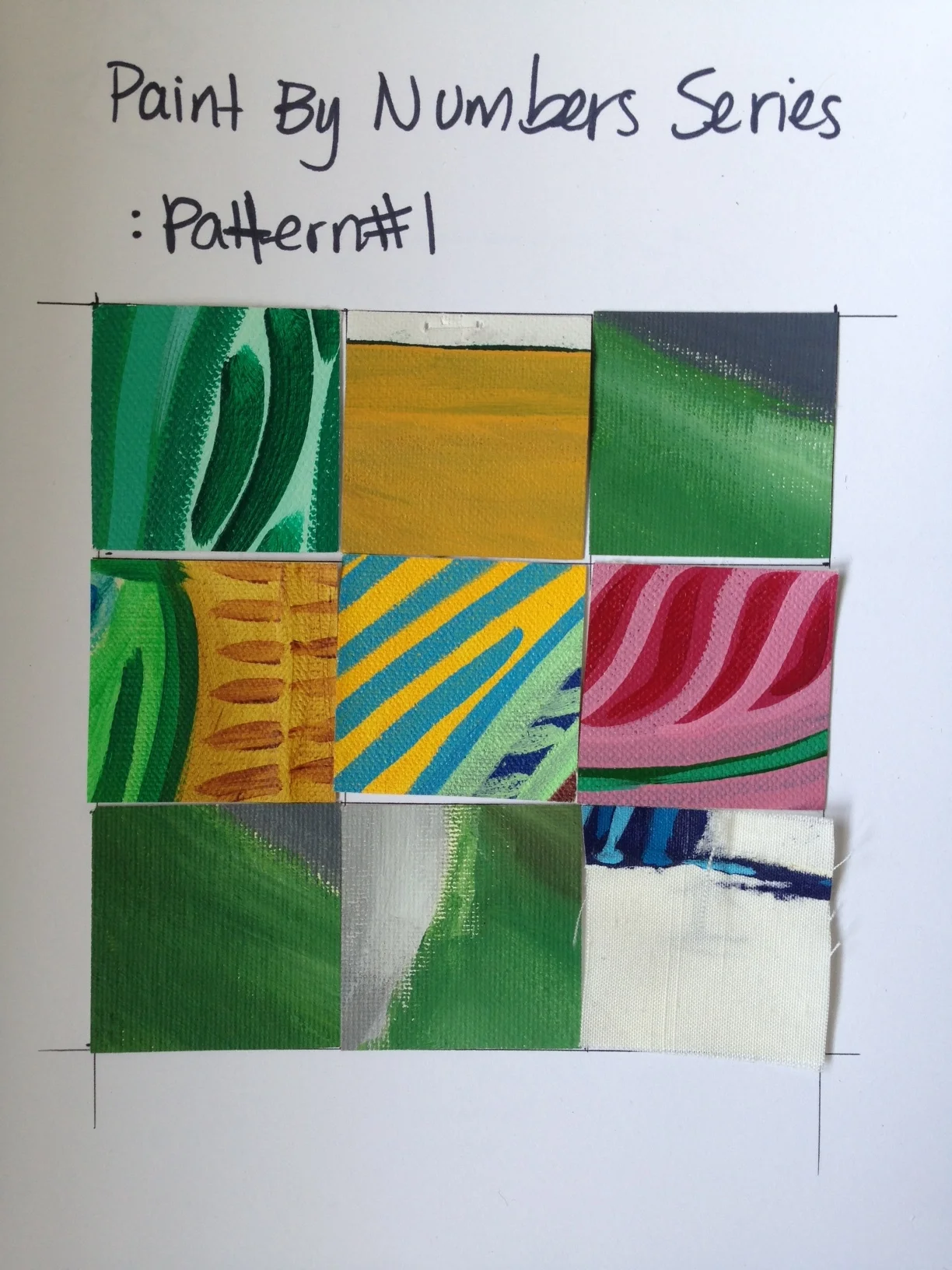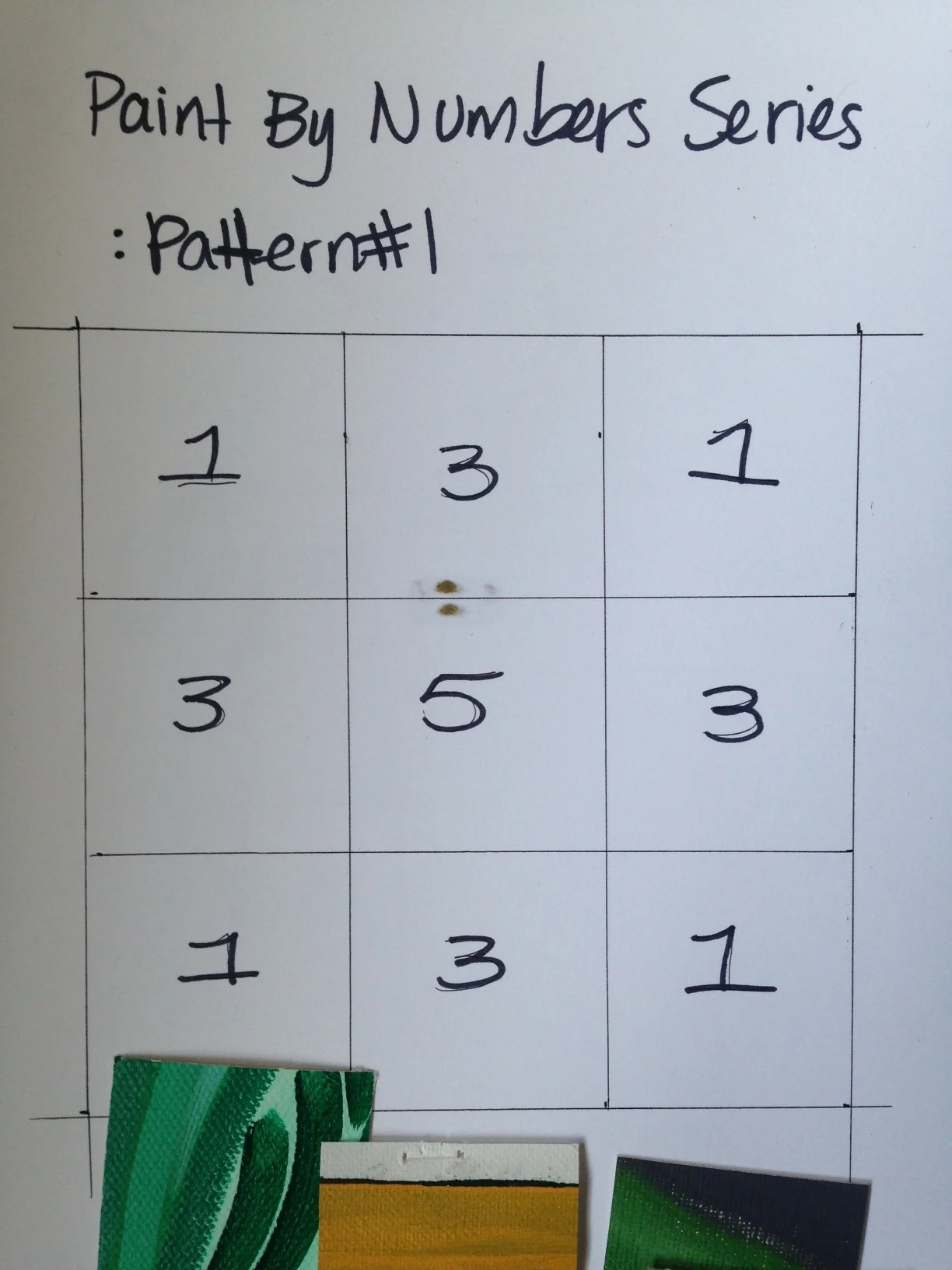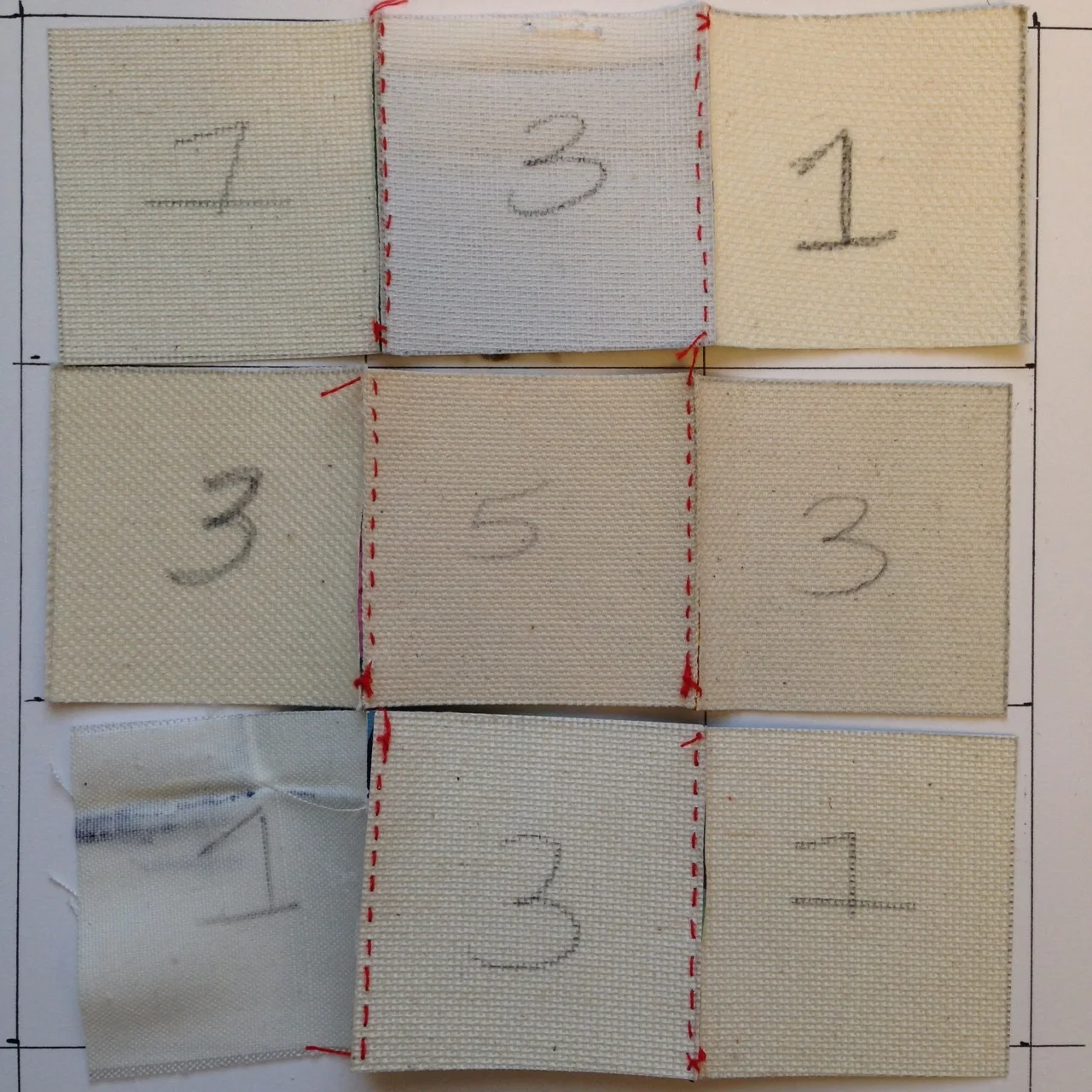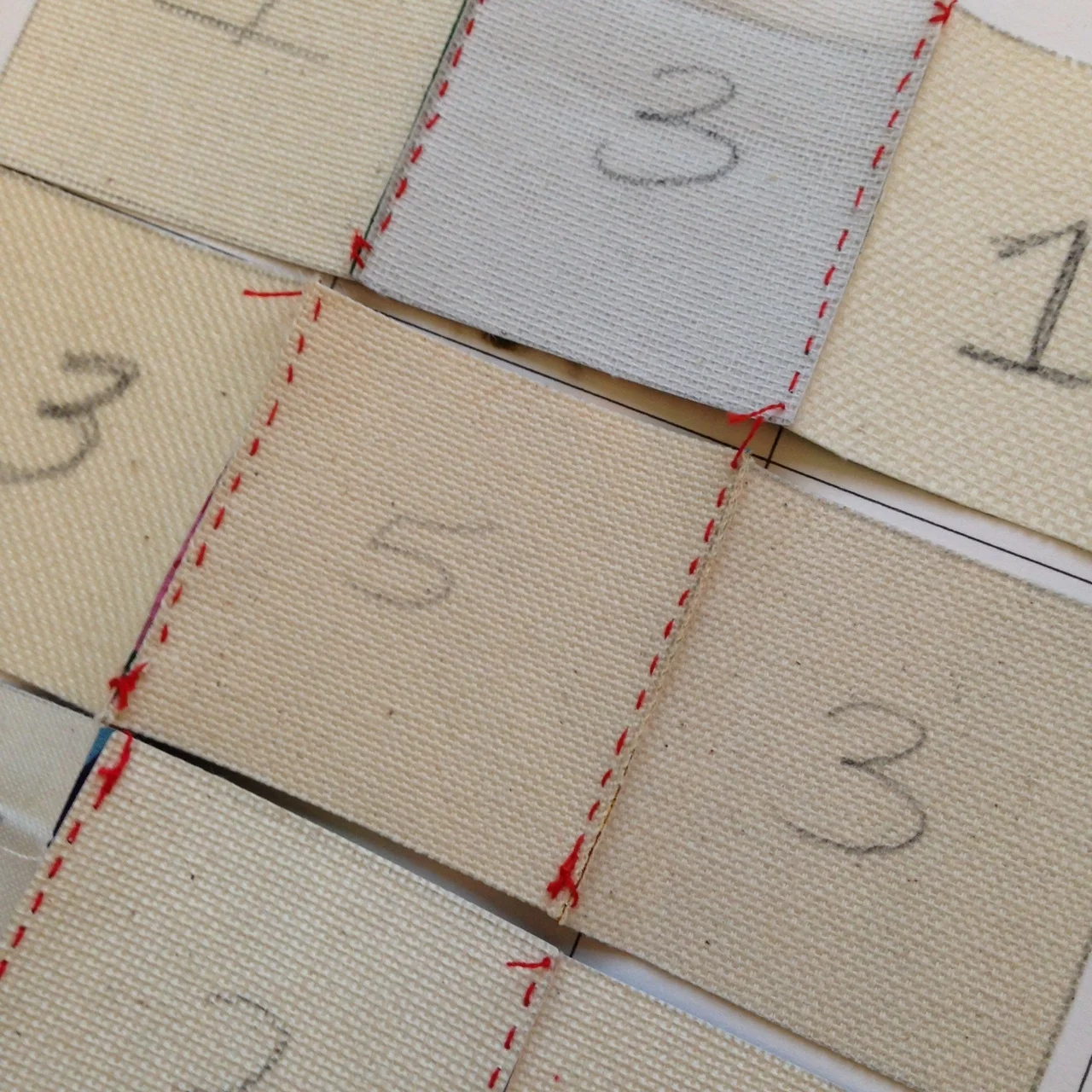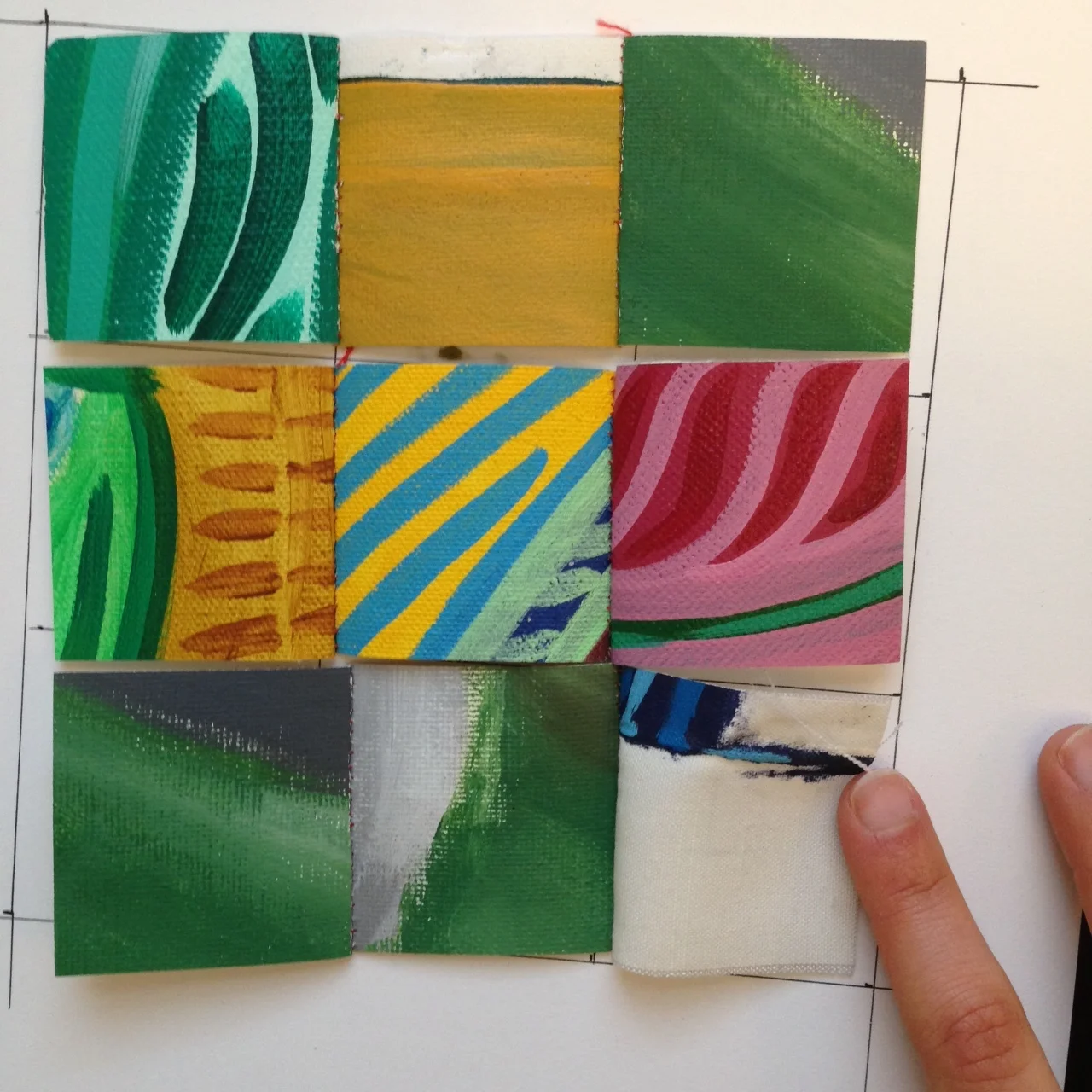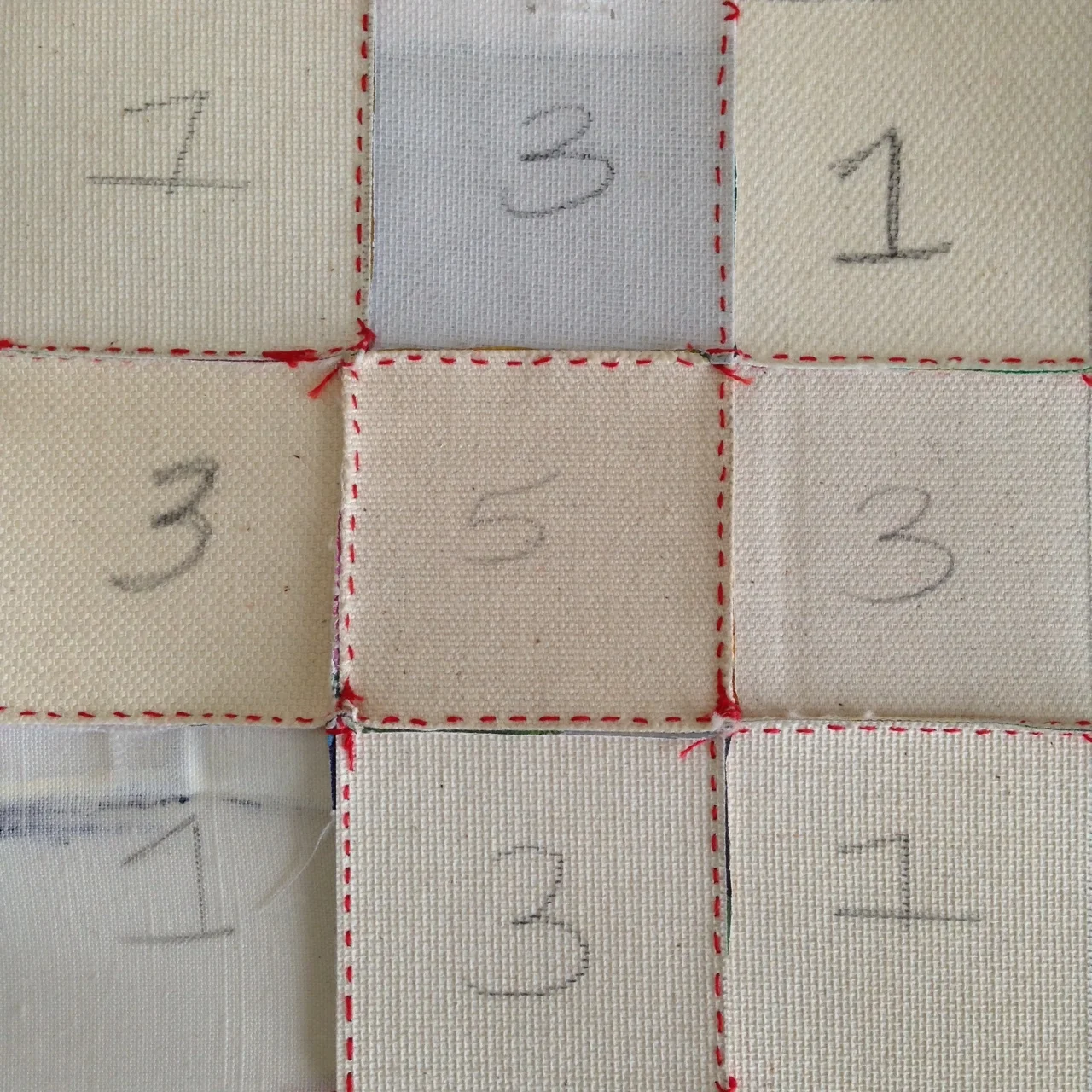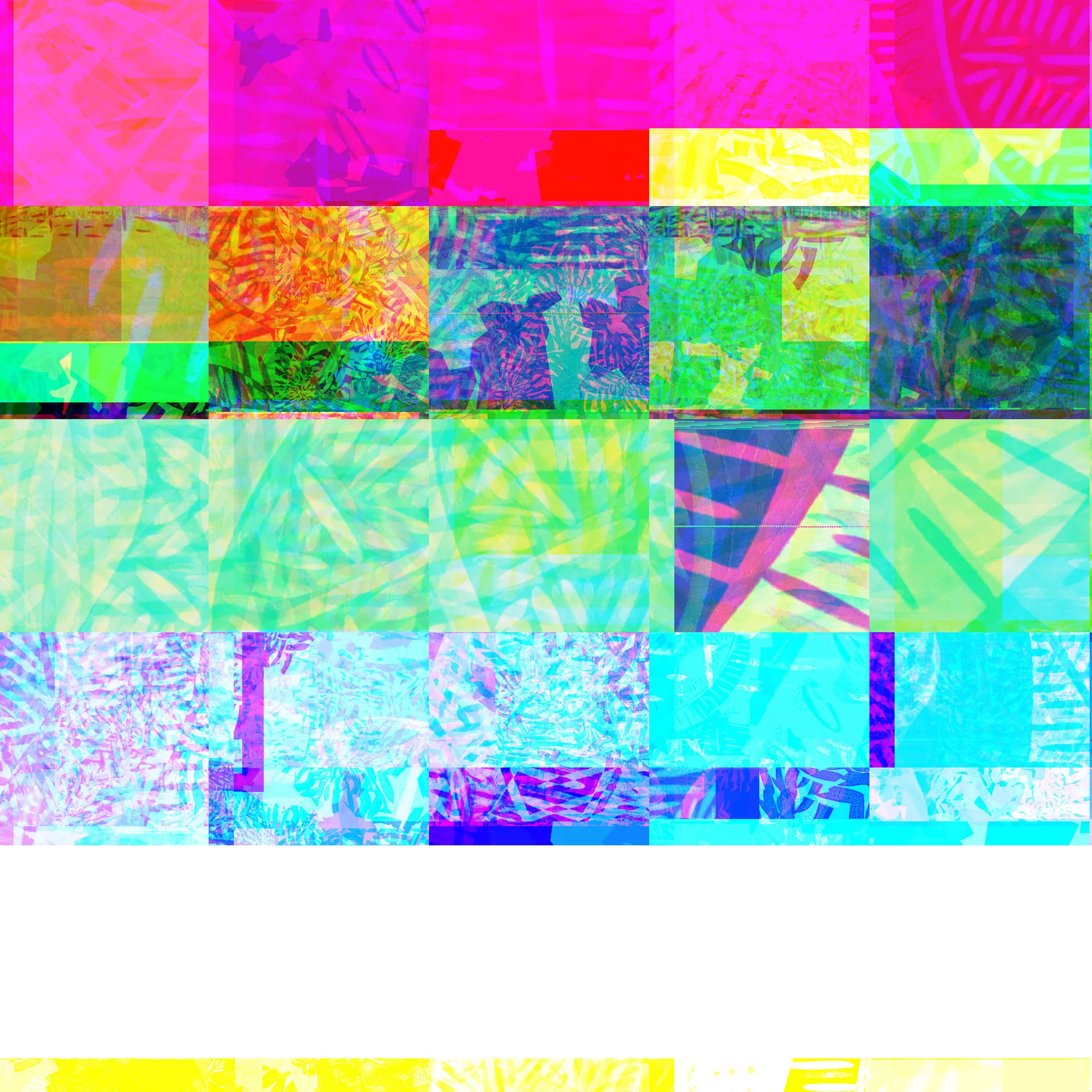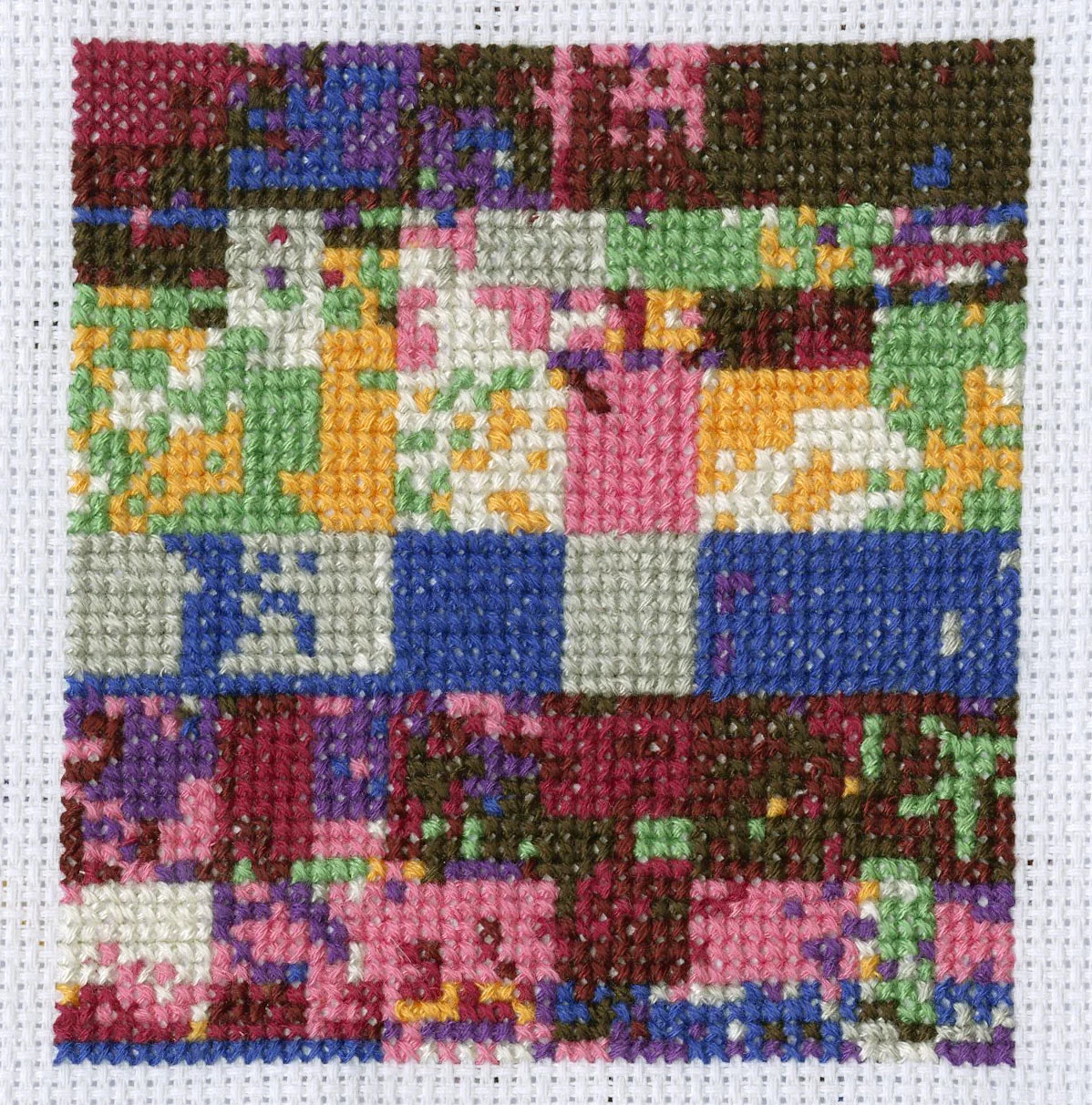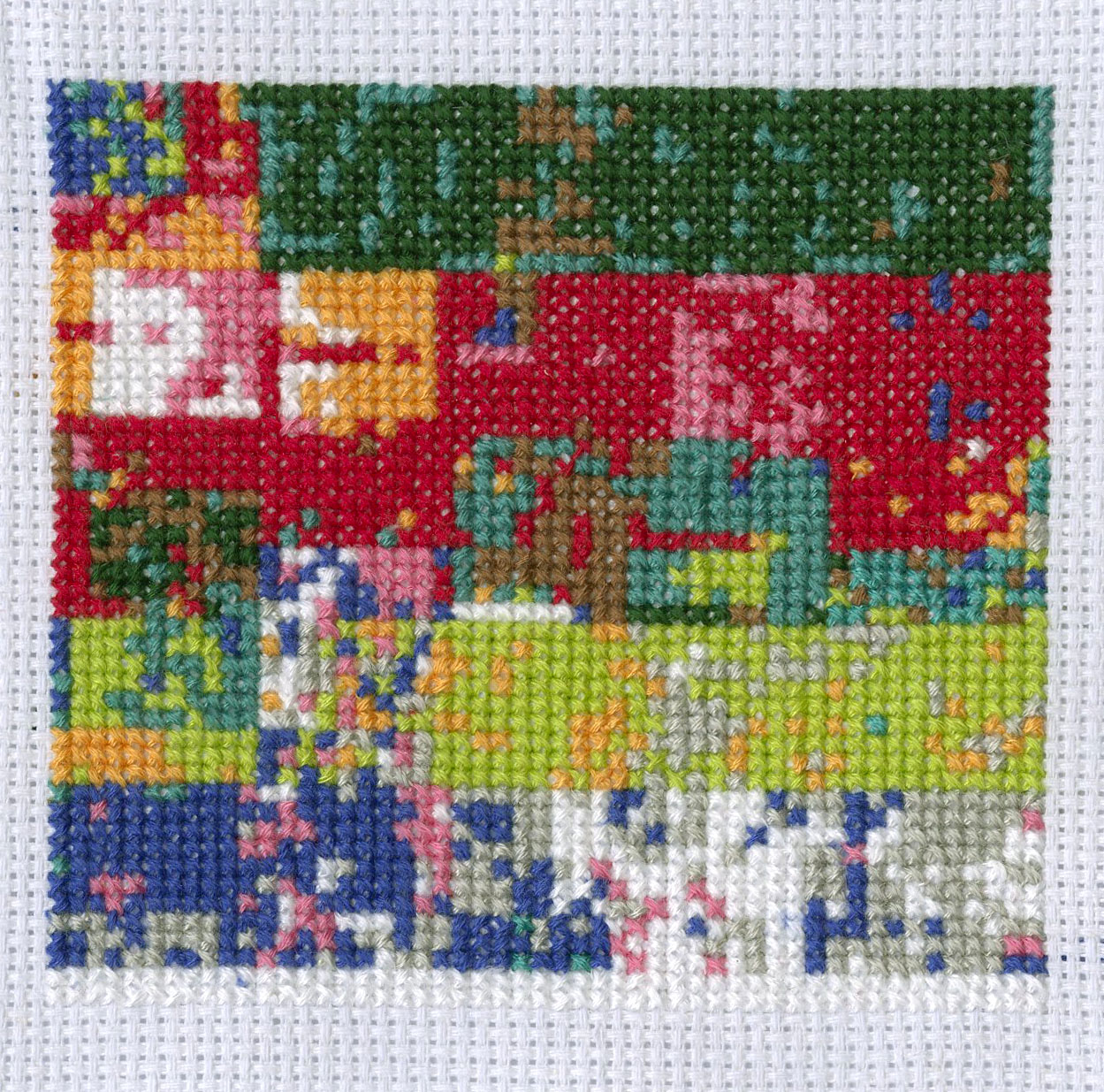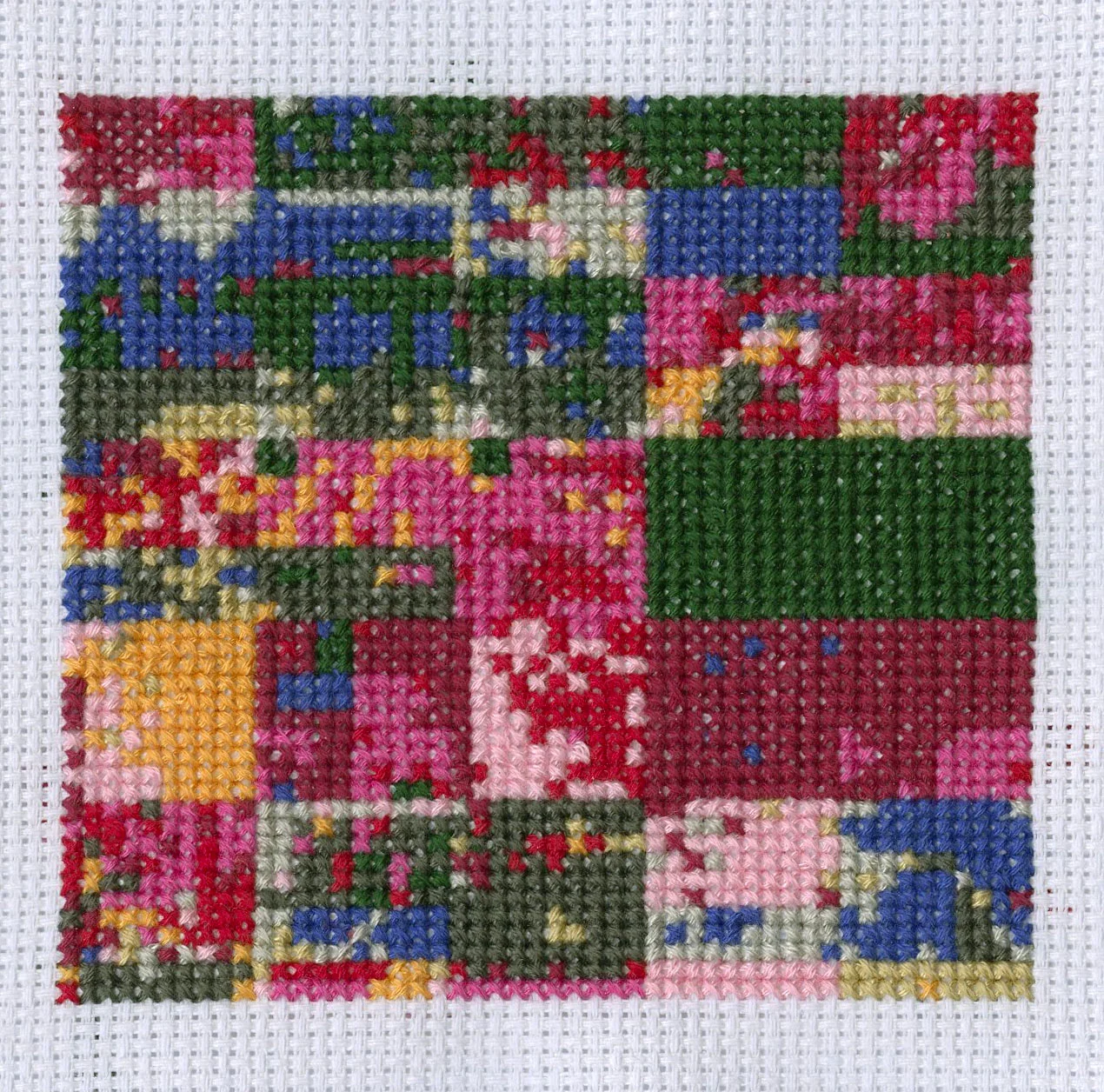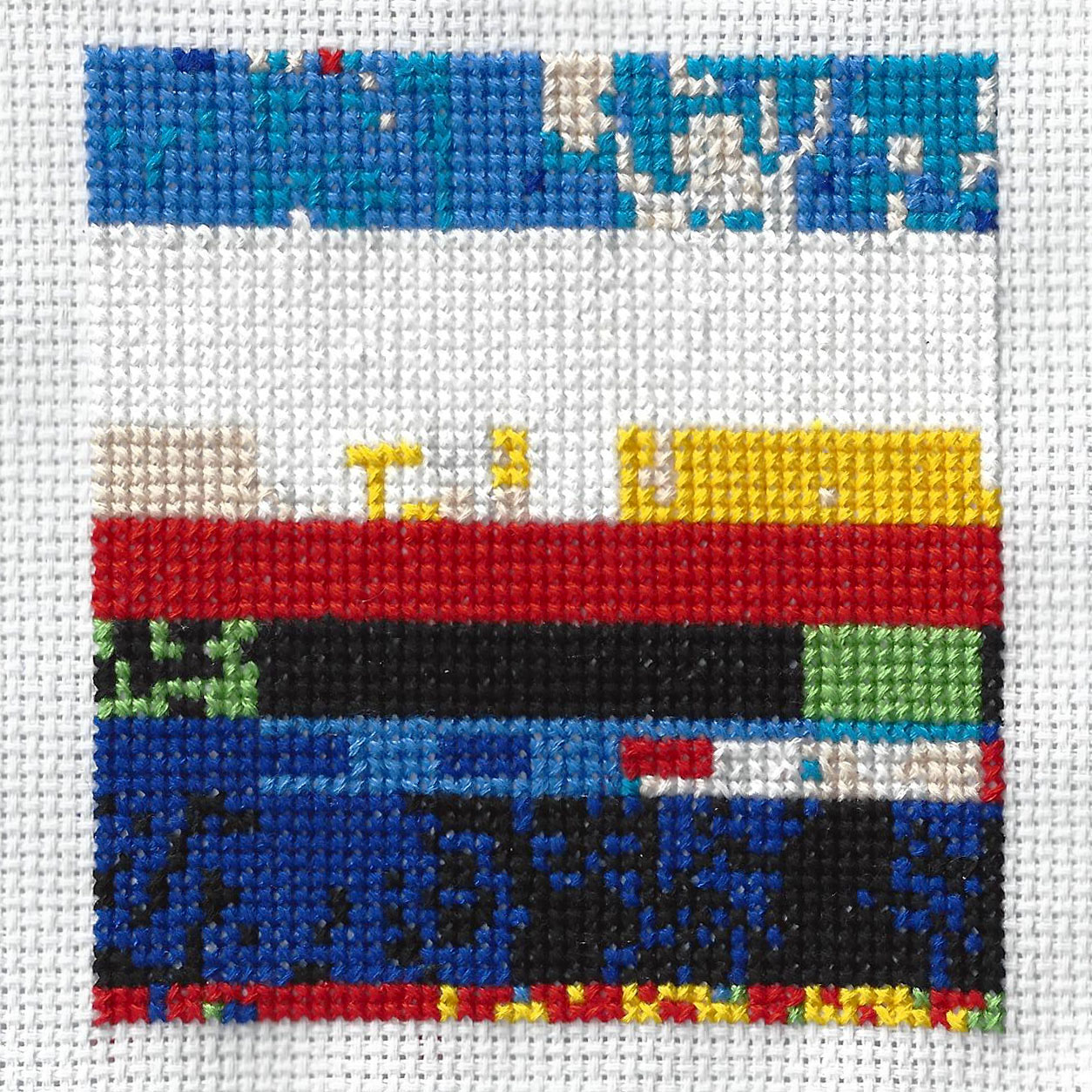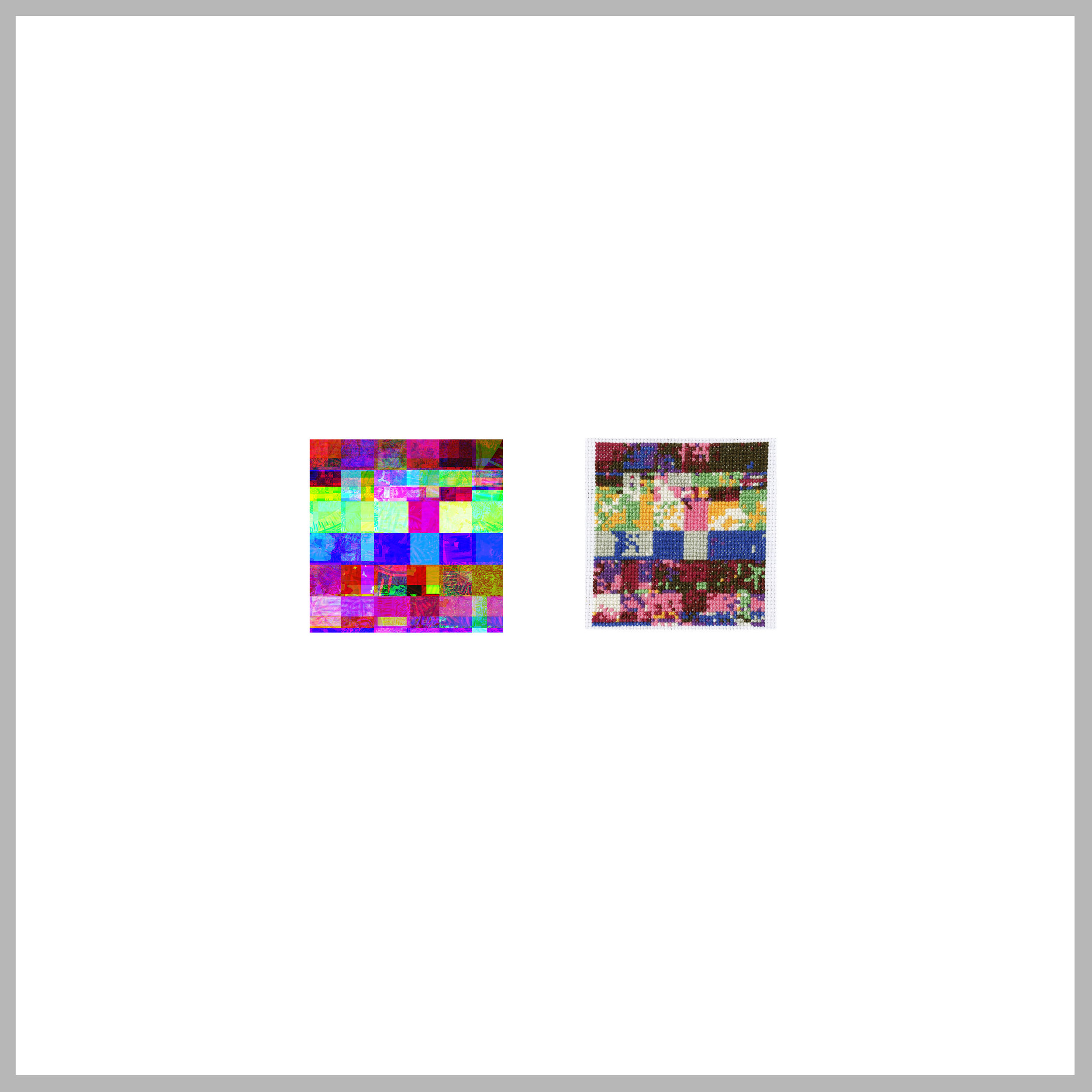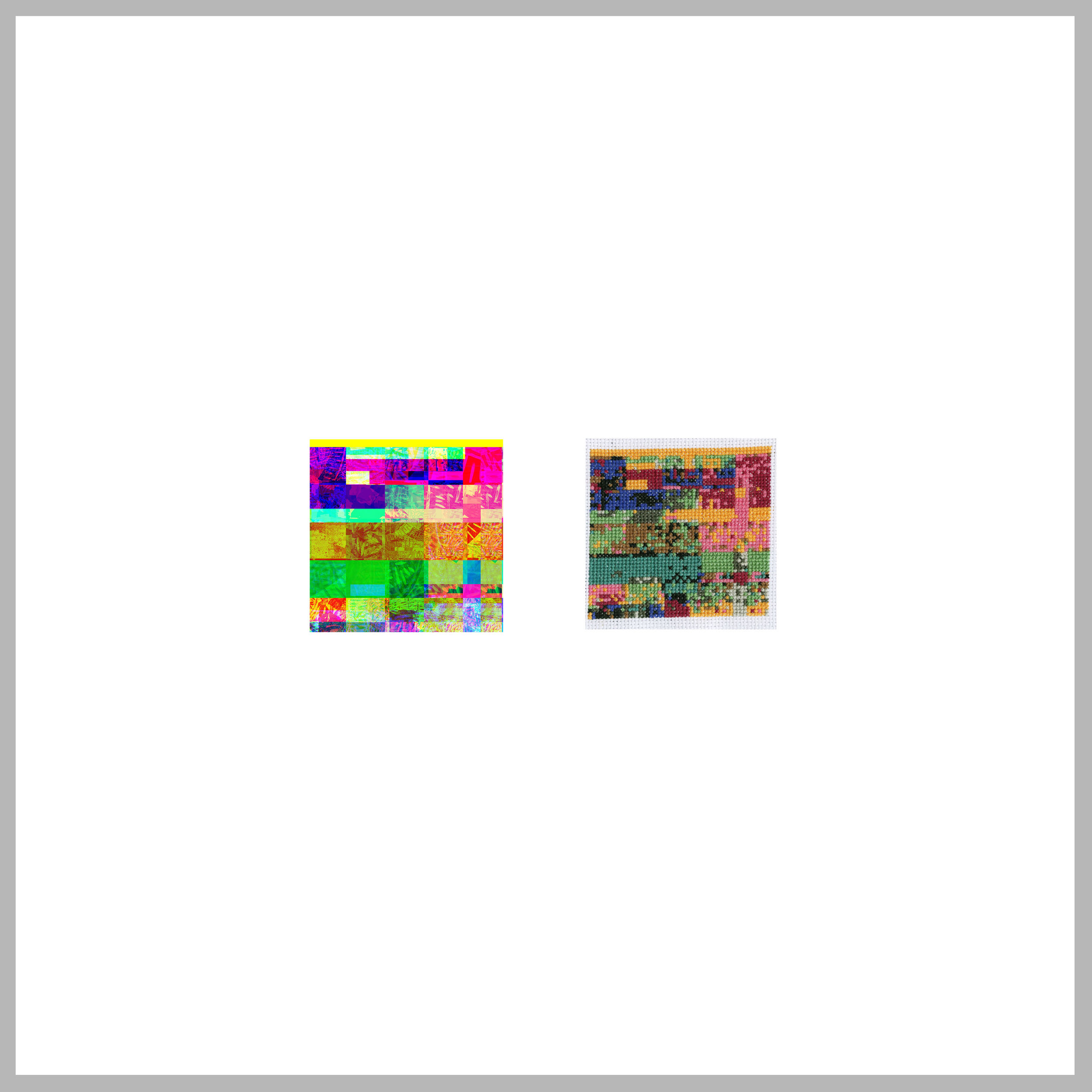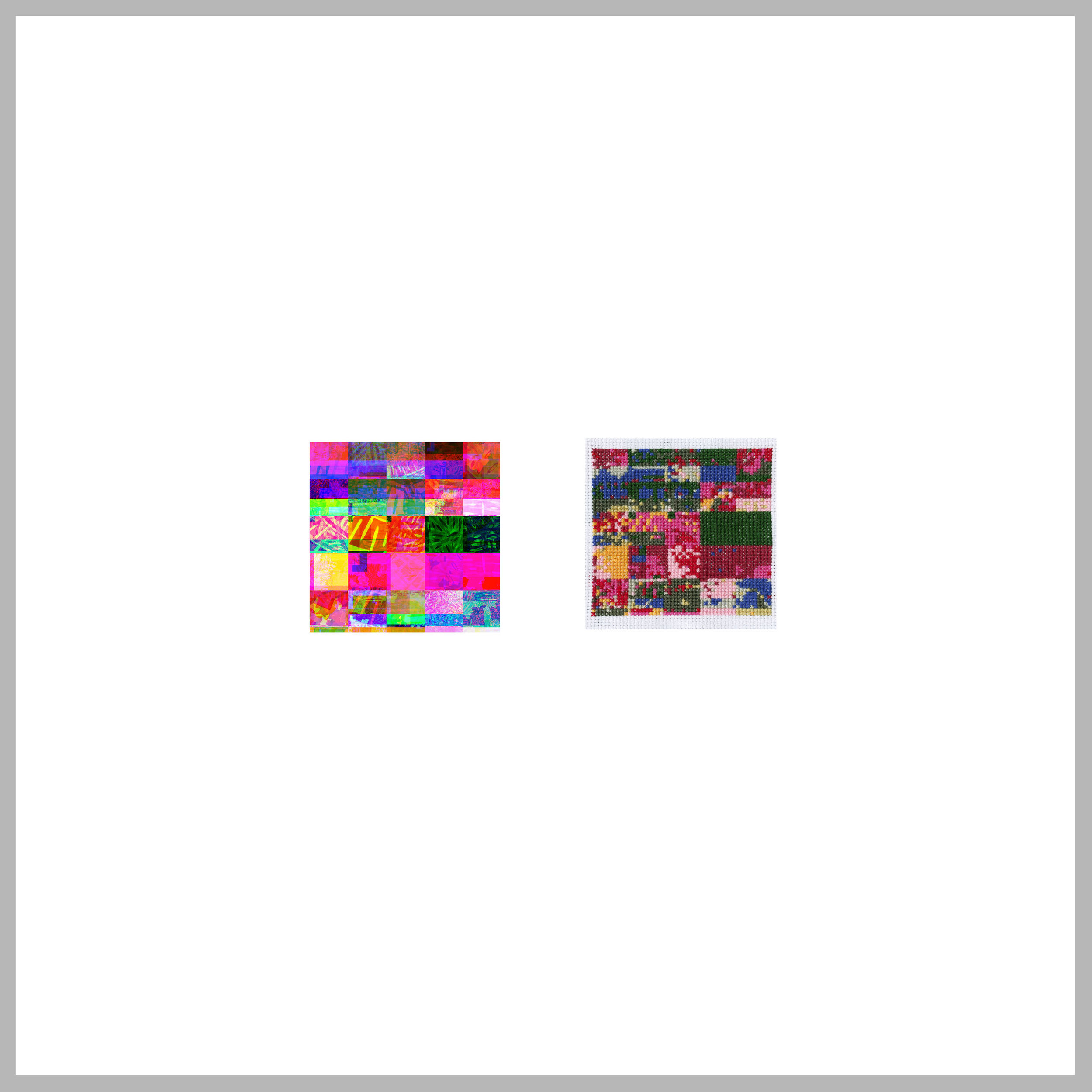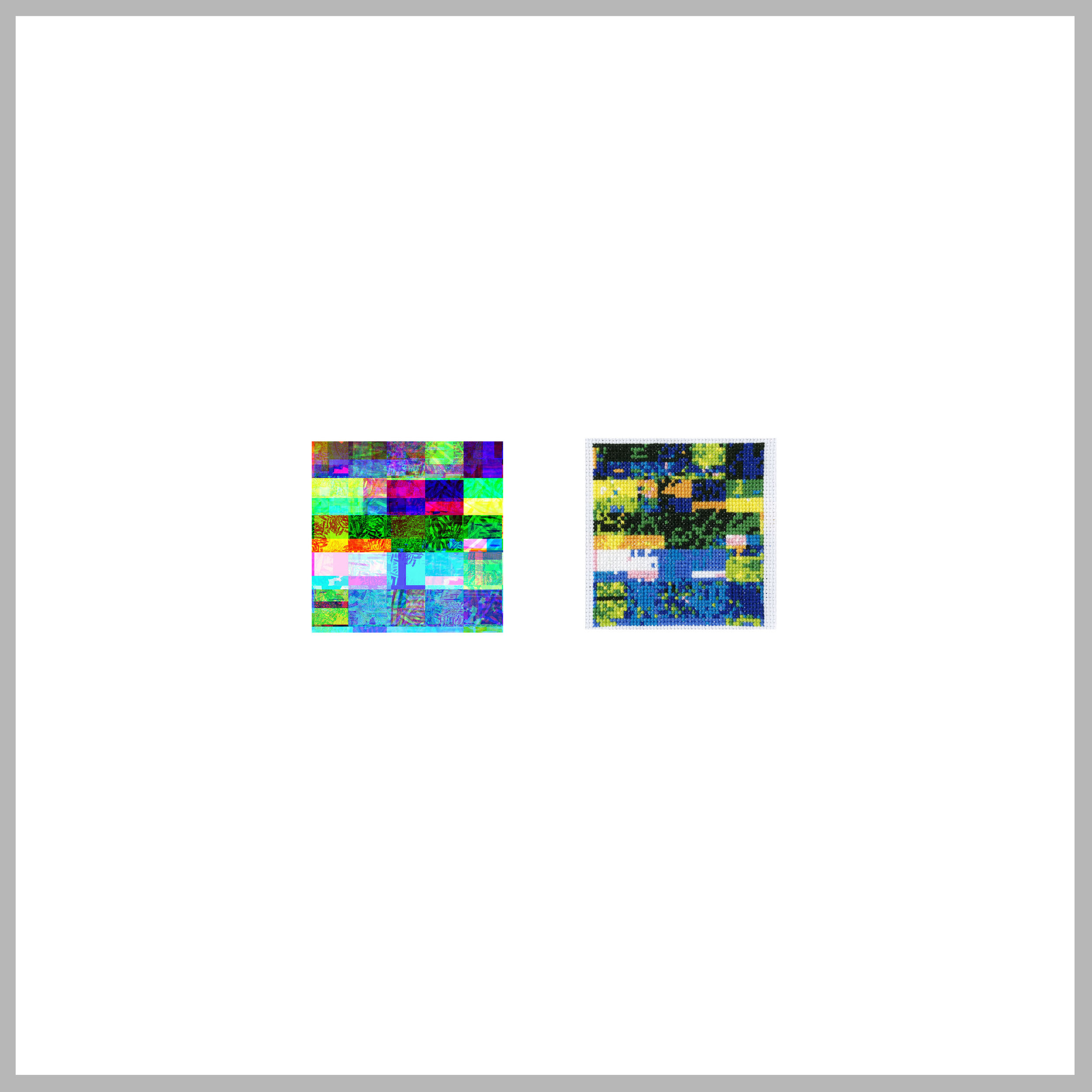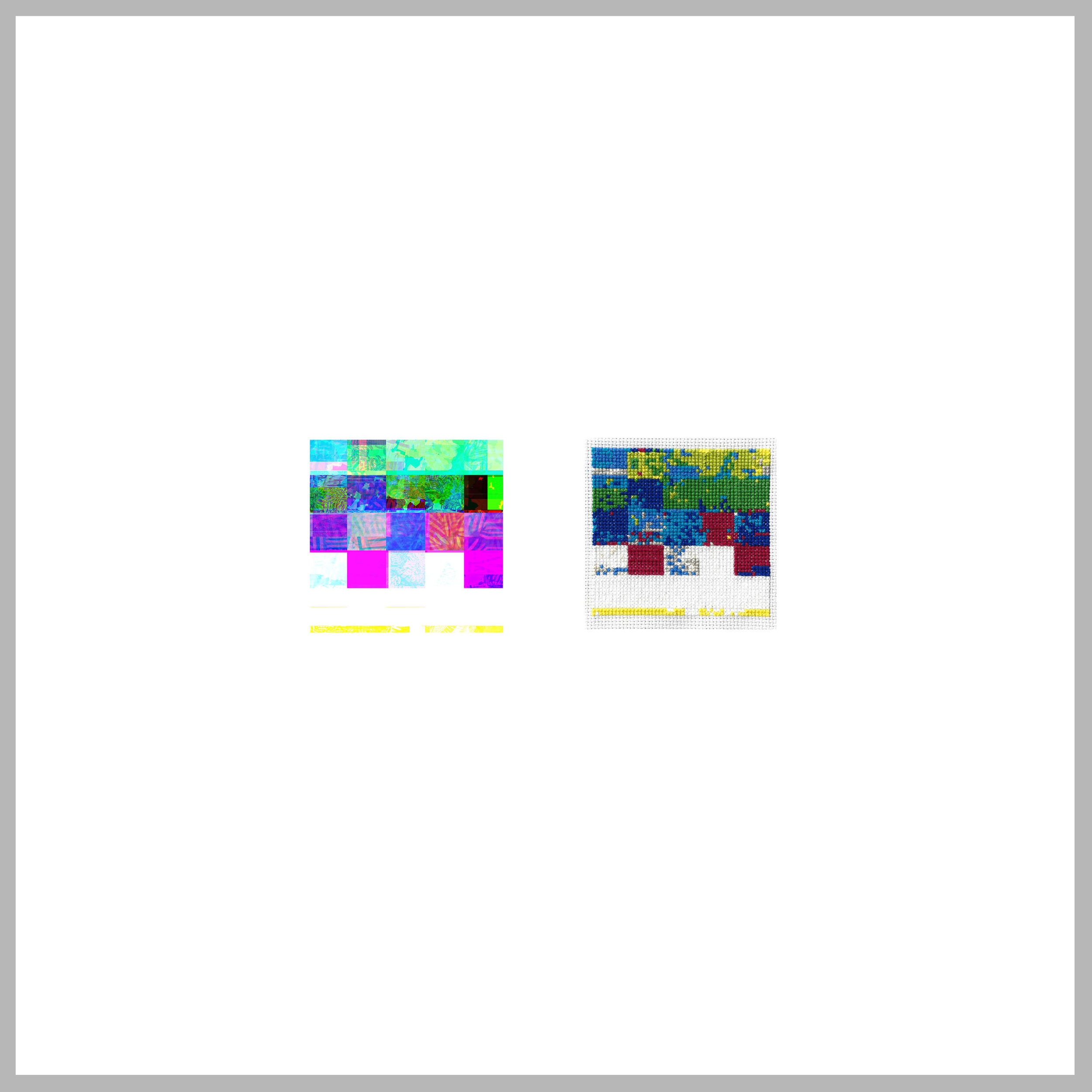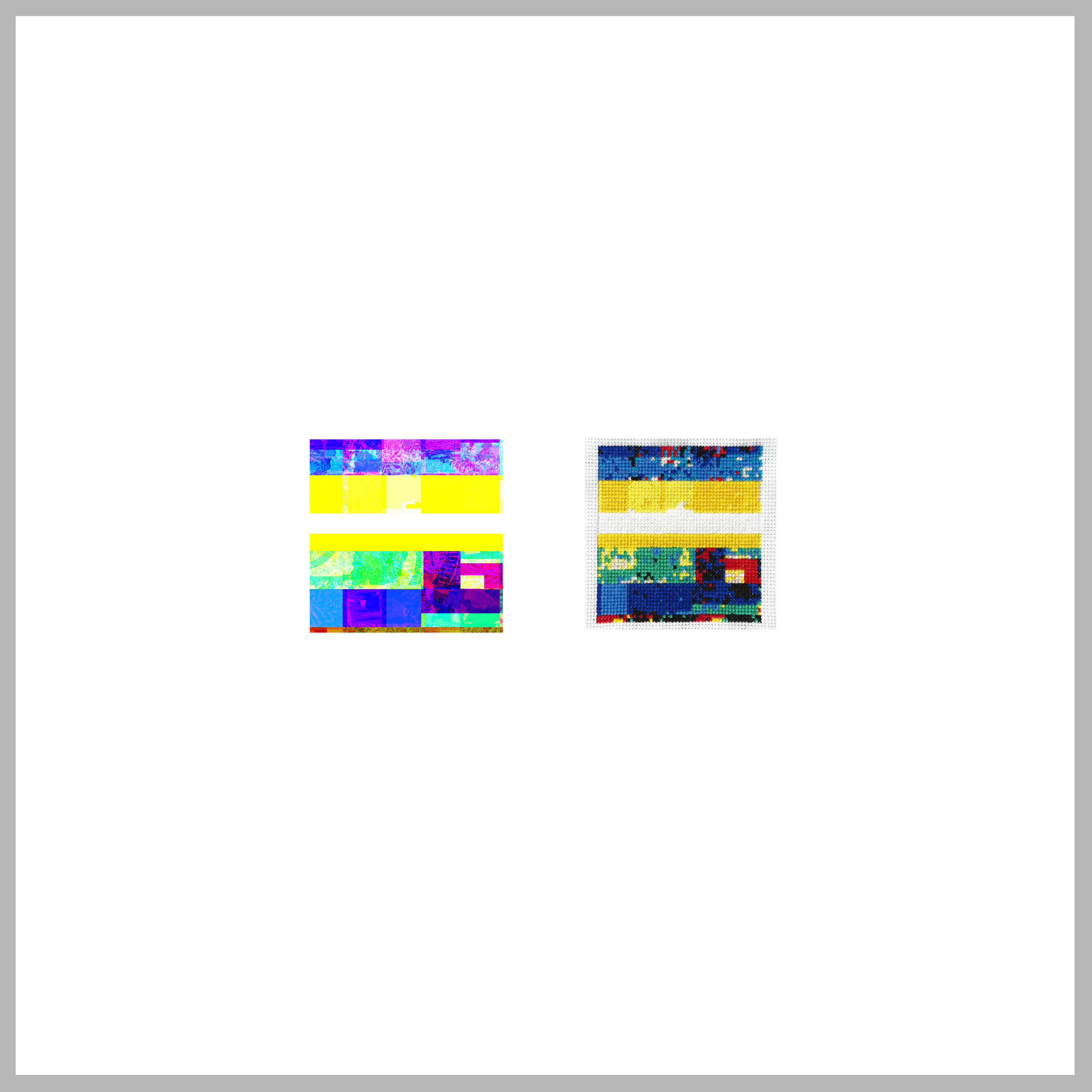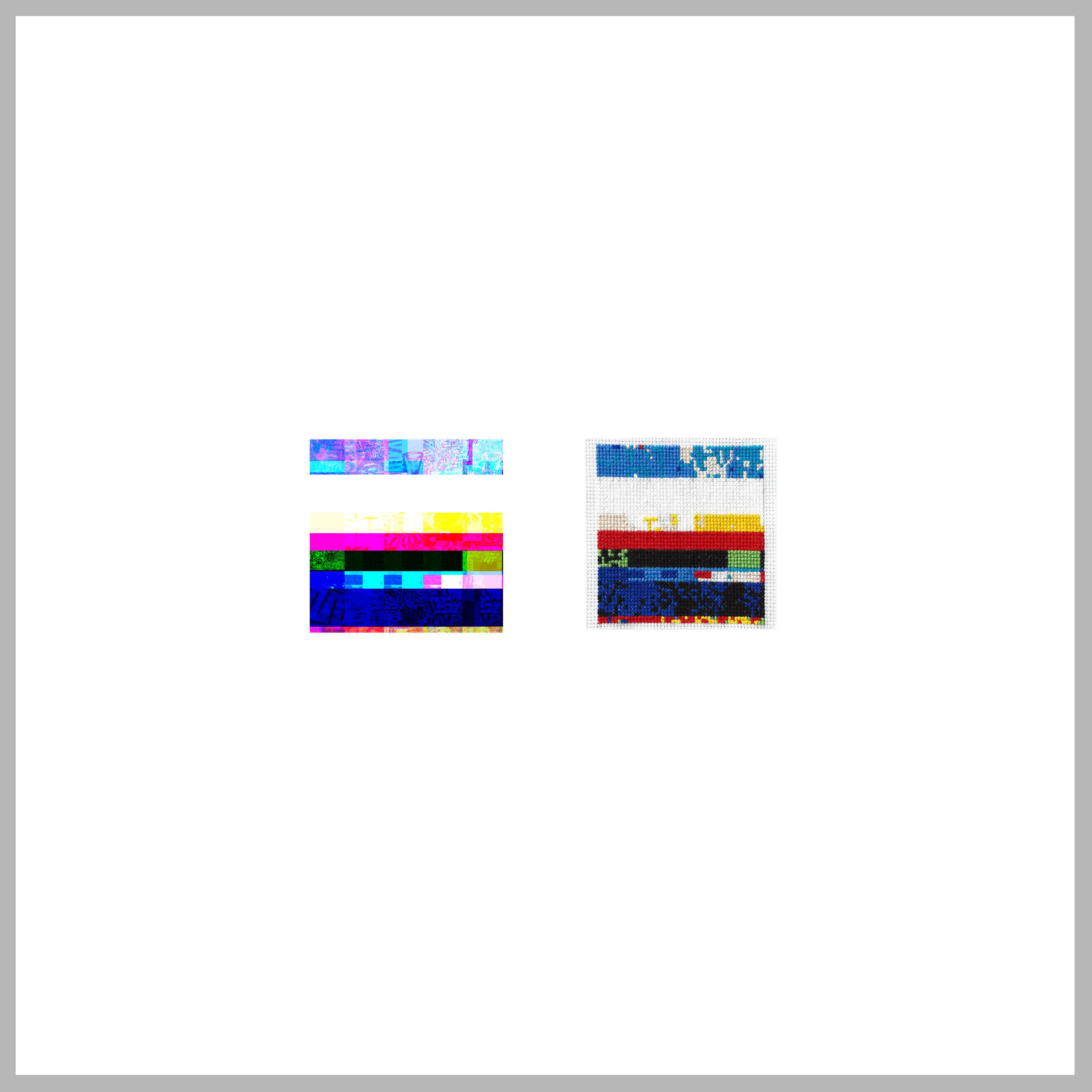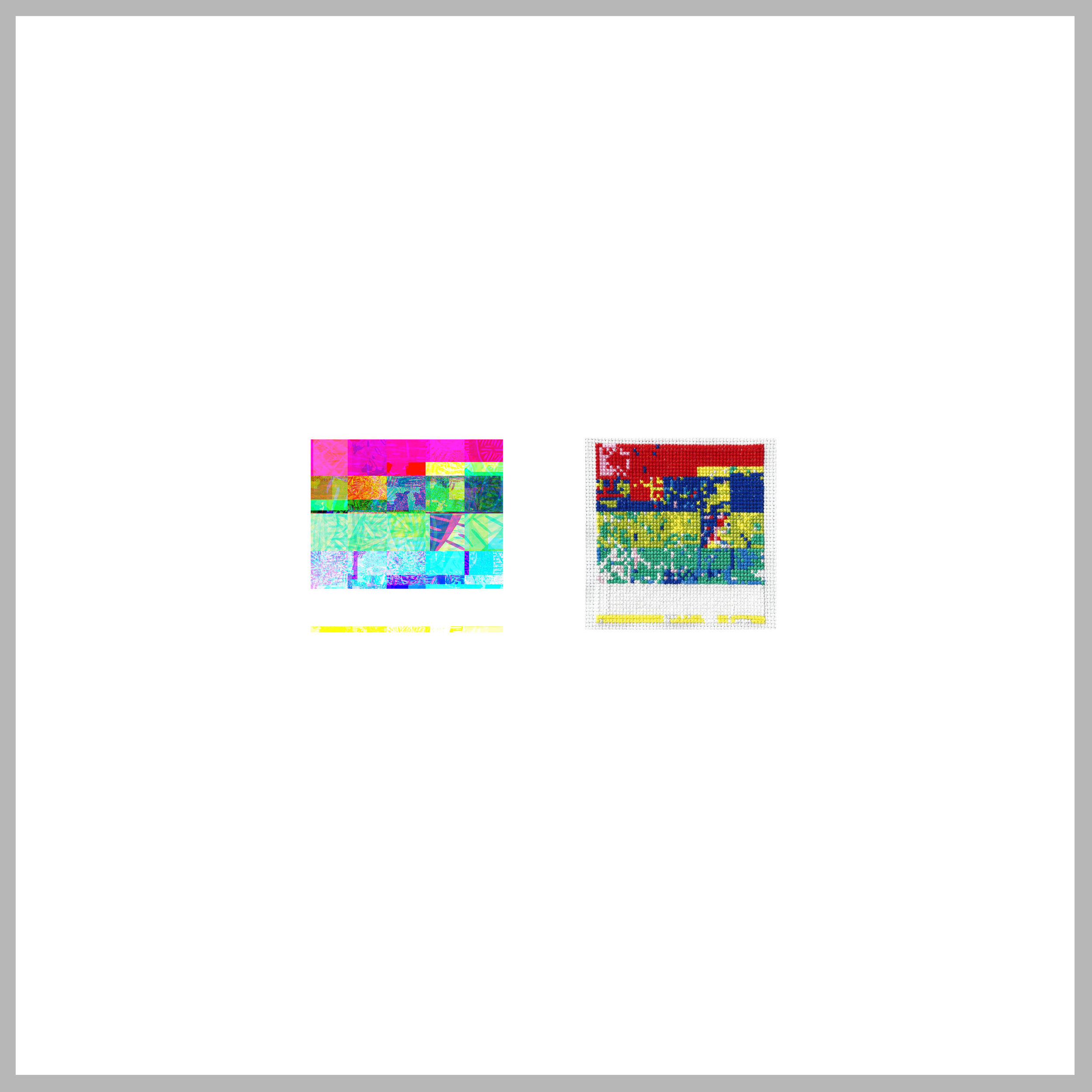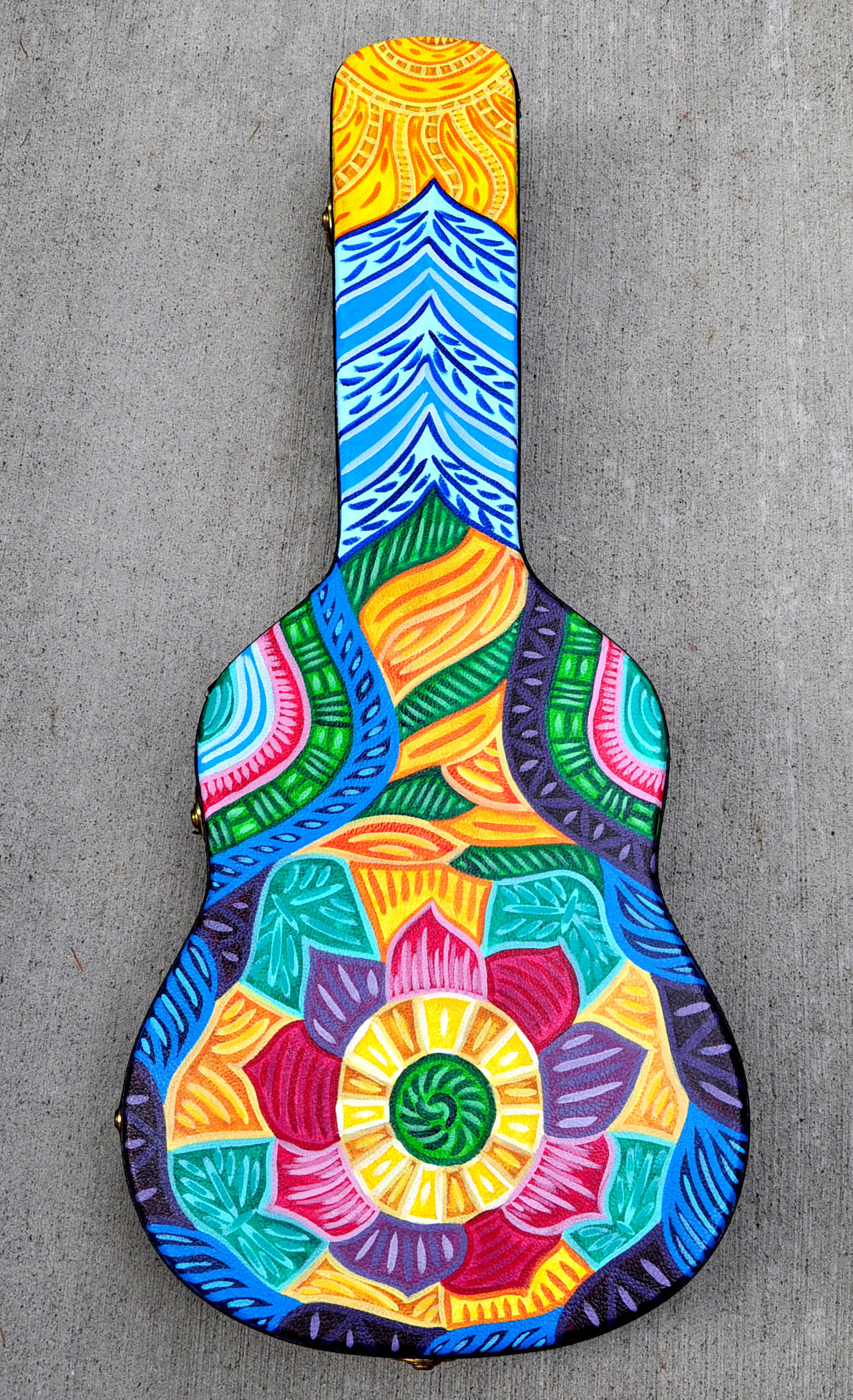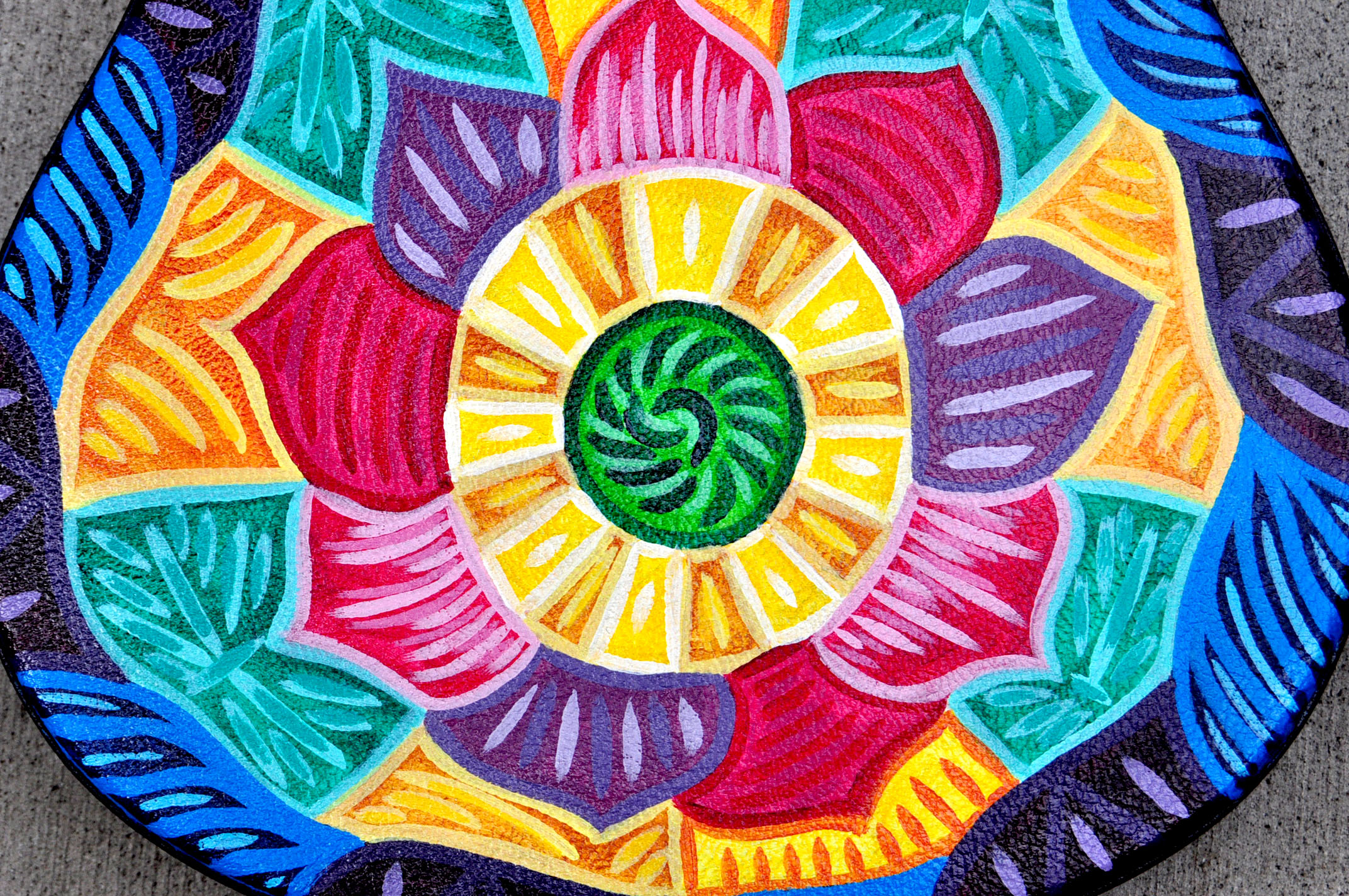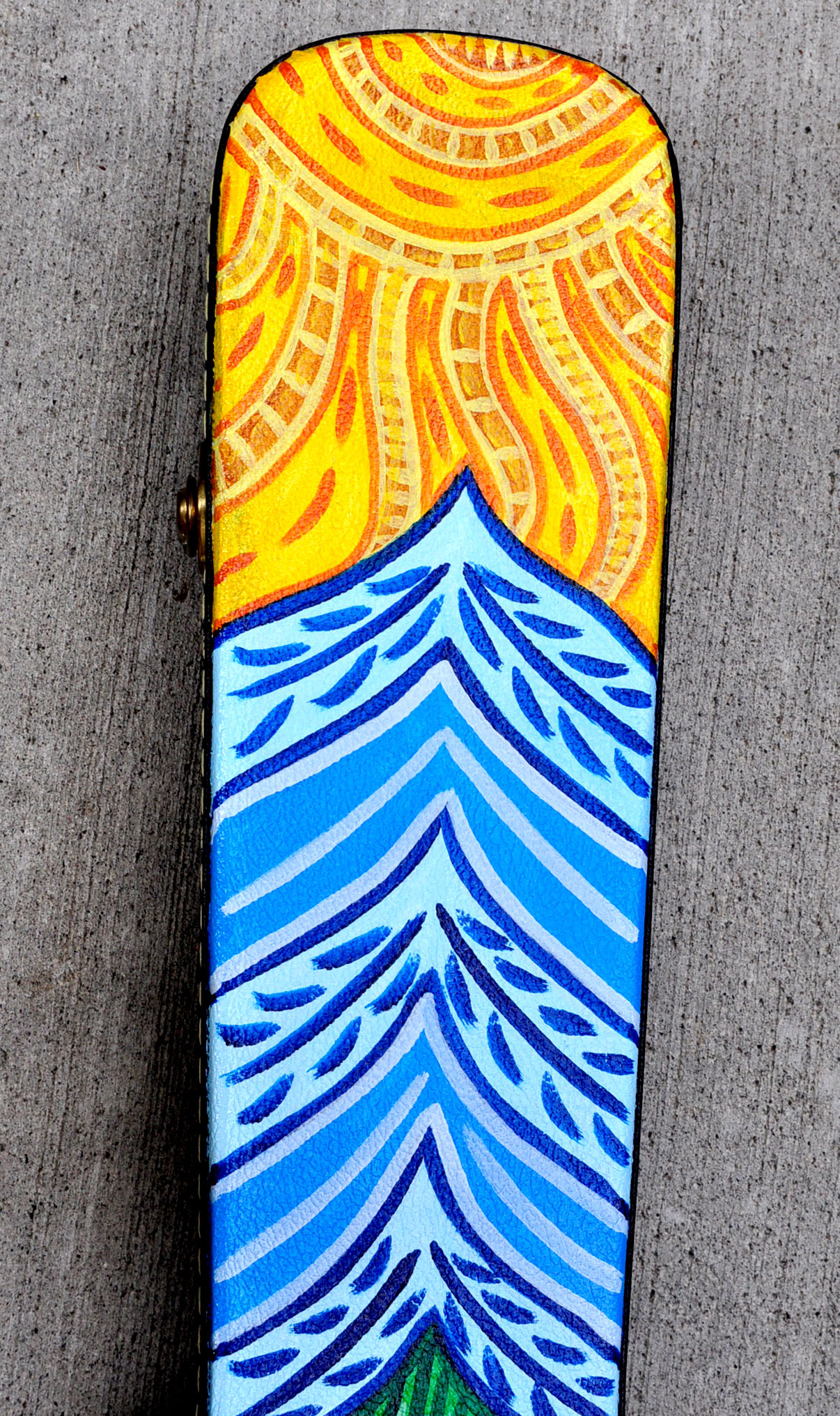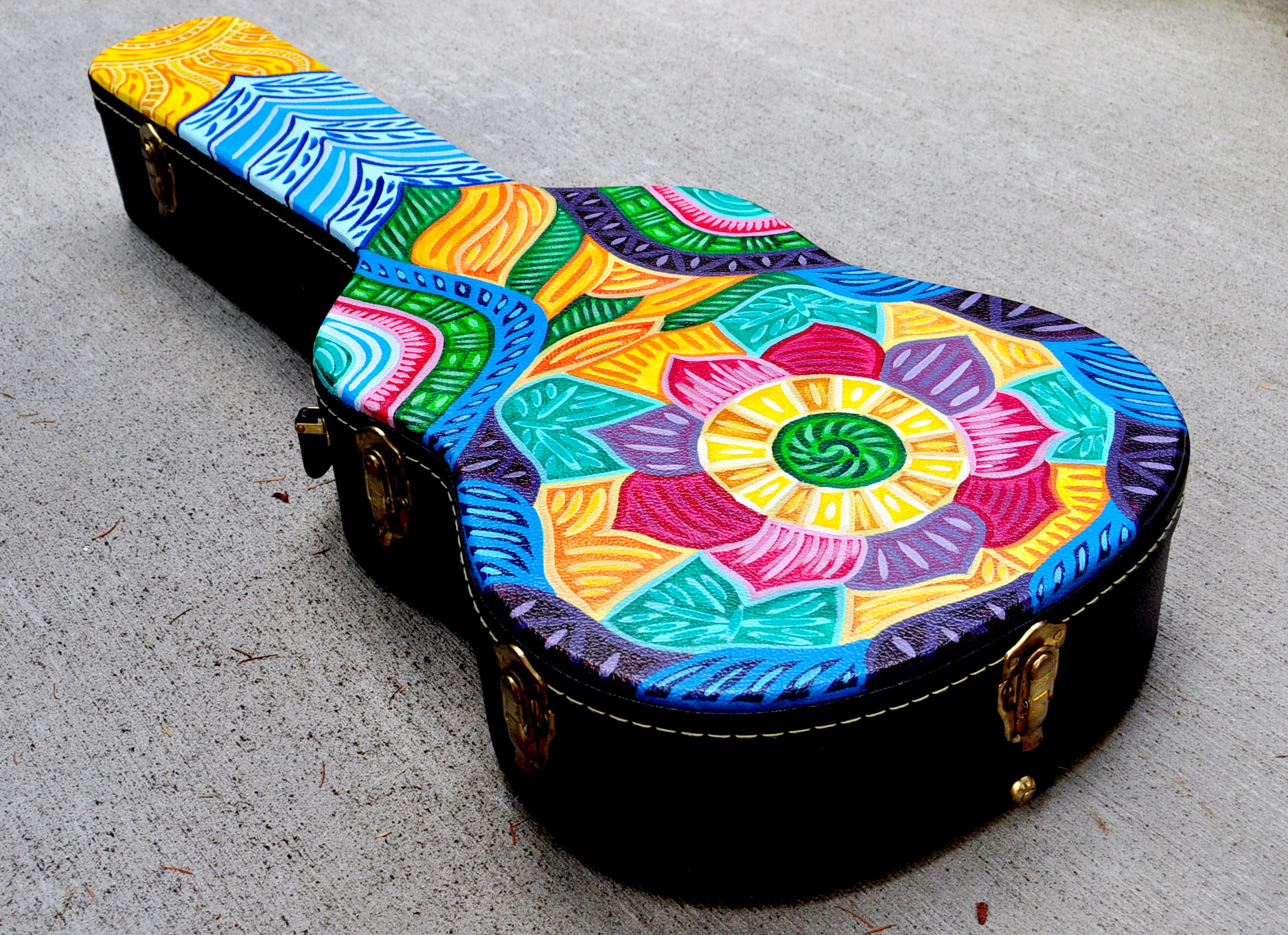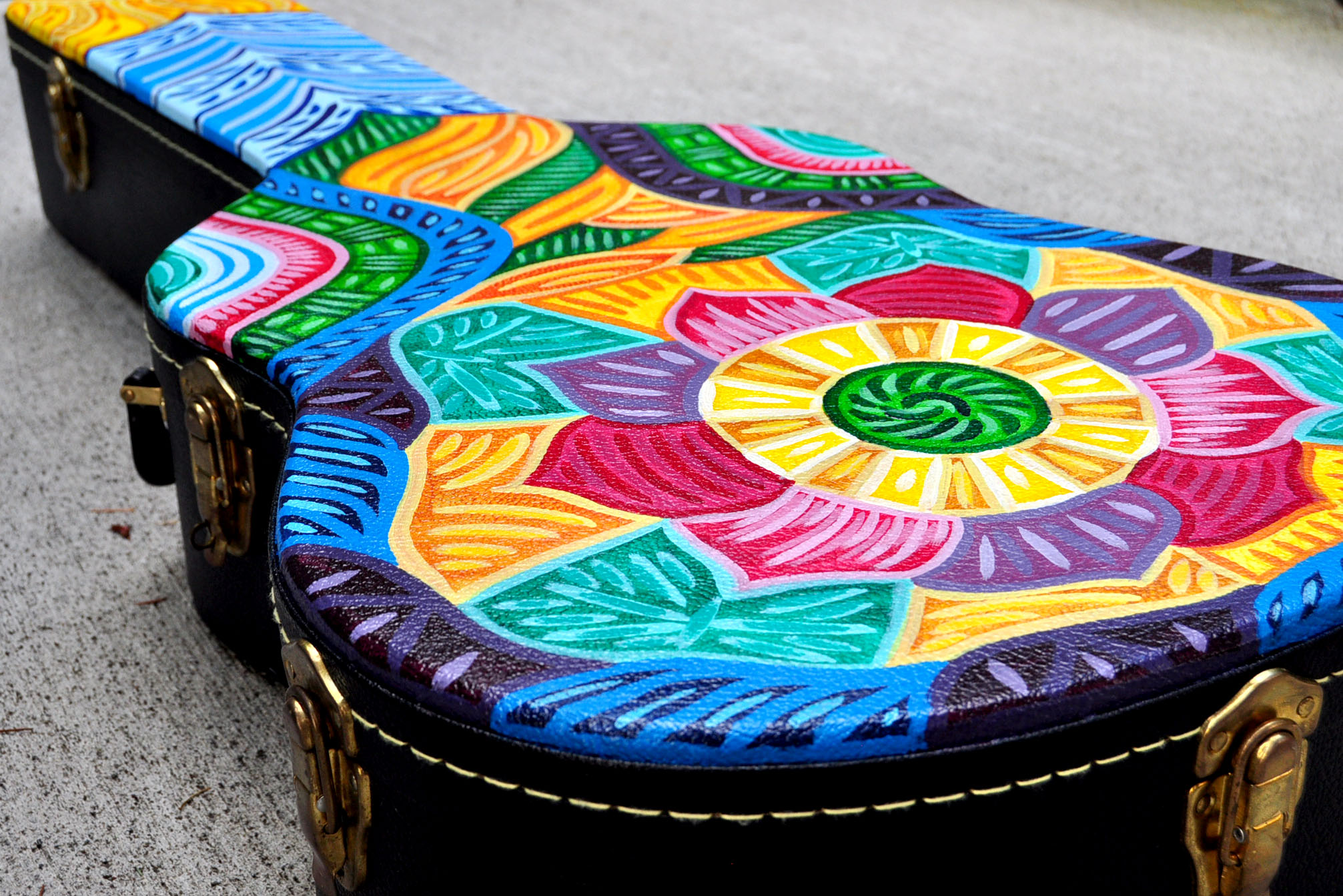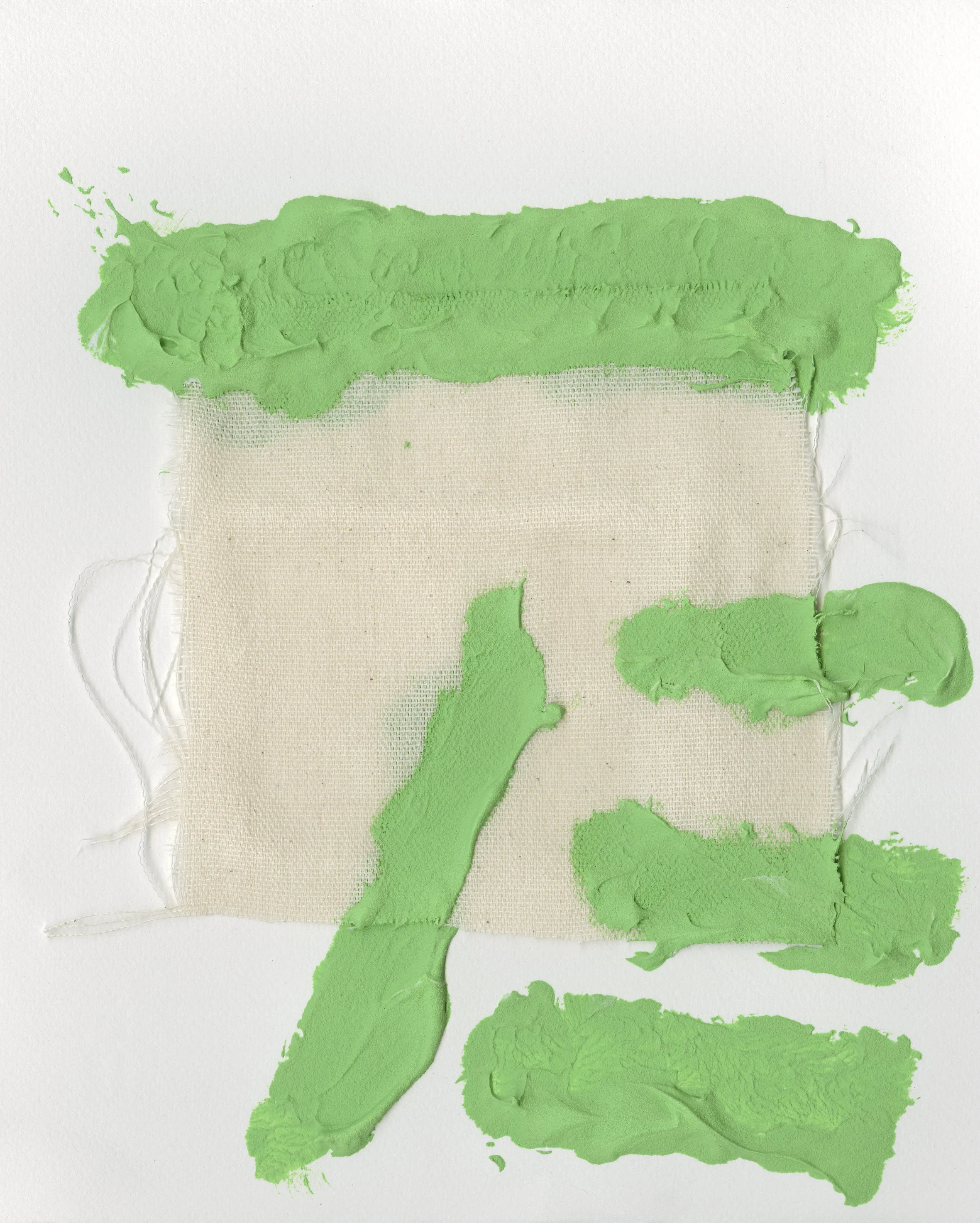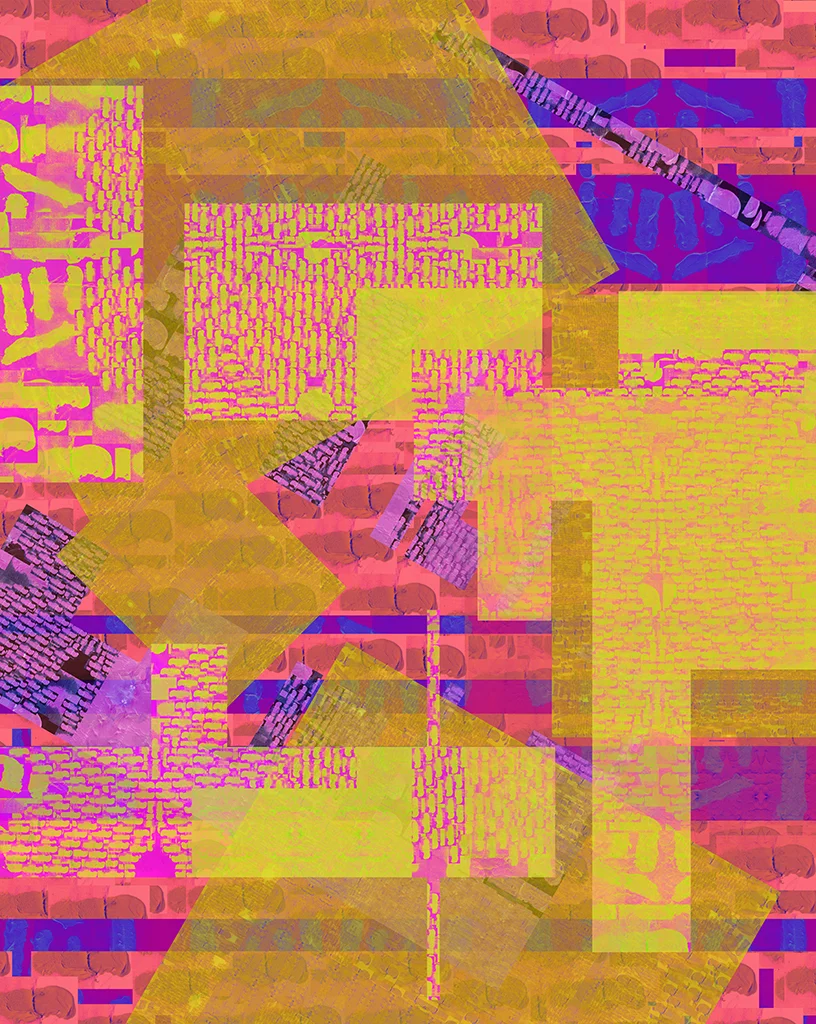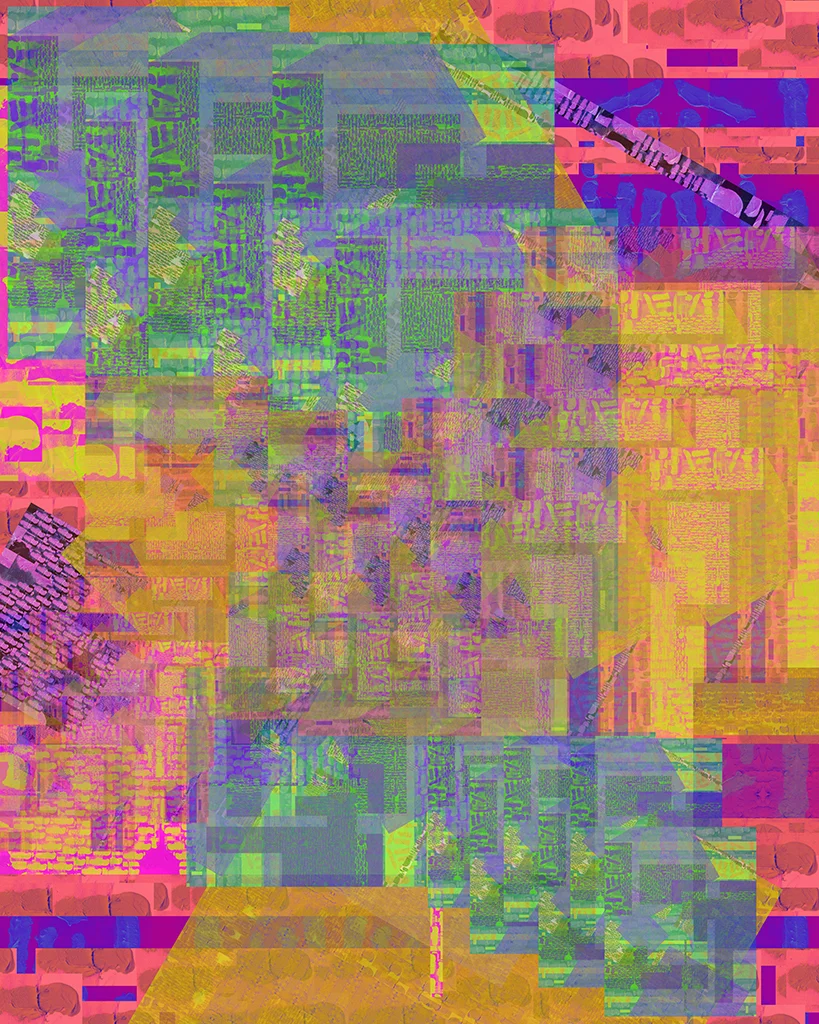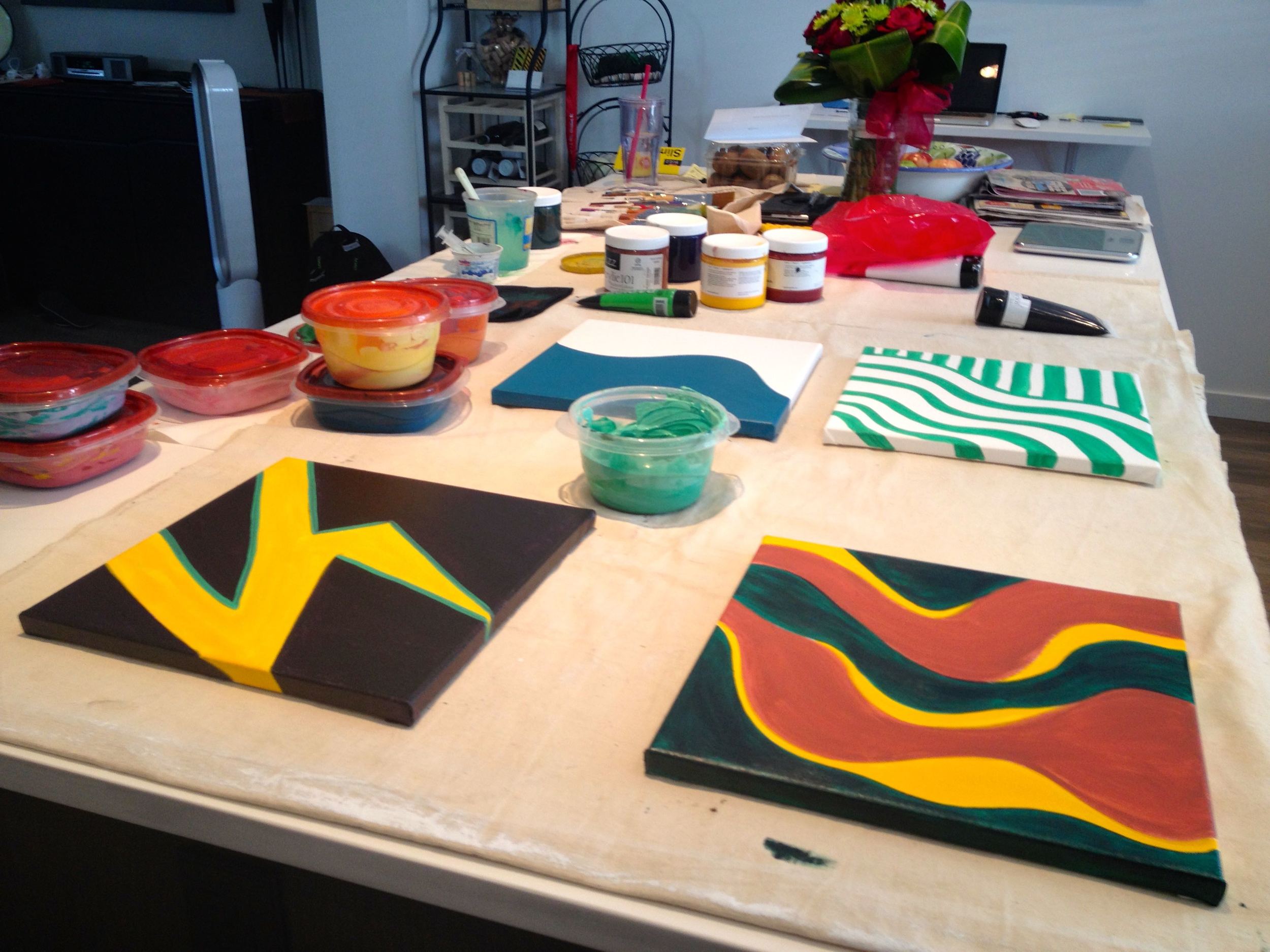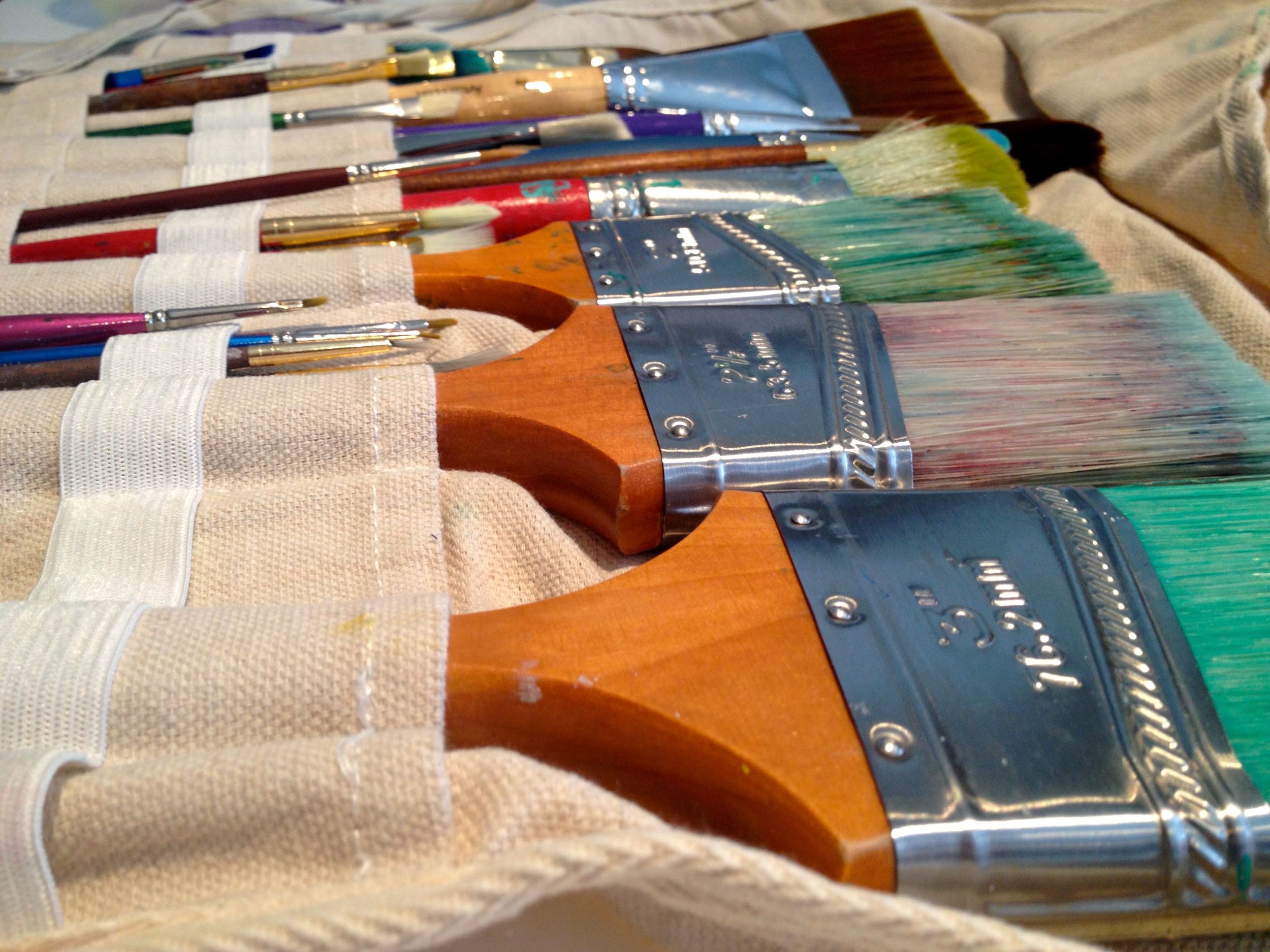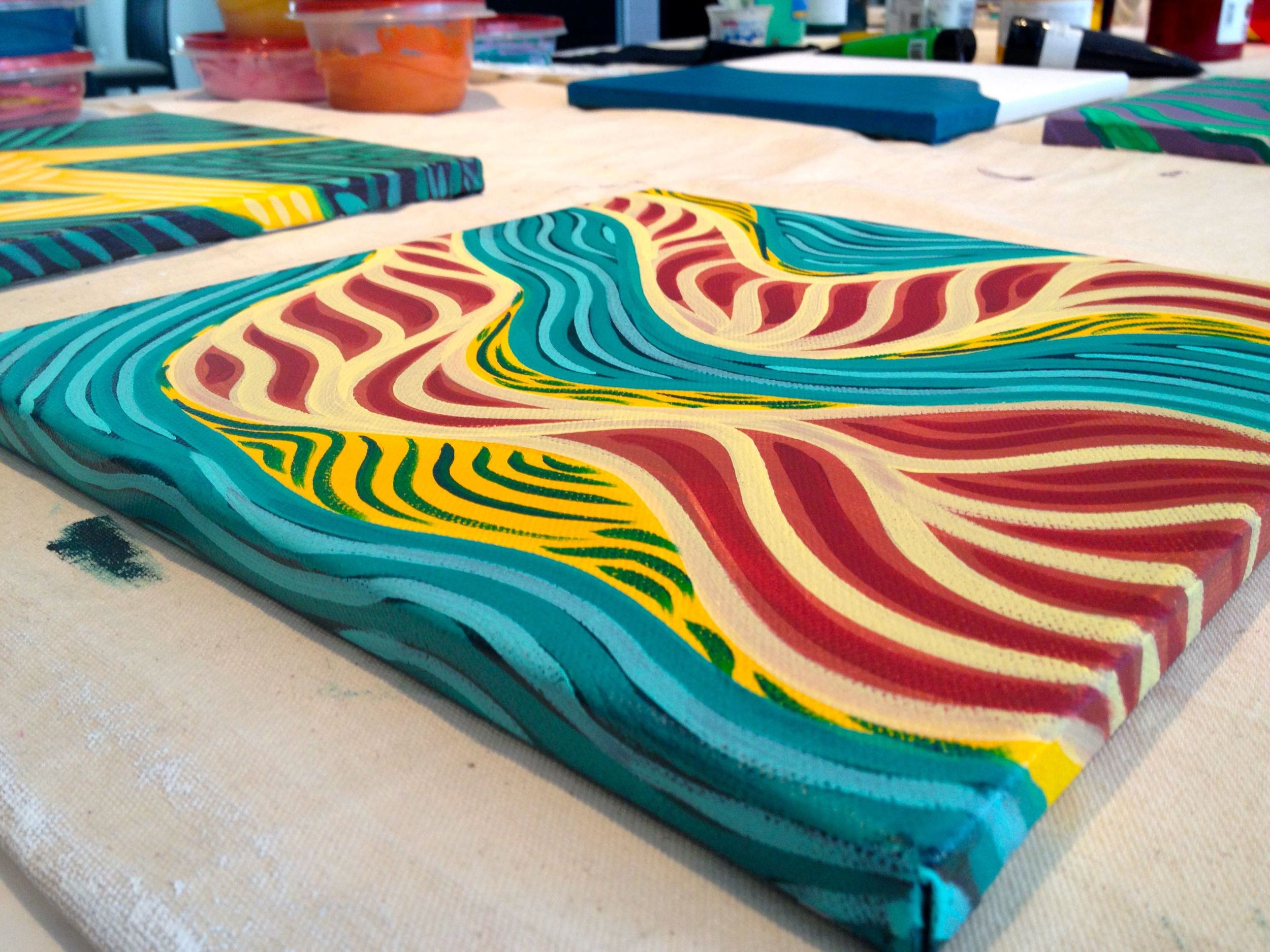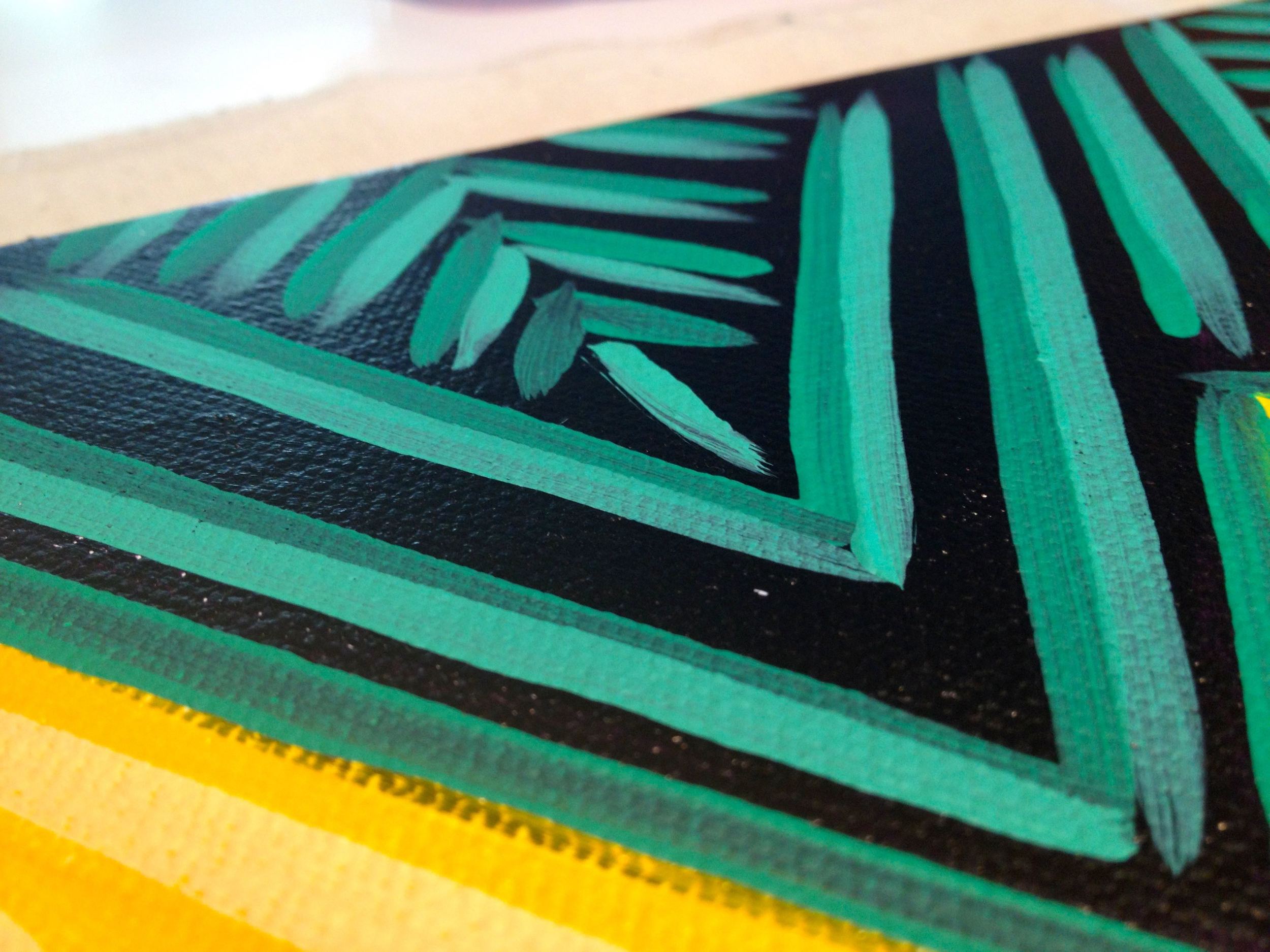Work in Progress - Funded Art Book Project
Recording: Feminist Craft of Care in Times of Crisis
Society Reboot: A Guide for Humans
Work in Progress - Funded Art Book Project
After three months of hard core cross-stitching and laborious unstitching, I’ve completed the final cross-stitch piece for my art book project funded by the Canada Council for the Arts. July will be spent reviewing all of the stories submitted through my open call and carefully curating/selecting which ones to include in the book. I will also begin the design and layout of the book using InDesign. It’s really rewarding to see months of work come together and I can’t wait to show off the book when it’s all done!
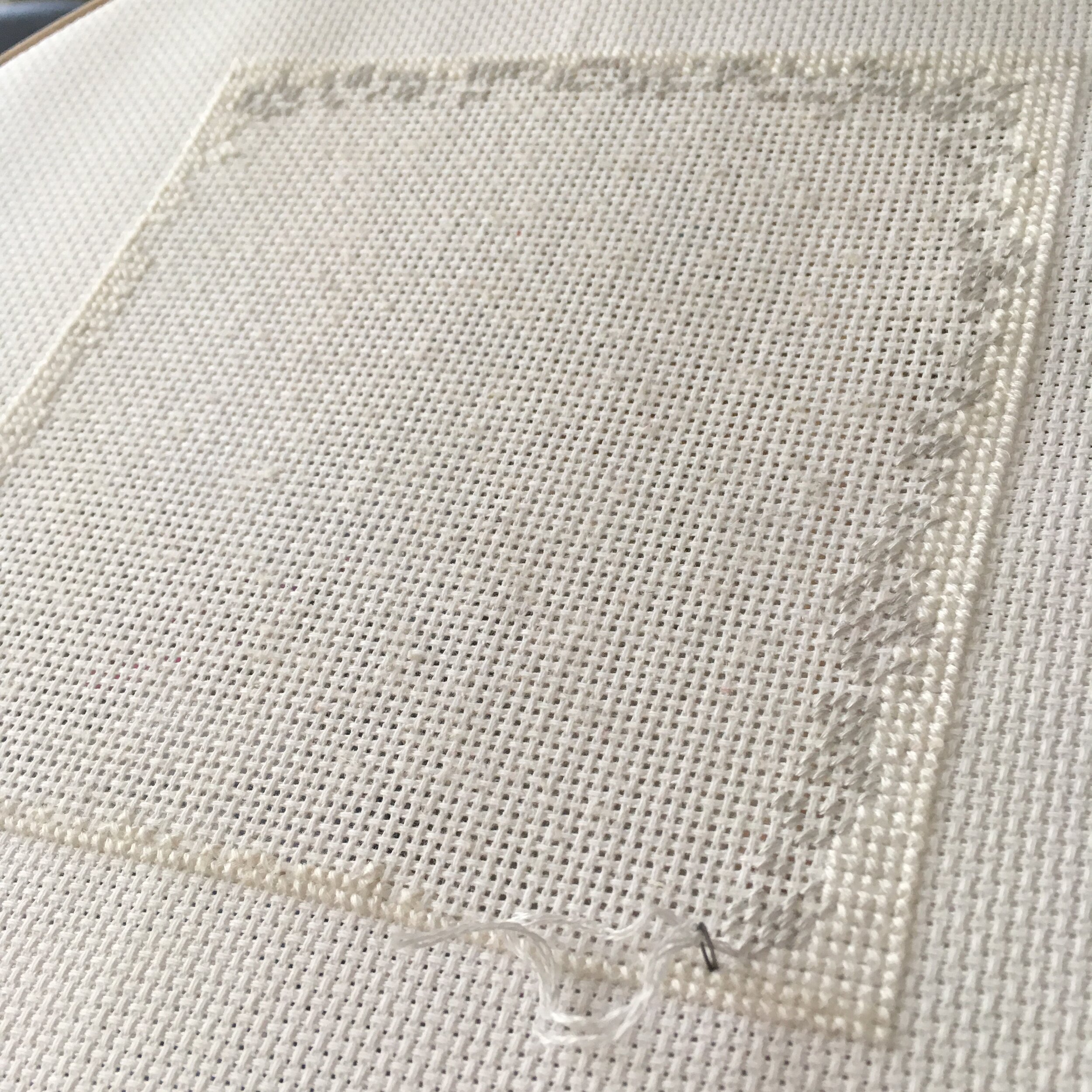

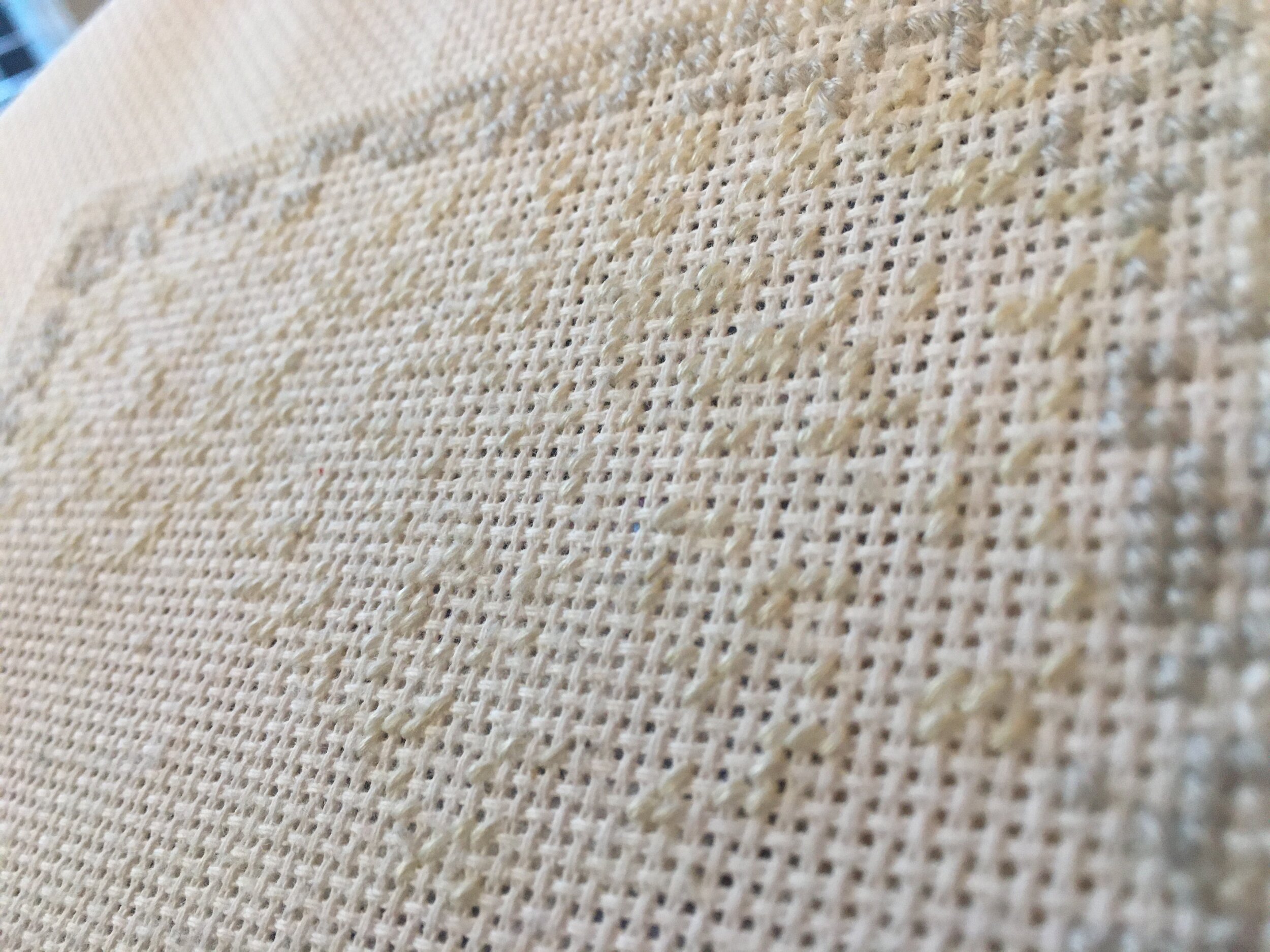
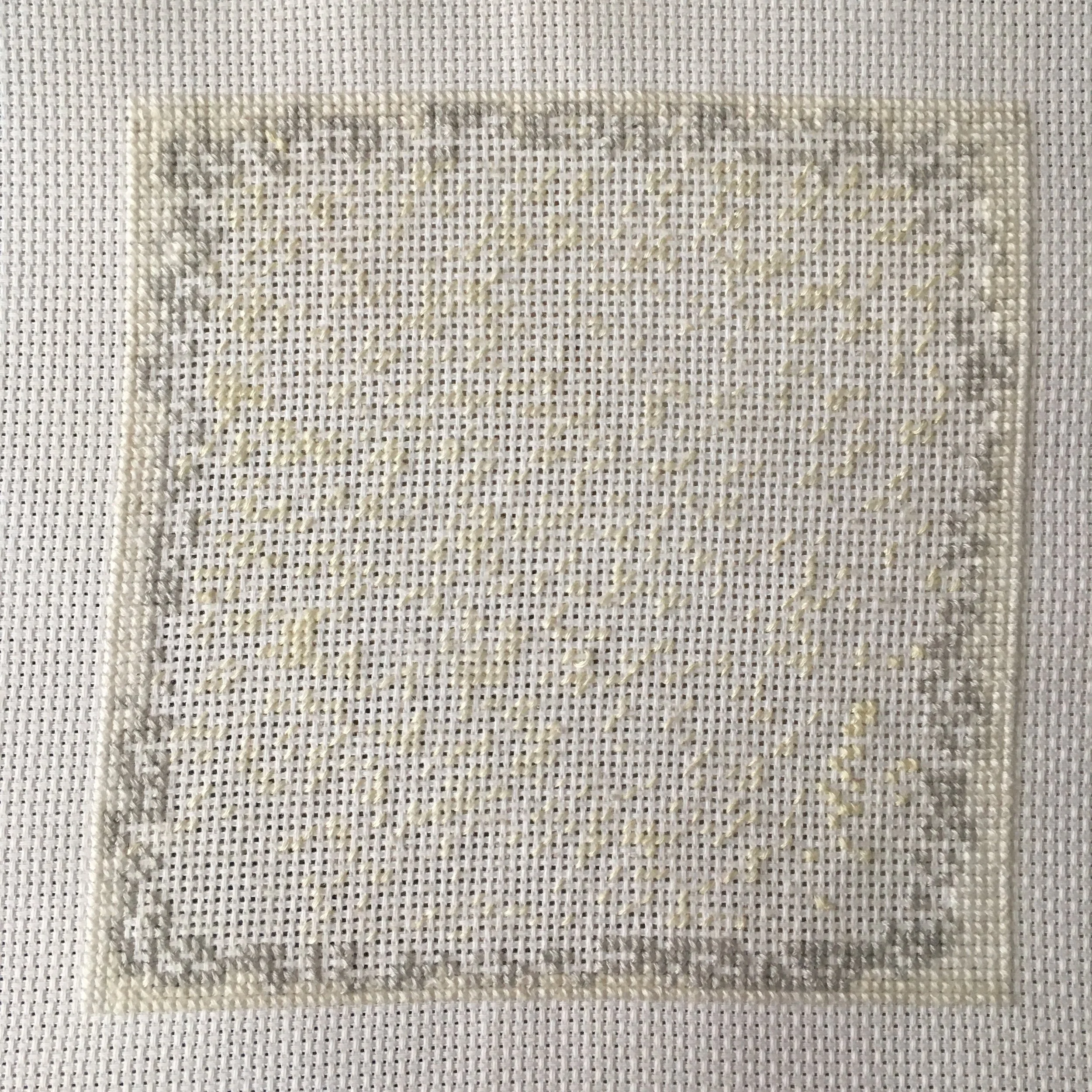
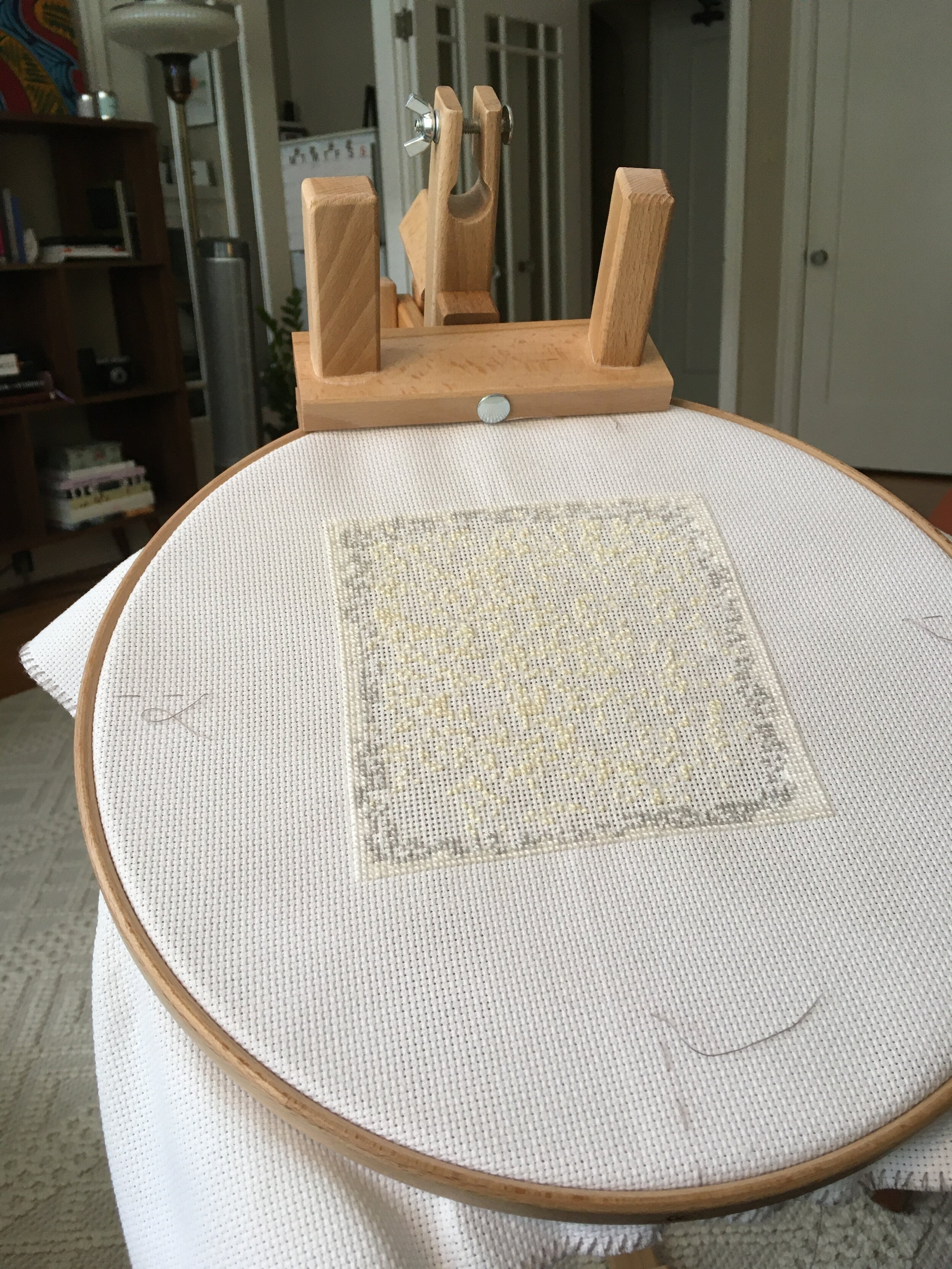
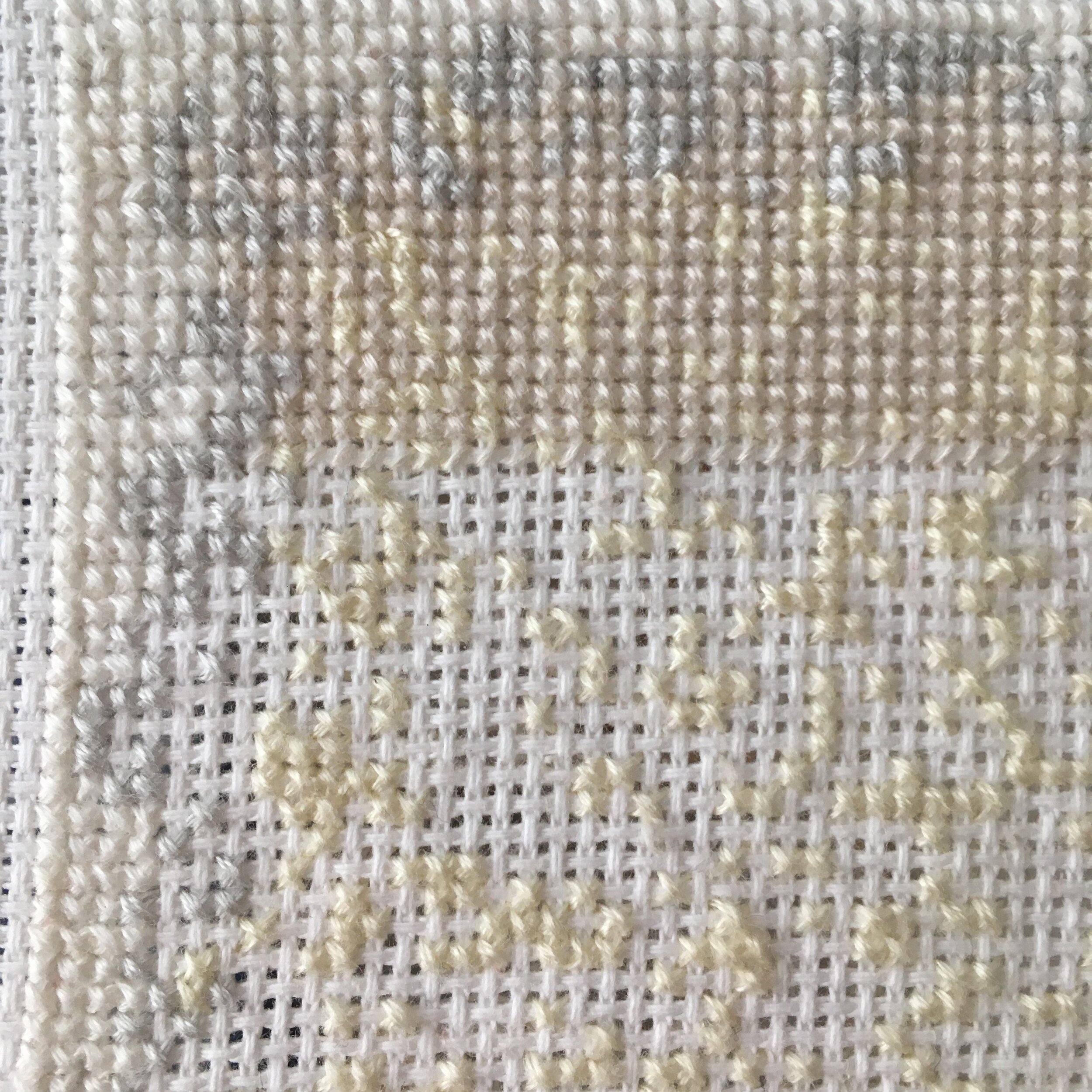
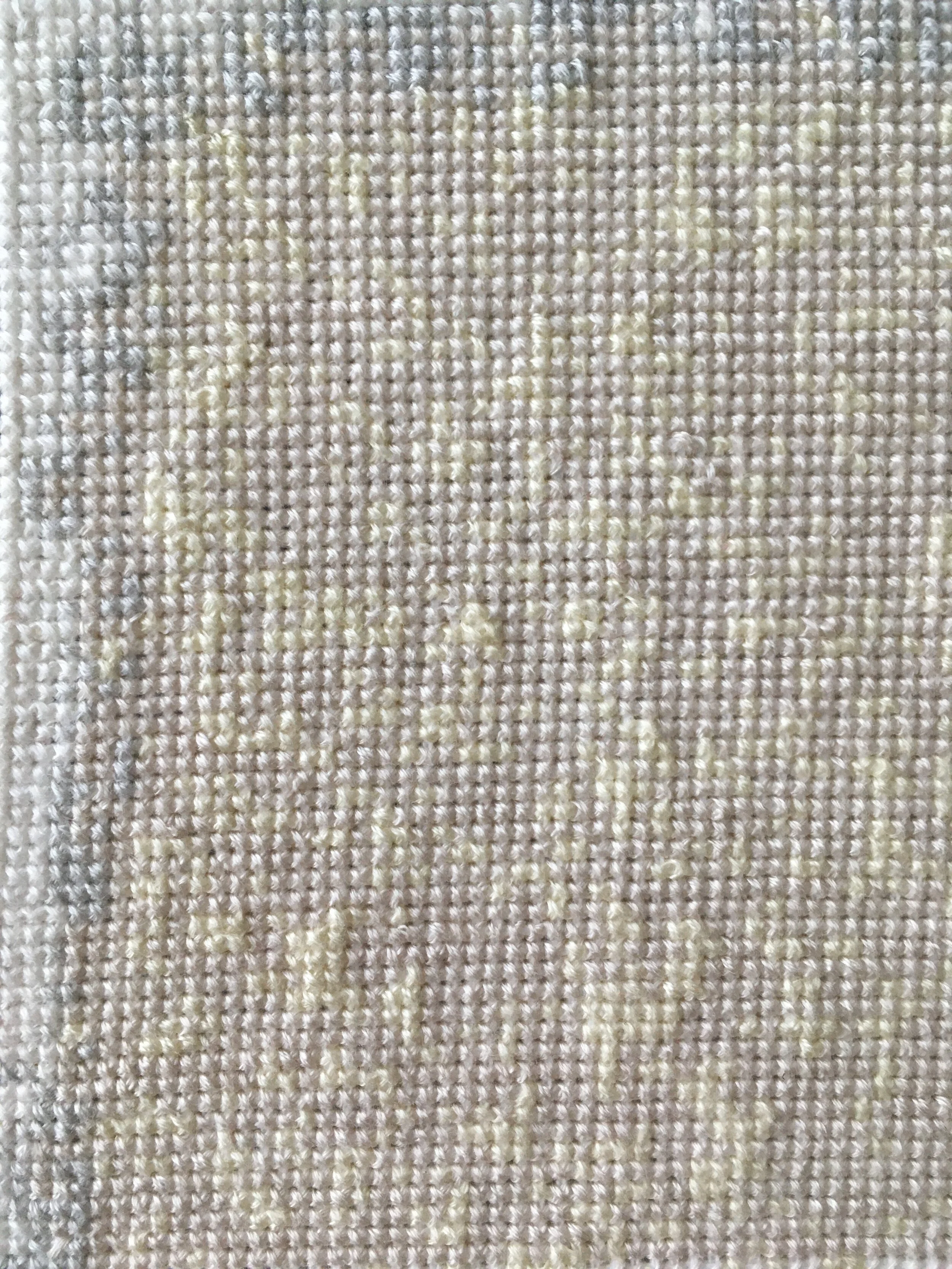
Recording: Feminist Craft of Care in Times of Crisis
Back in May, I was one of three artist’s that presented and participated in a panel discussion as part of the public programming for Cinevolution’s Digital Carnival Z. Now there’s a recording of the full event available to view on youtube!
Moderated by Minah Lee, Associate Curator.
How have the labours of women artists been affected by the challenges of the ongoing pandemic? By centering feminist understandings of time and intergenerational connections, can we resist normalized and privileged cruelties practiced by capitalist patriarchy in these unprecedented times?
This panel invites you to the works of Lena Chen, Mallory Donen, and Sarah Shamash, three women artists who are crafting "care culture" in their communities through their art practice and subverting the expected outcomes of feminized labours. Lena Chen is a Chinese American writer and artist creating performances and socially engaged art in live and virtual contexts. Mallory Donen is a multidisciplinary artist residing in Vancouver, exploring processes rooted in traditional craft passed down by generations of women in her family. Sarah Shamash’s projects often underline geopolitics, feminist thought, and historical difference as a marker for understanding the world and worldings in media histories. Threading together realities of gender, labour, and surveillance, the artists' dialogue will expose gendered bodies in resistance, woven into the textile and tactility of the digital world and beyond.
This artist panel is part of the public program series curated by Minah Lee for Cinevolution's Digital Carnival Z, featuring UNION by Featured Artists Nancy Lee 李南屏 and Kiran Bhumber ਕਿਰਨਦੀਪ ਕੌਰ ਭੰਬਰ.
Discover the rest of the events in the series at www.DigitalCarnival.ca.
Society Reboot: A Guide for Humans
I’m excited to share a new video work that I created as a response to the pandemic. The work is intended as comic relief from the anxieties that someone might be experiencing now that state of emergency restrictions are being lifted. How do we start functioning as social human beings again, after such an extended period of isolation? What is normal?
Society Reboot: A Guide for Humans is an instructional video created for humans starting over in a social setting. Have you been quarantined during a pandemic? Do you need a guide for social interactions that use to be second nature? Then, this is the video for you! Or maybe existing in society has always been awkward for you? If so, this guide will introduce you to the social basics and help you learn how to be more “normal”.
This project provides a serious reflection of society's ever-changing definition of “normal”. Humour, irony, and sheer ridiculousness are used as tools to confront discomforts and fears, as individuals are re-introduced to societal interactions.

